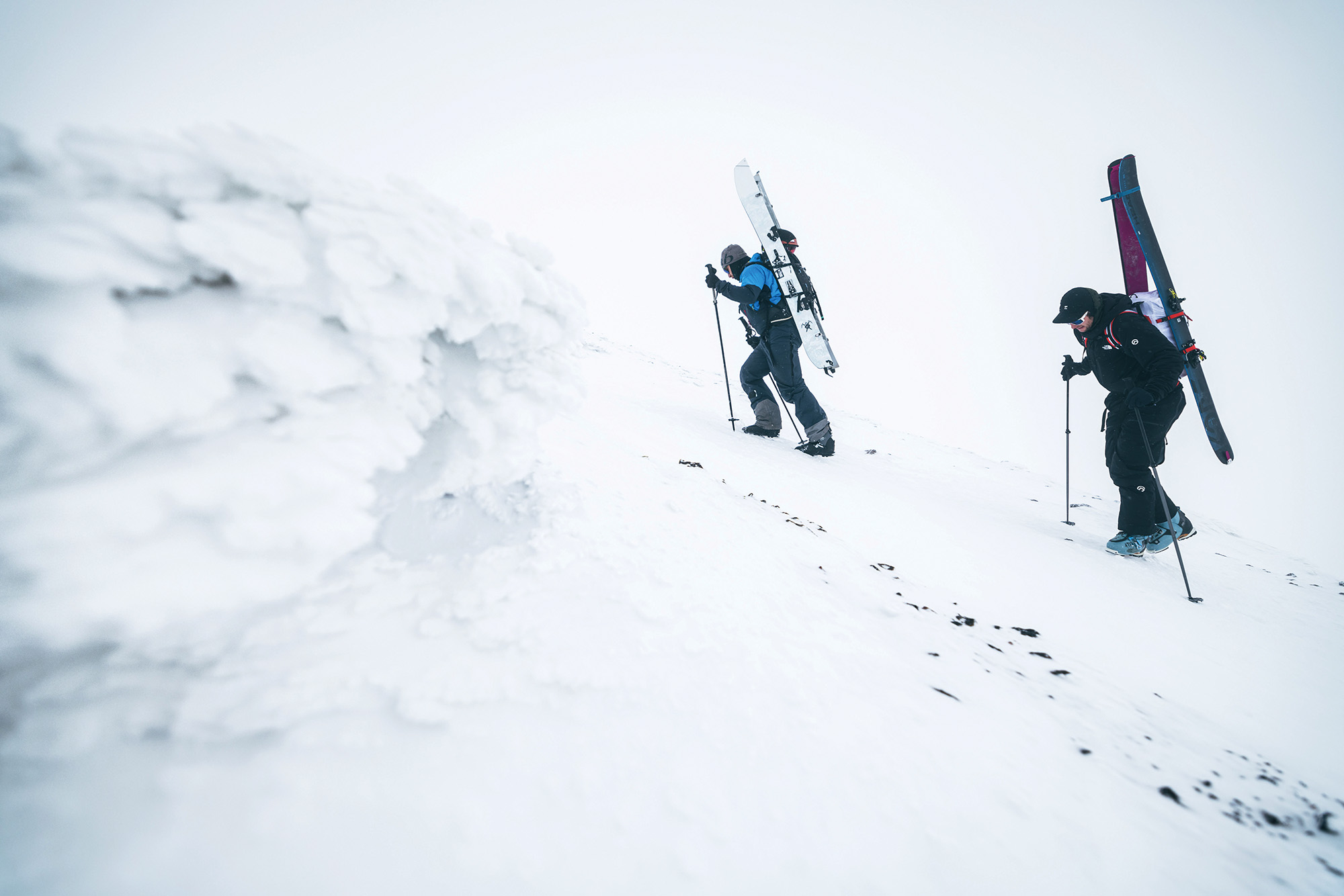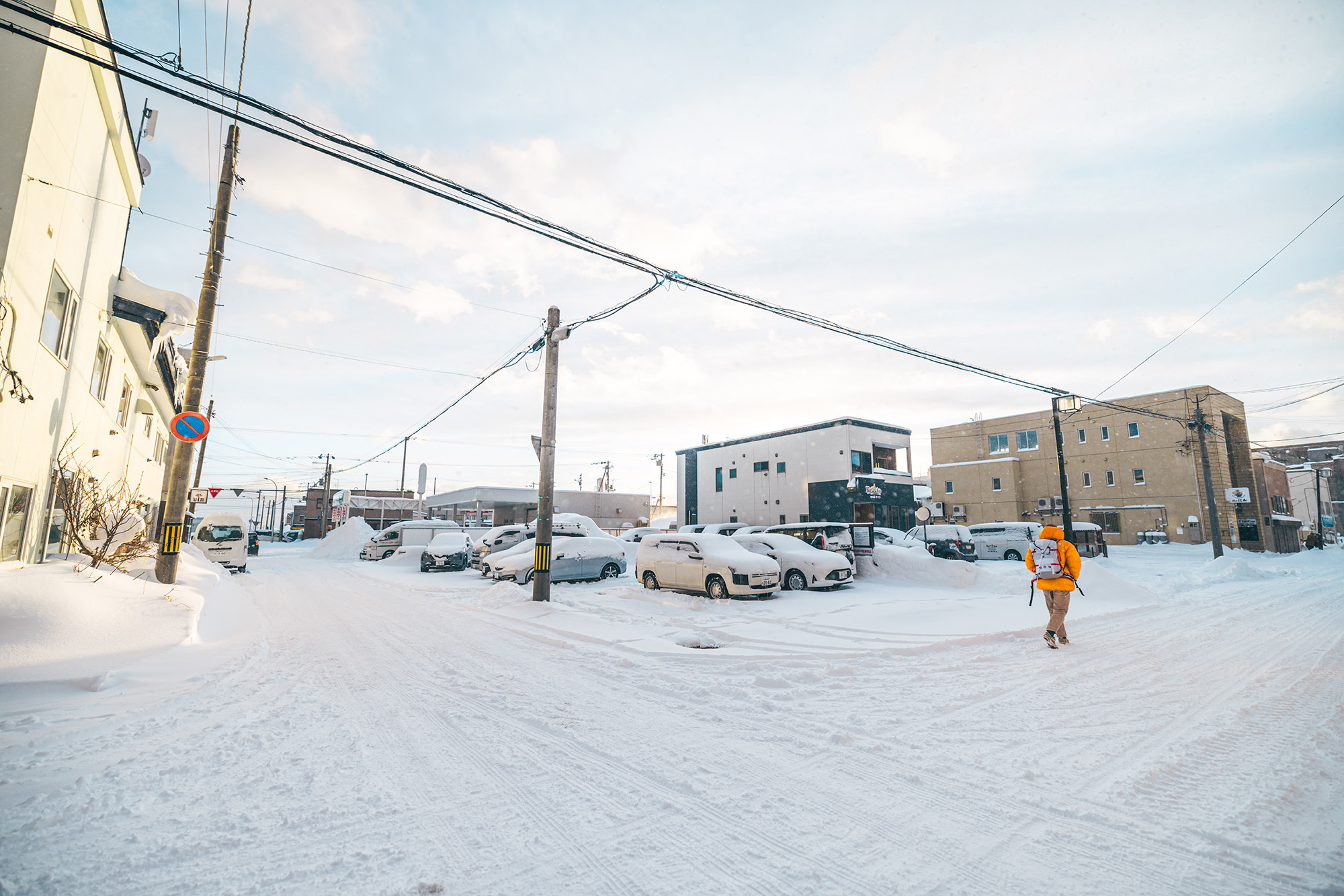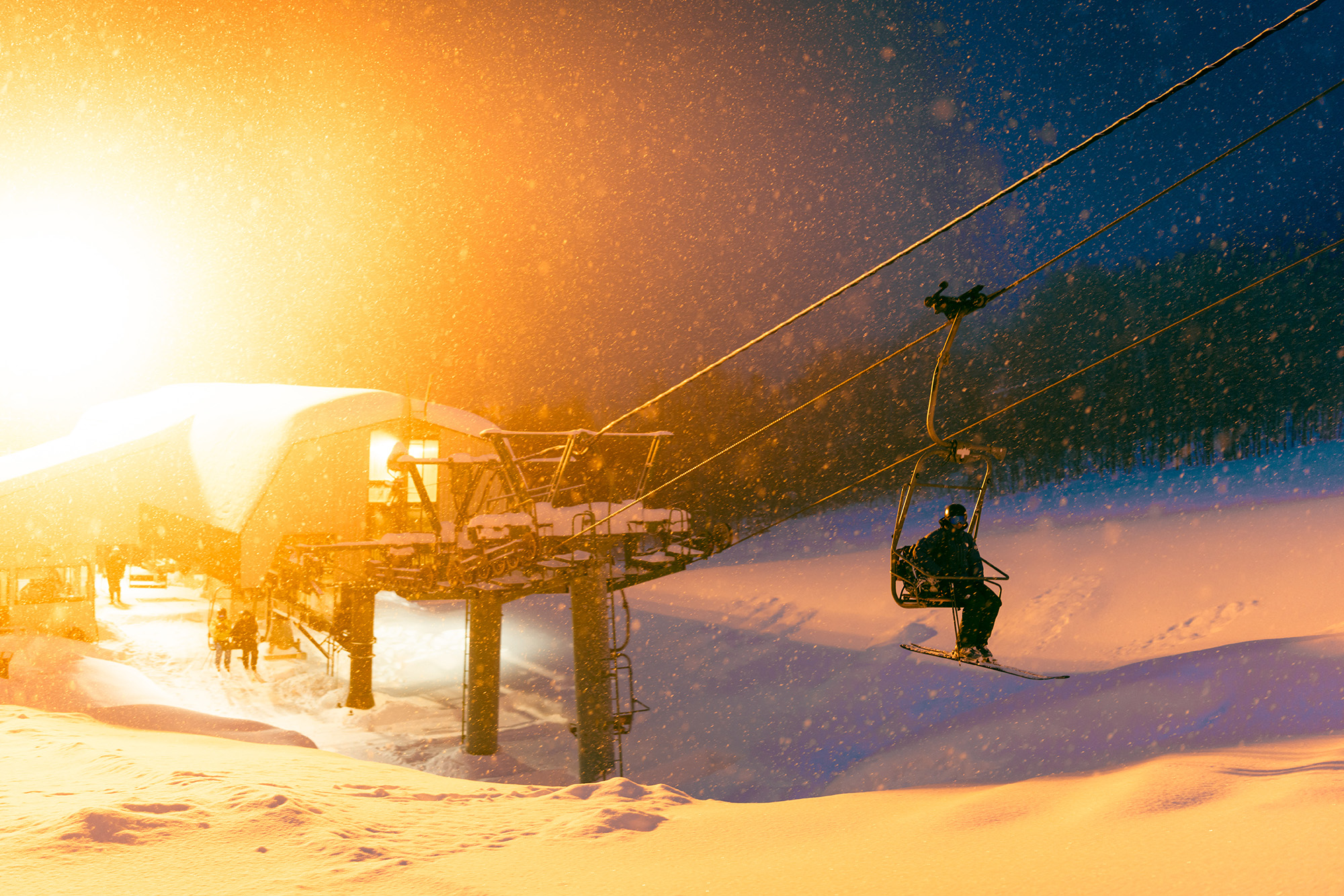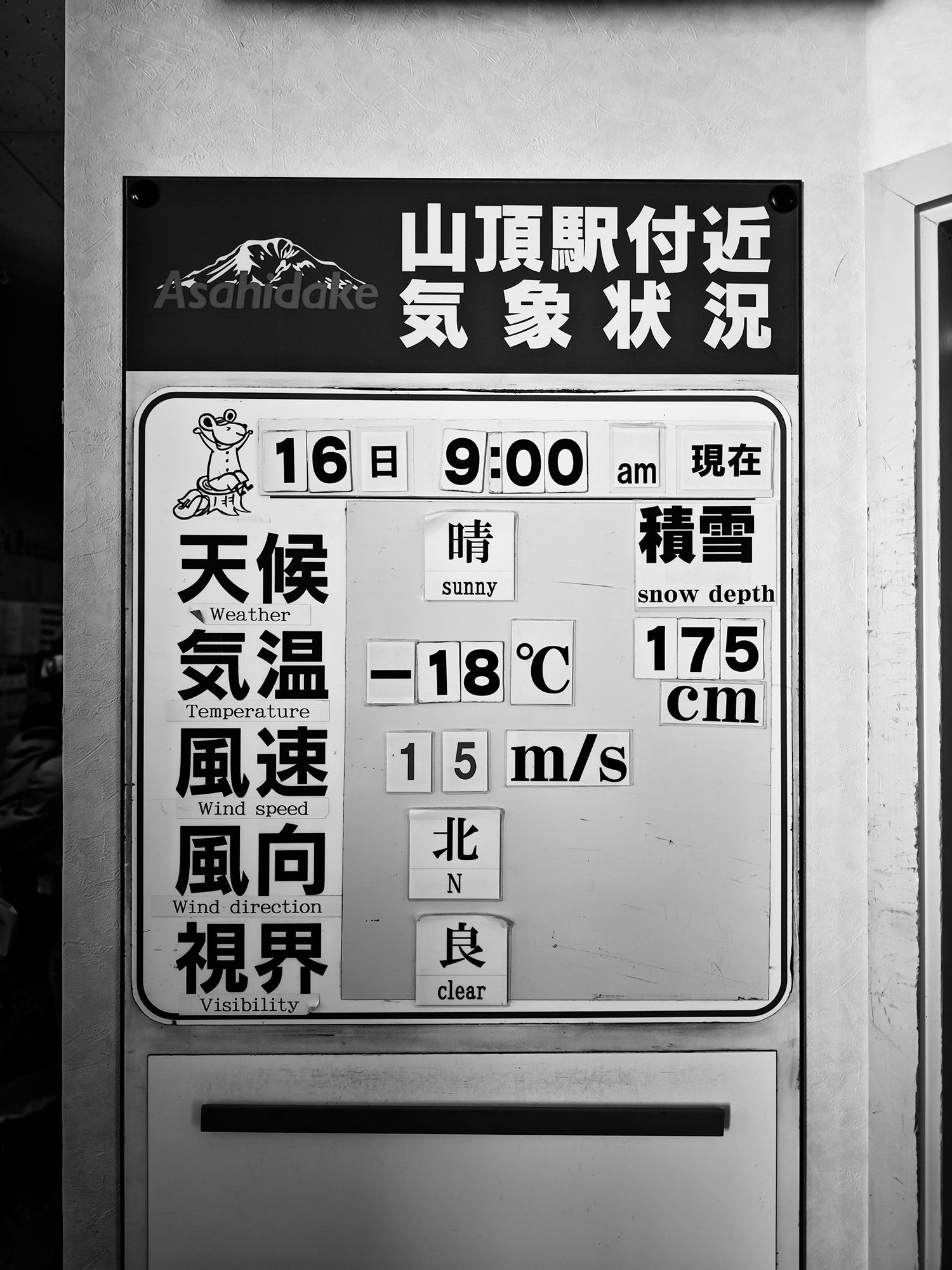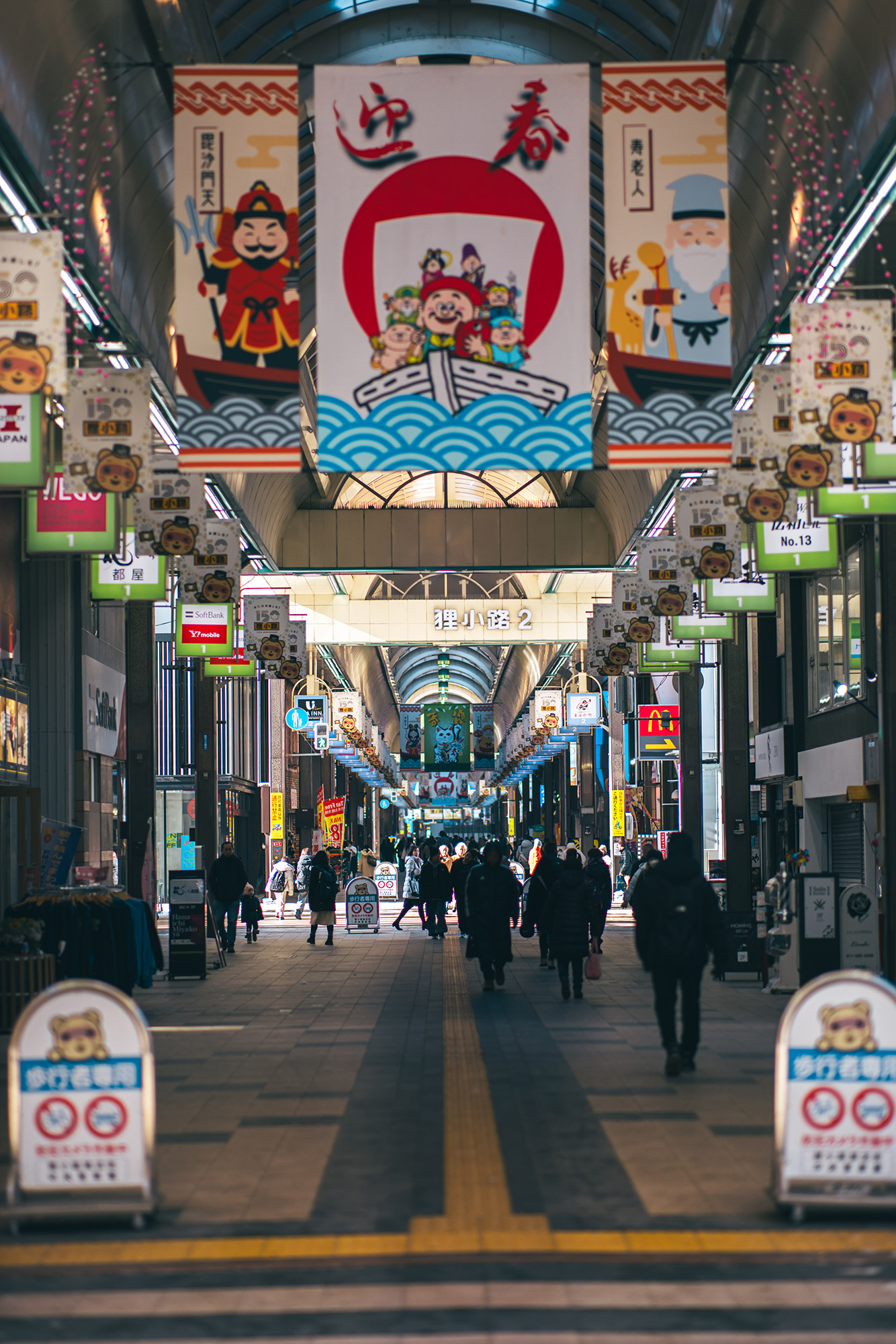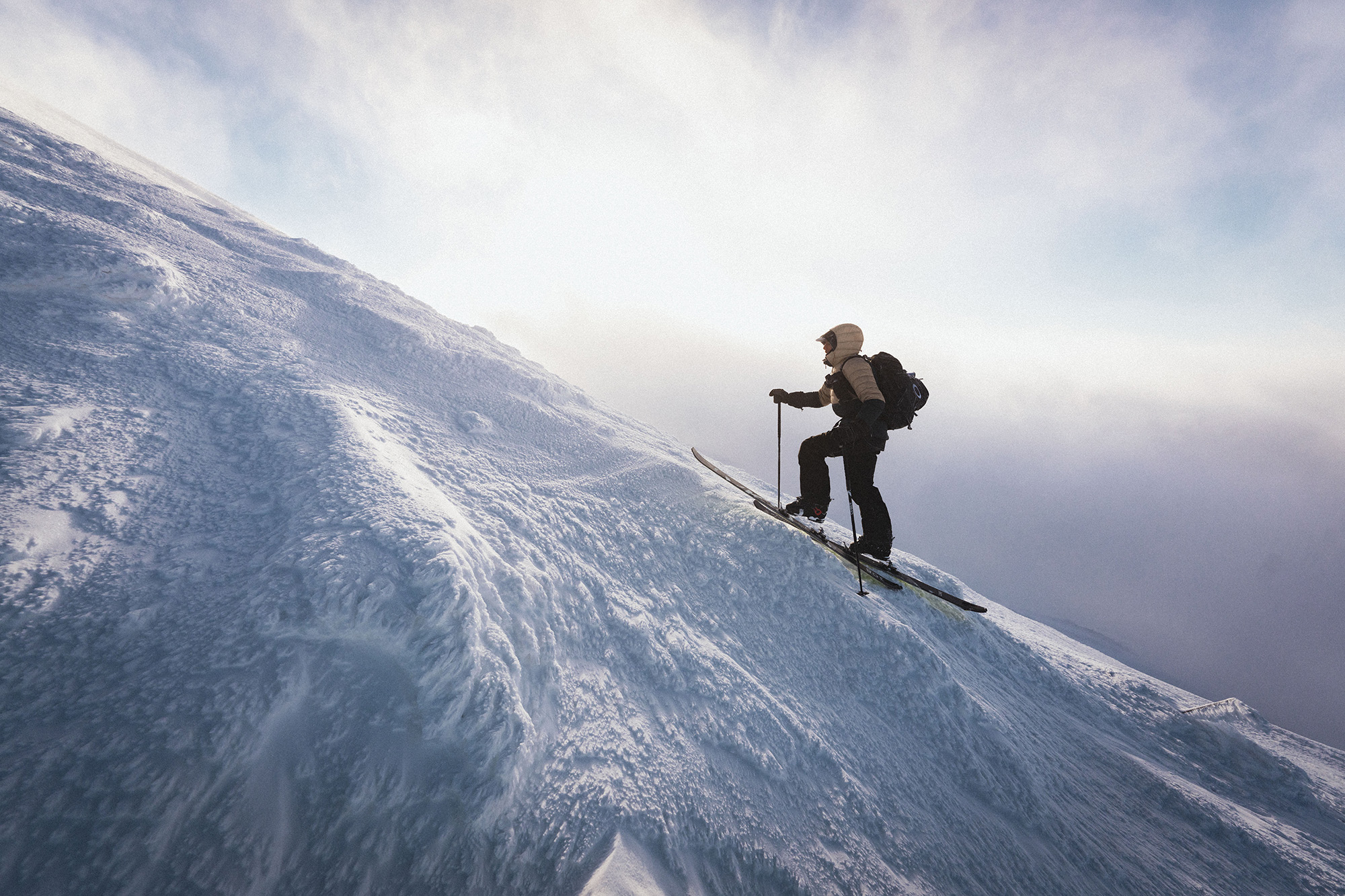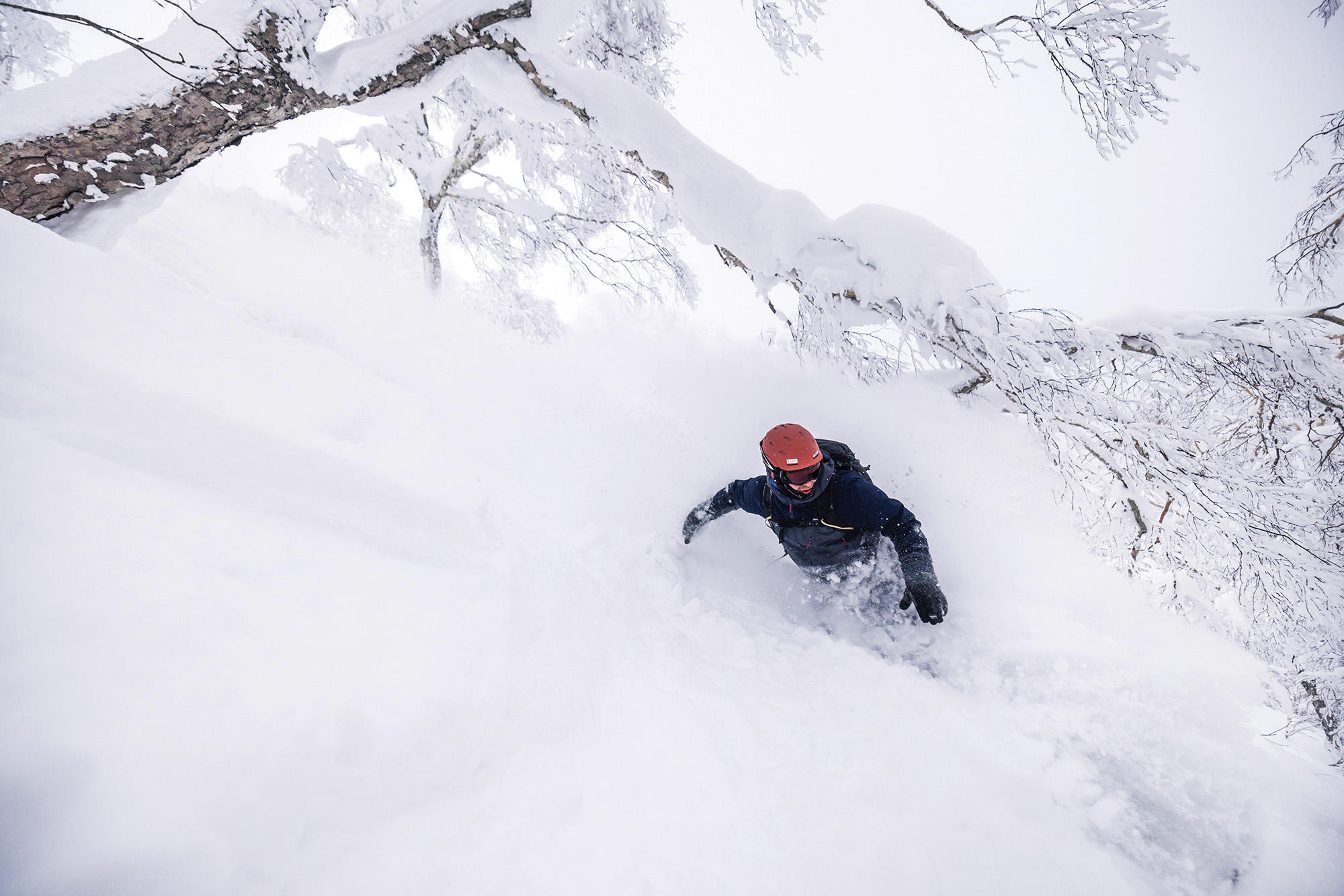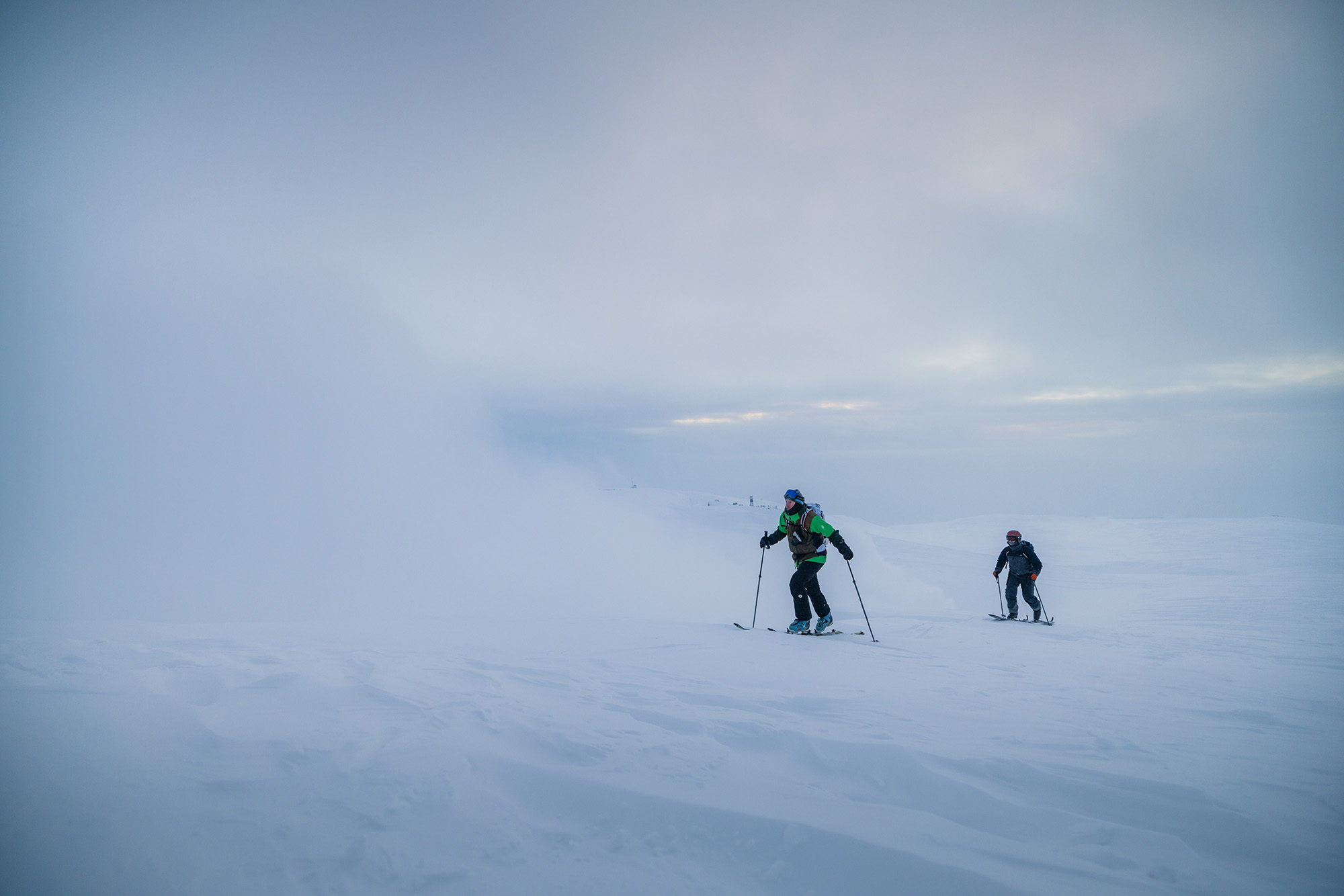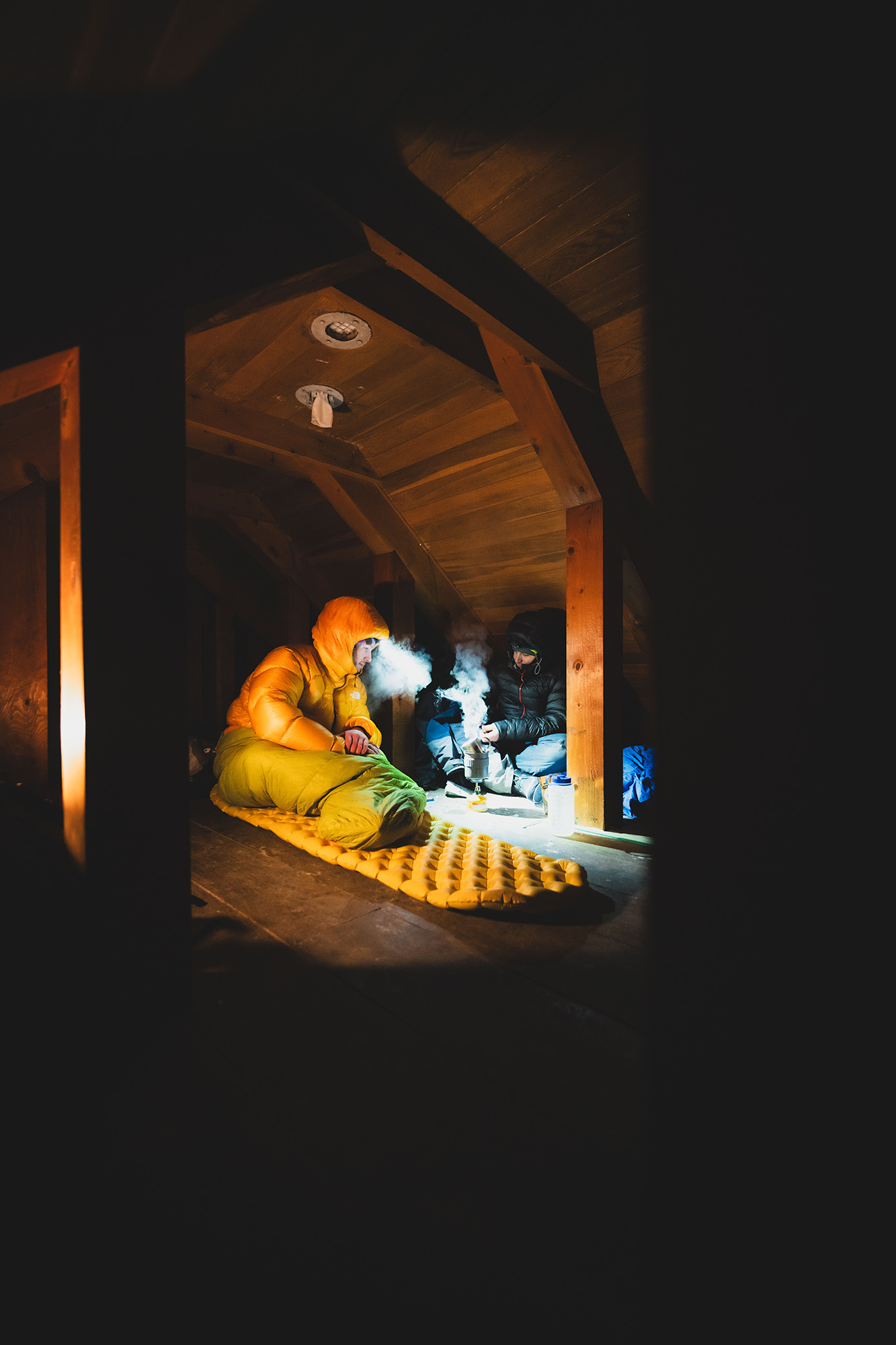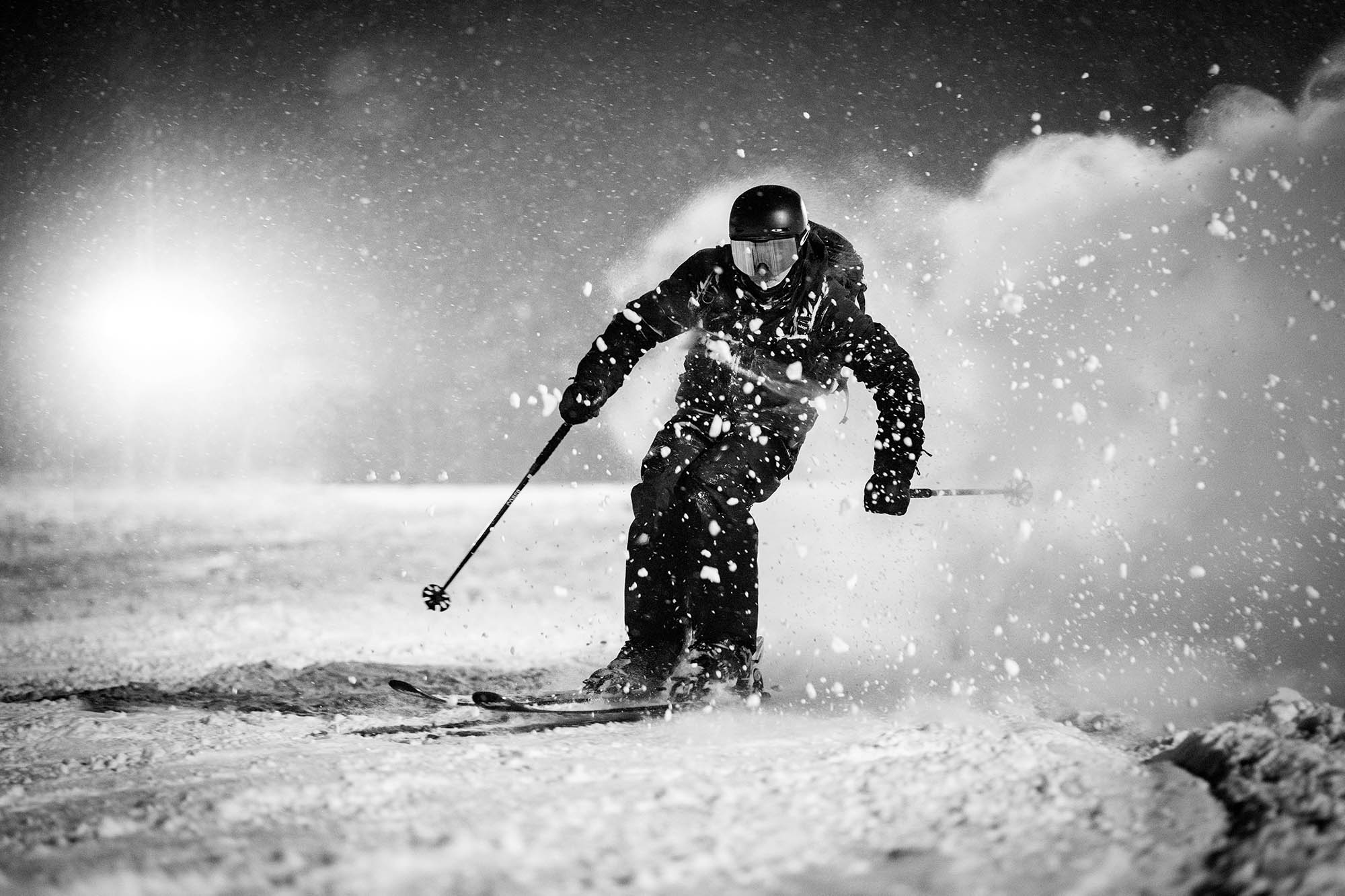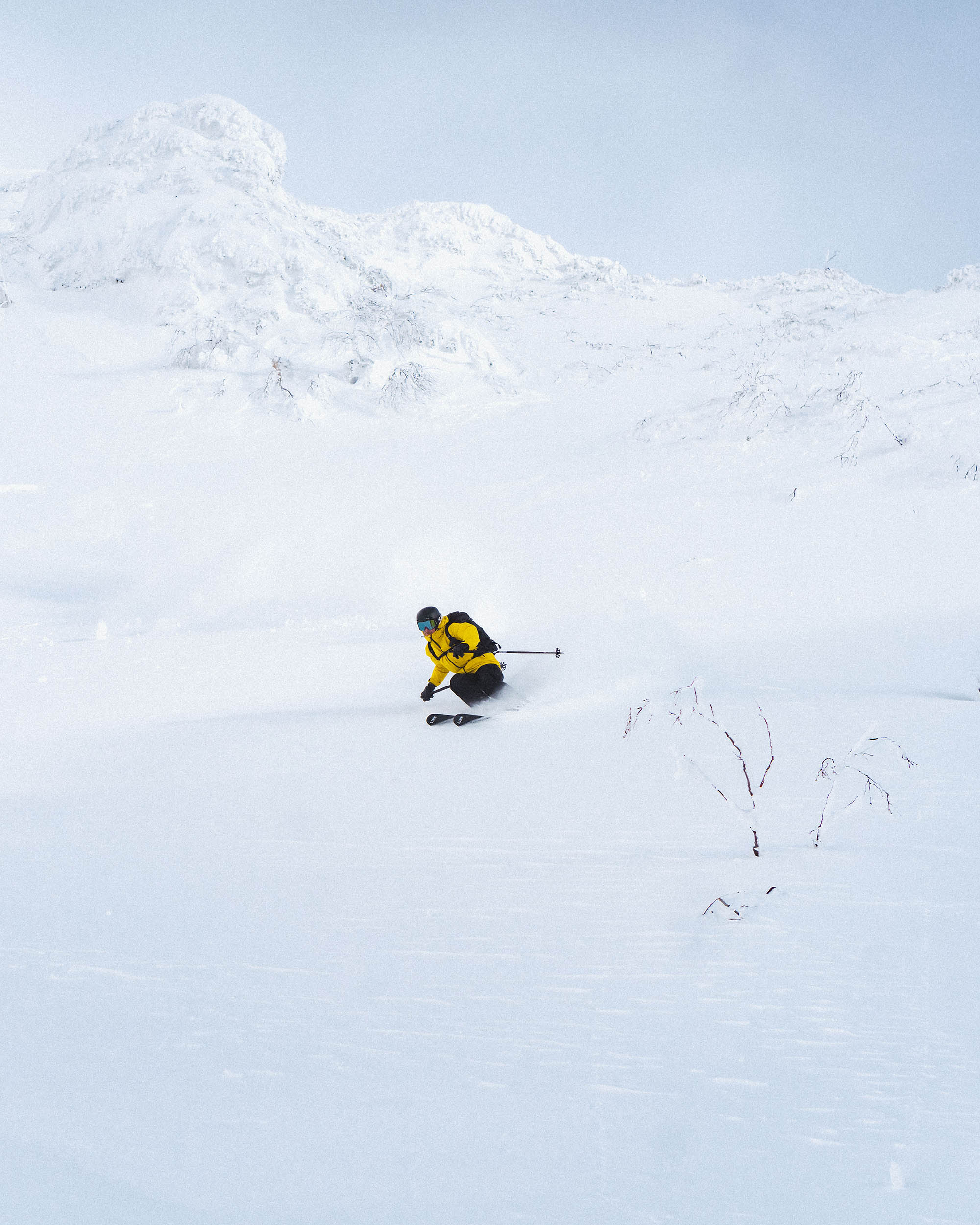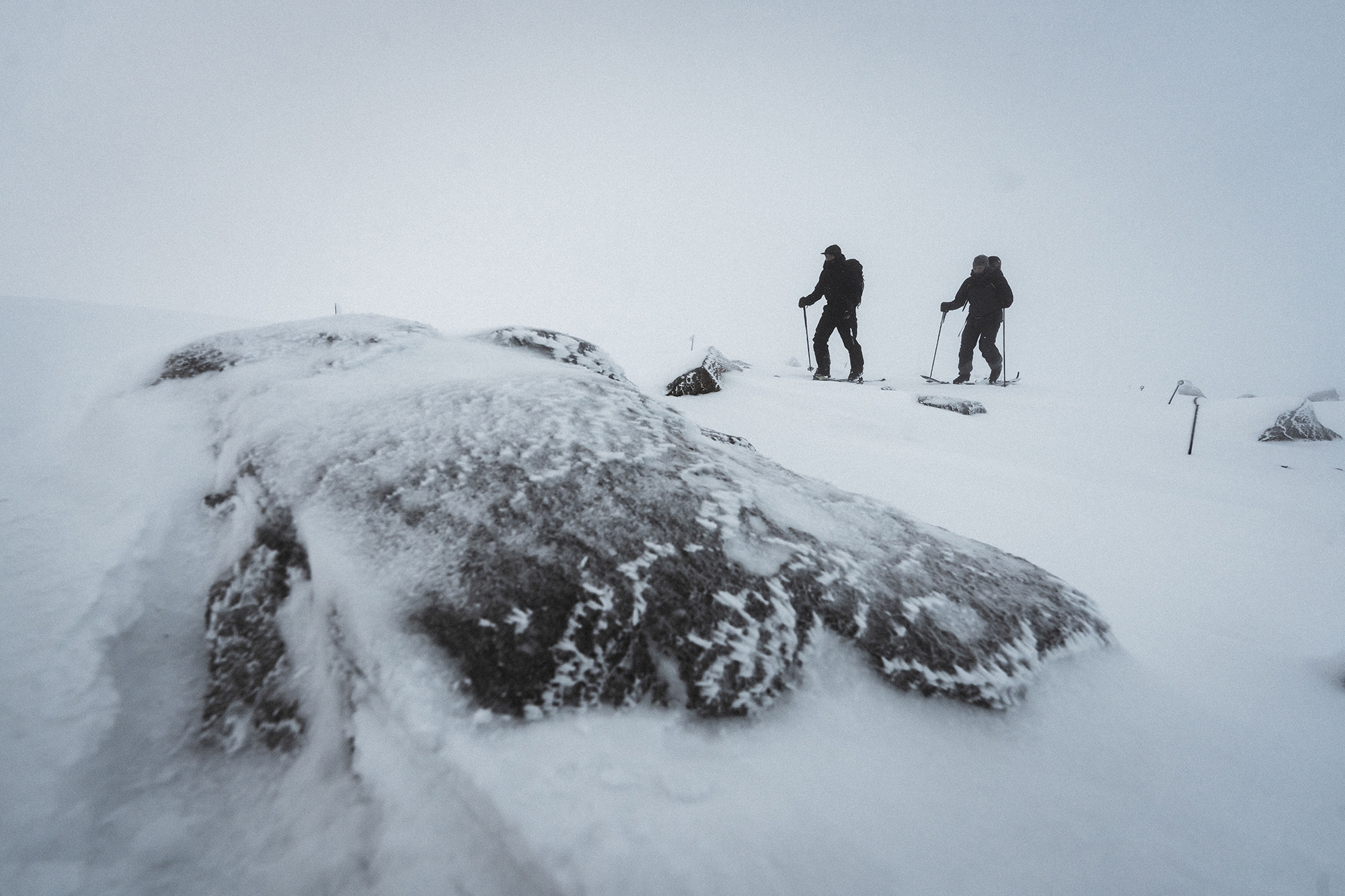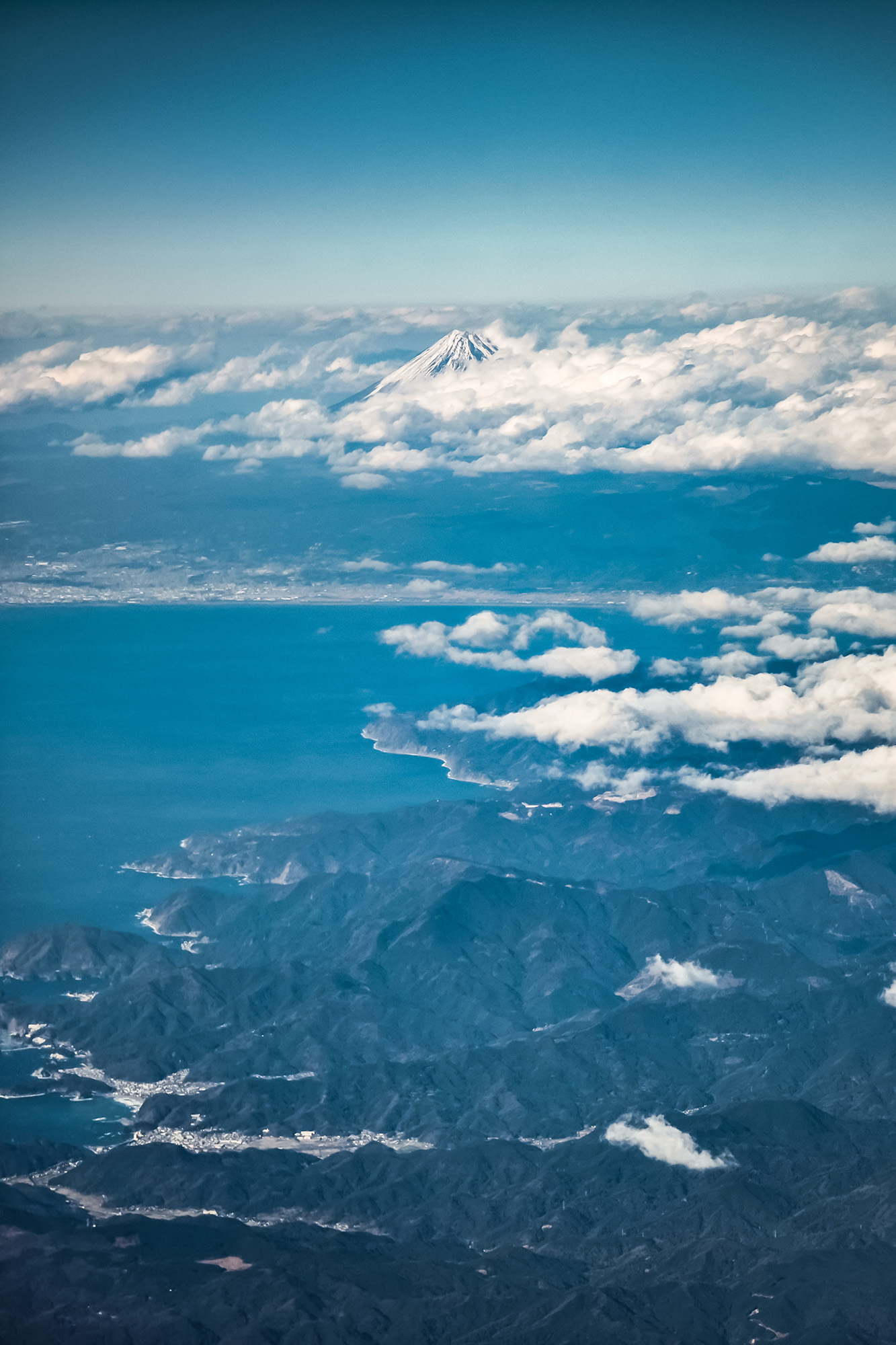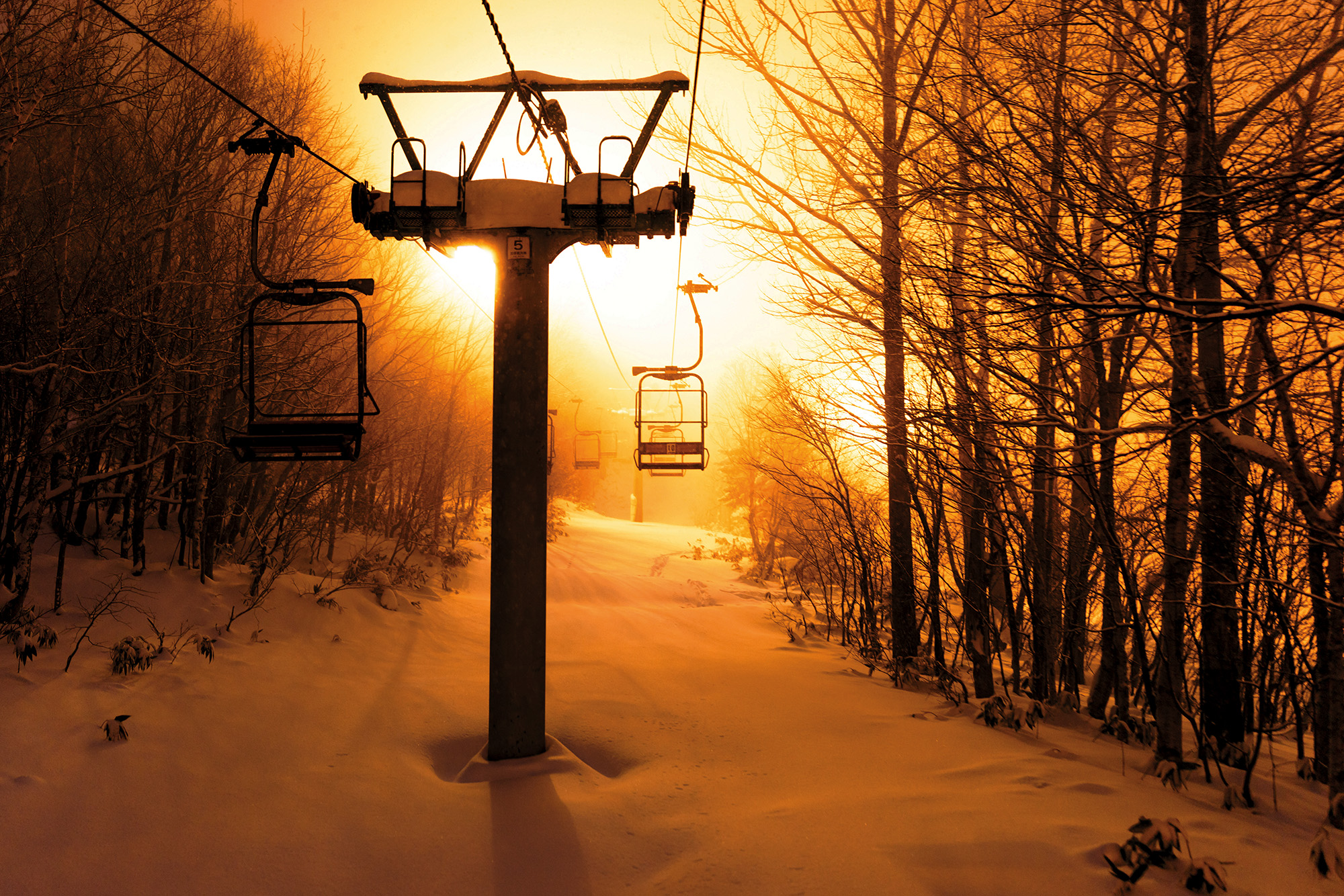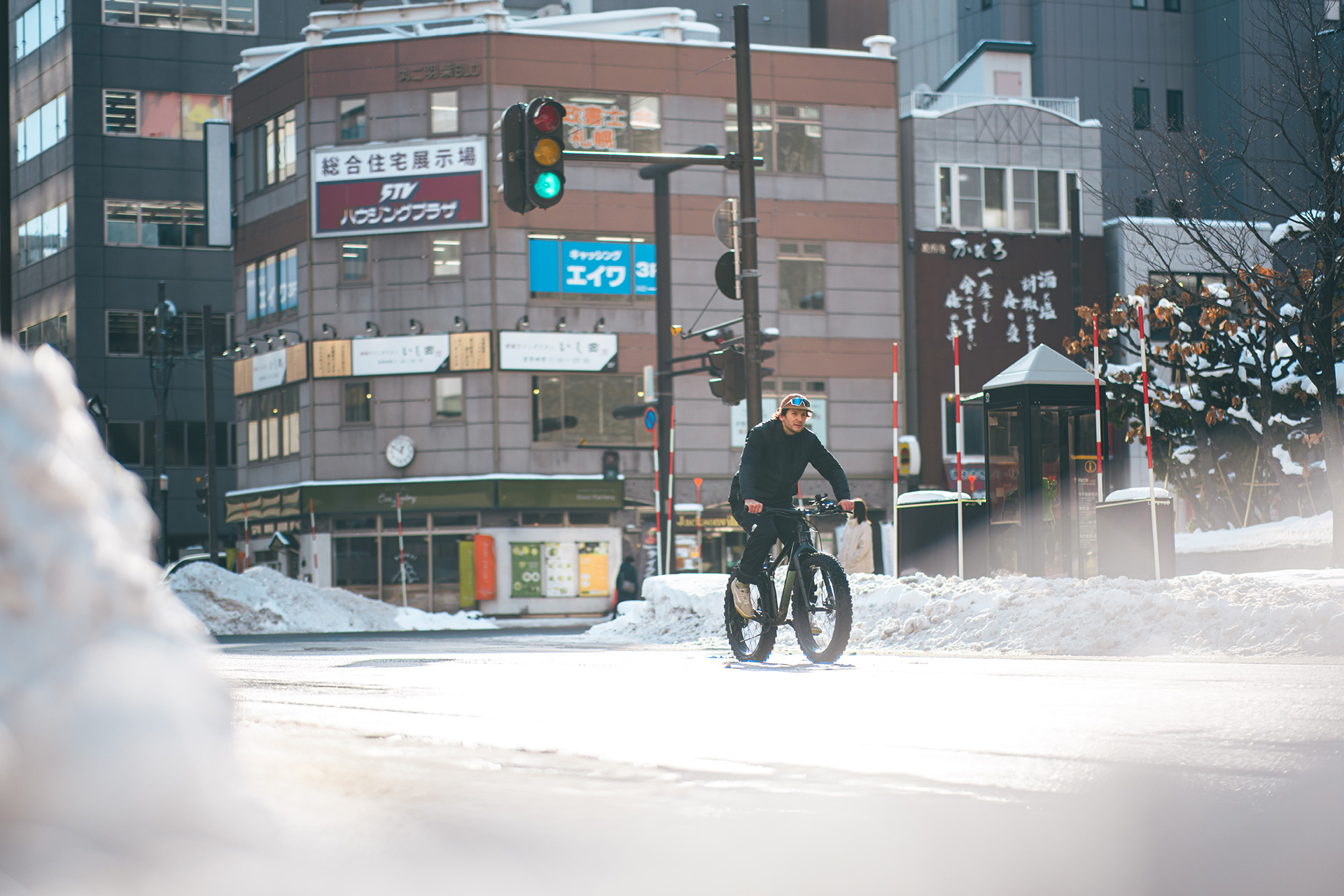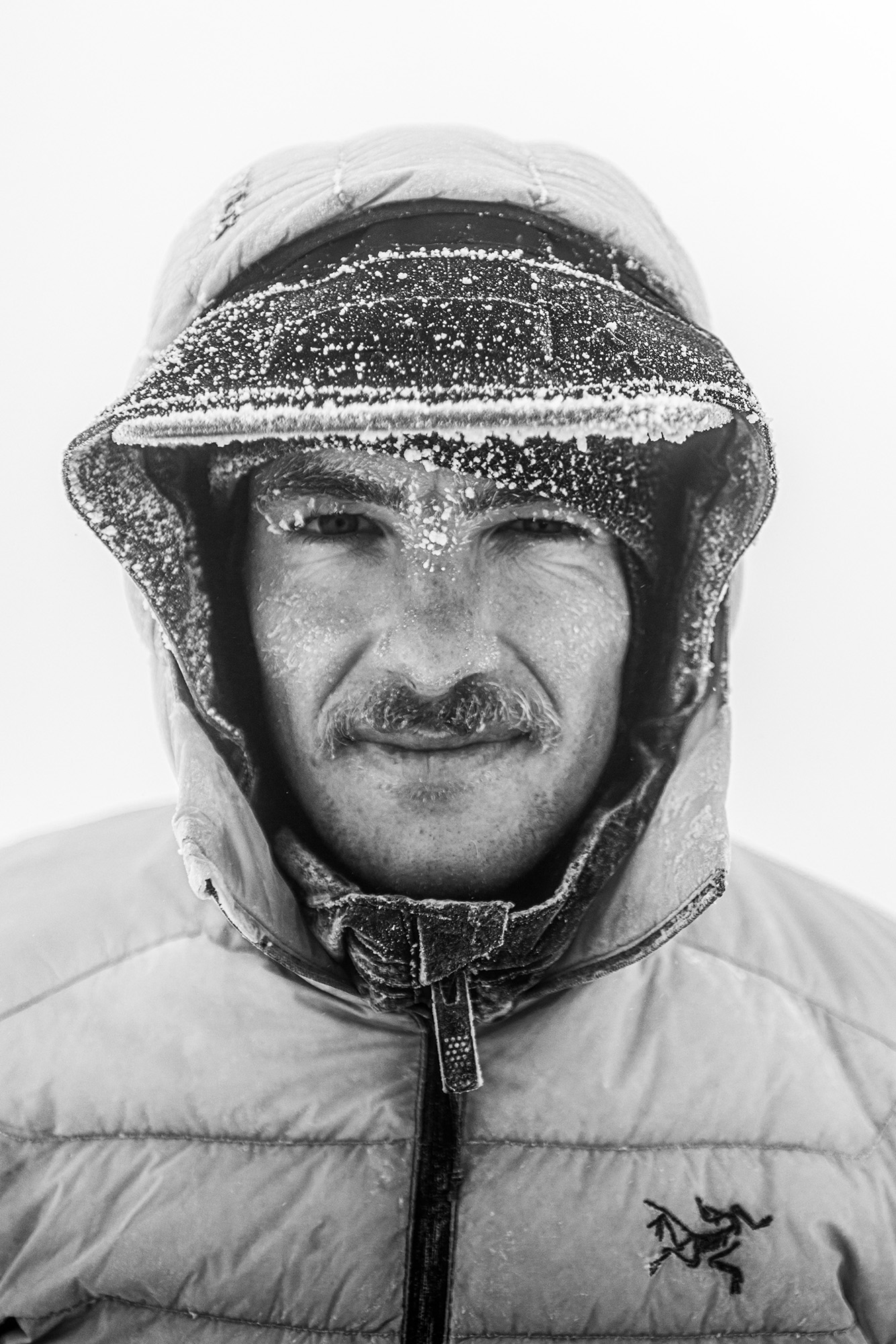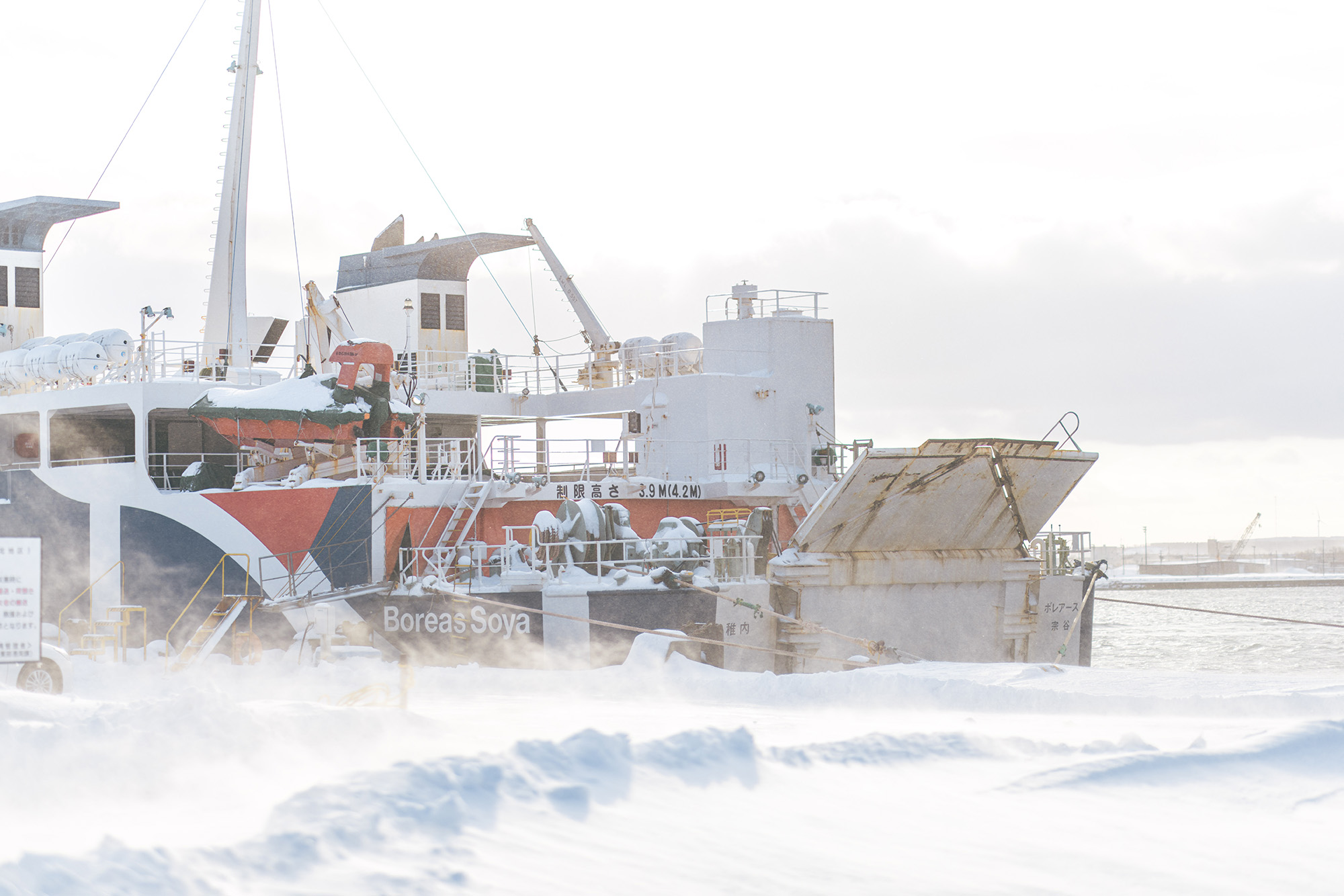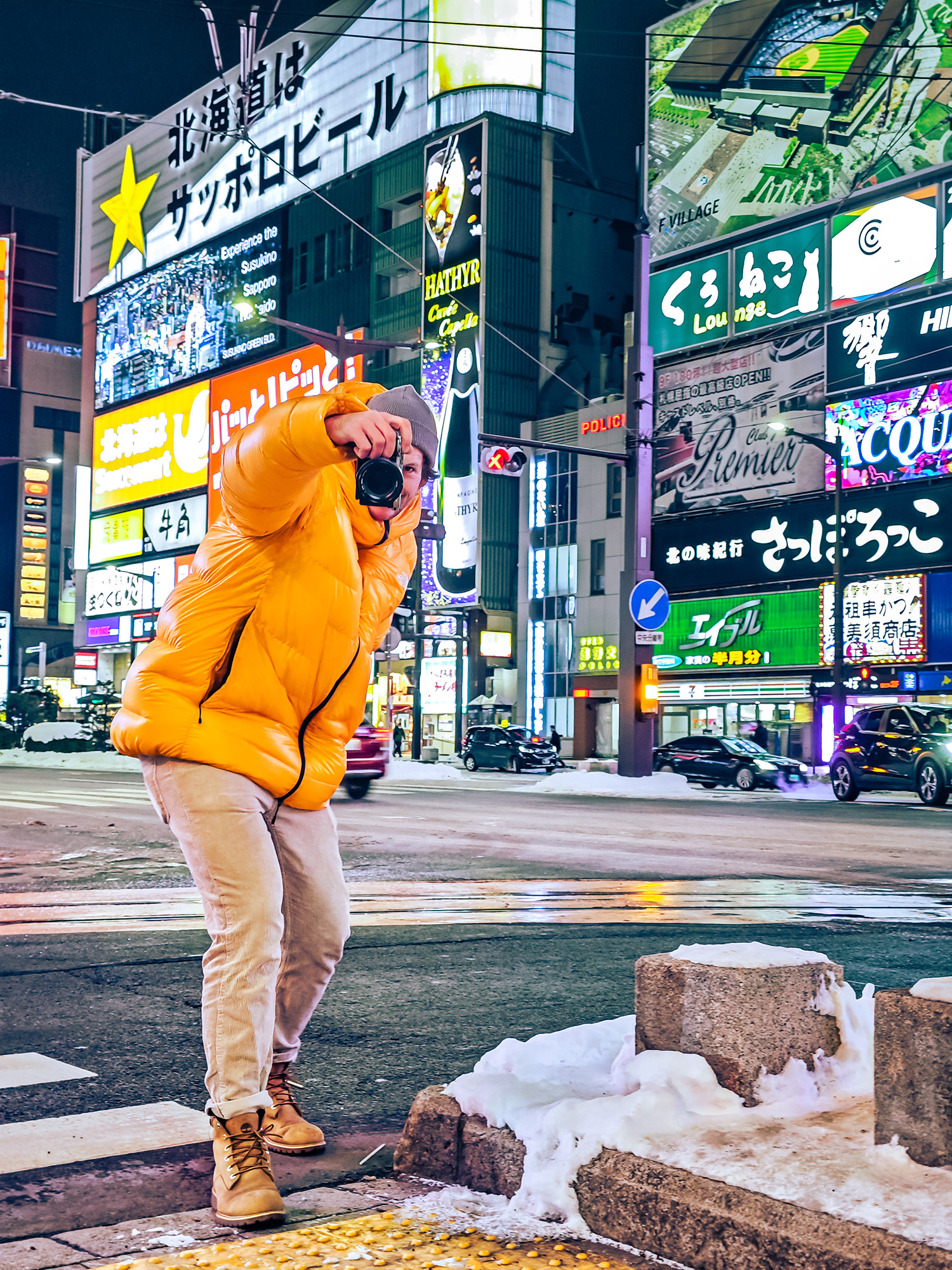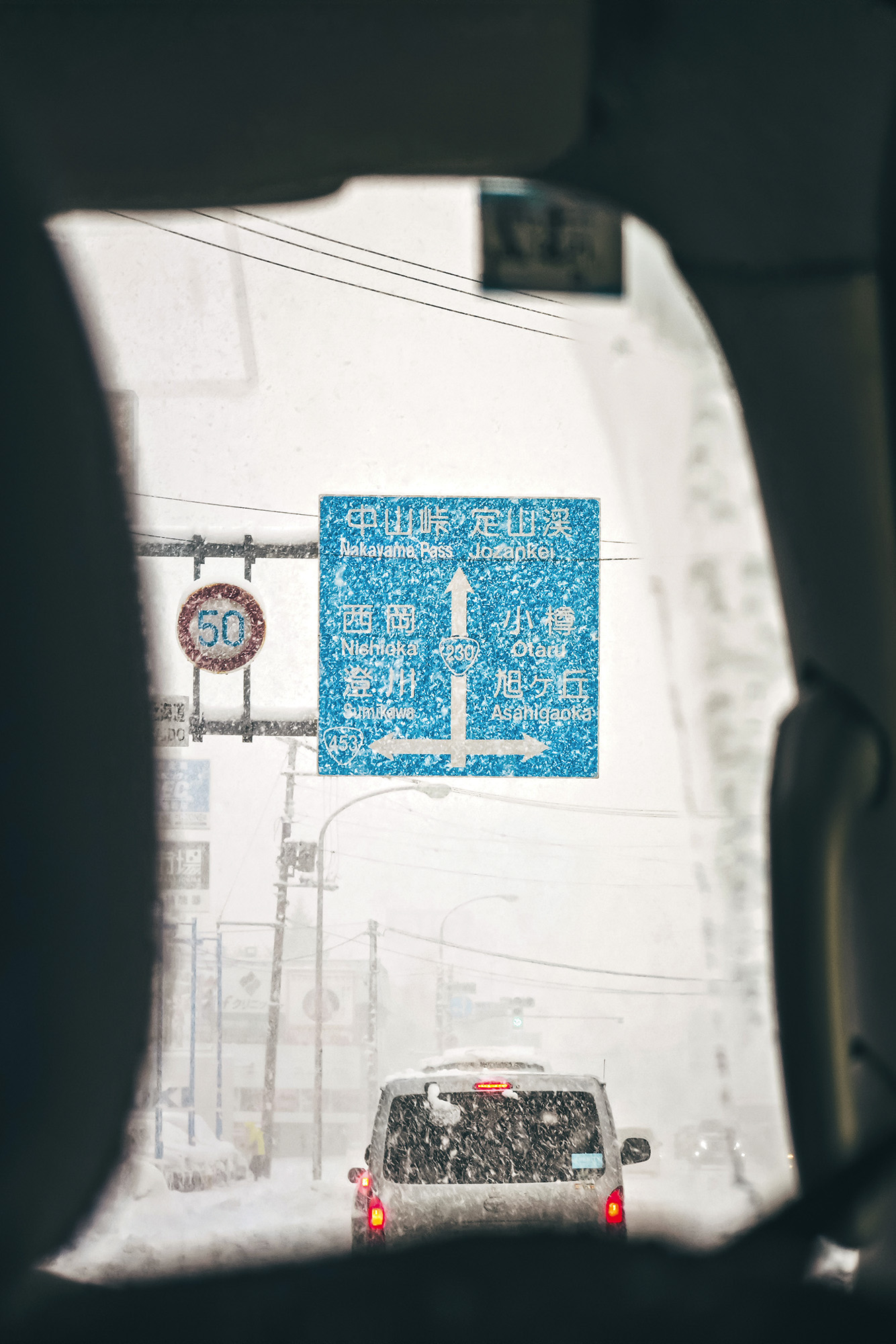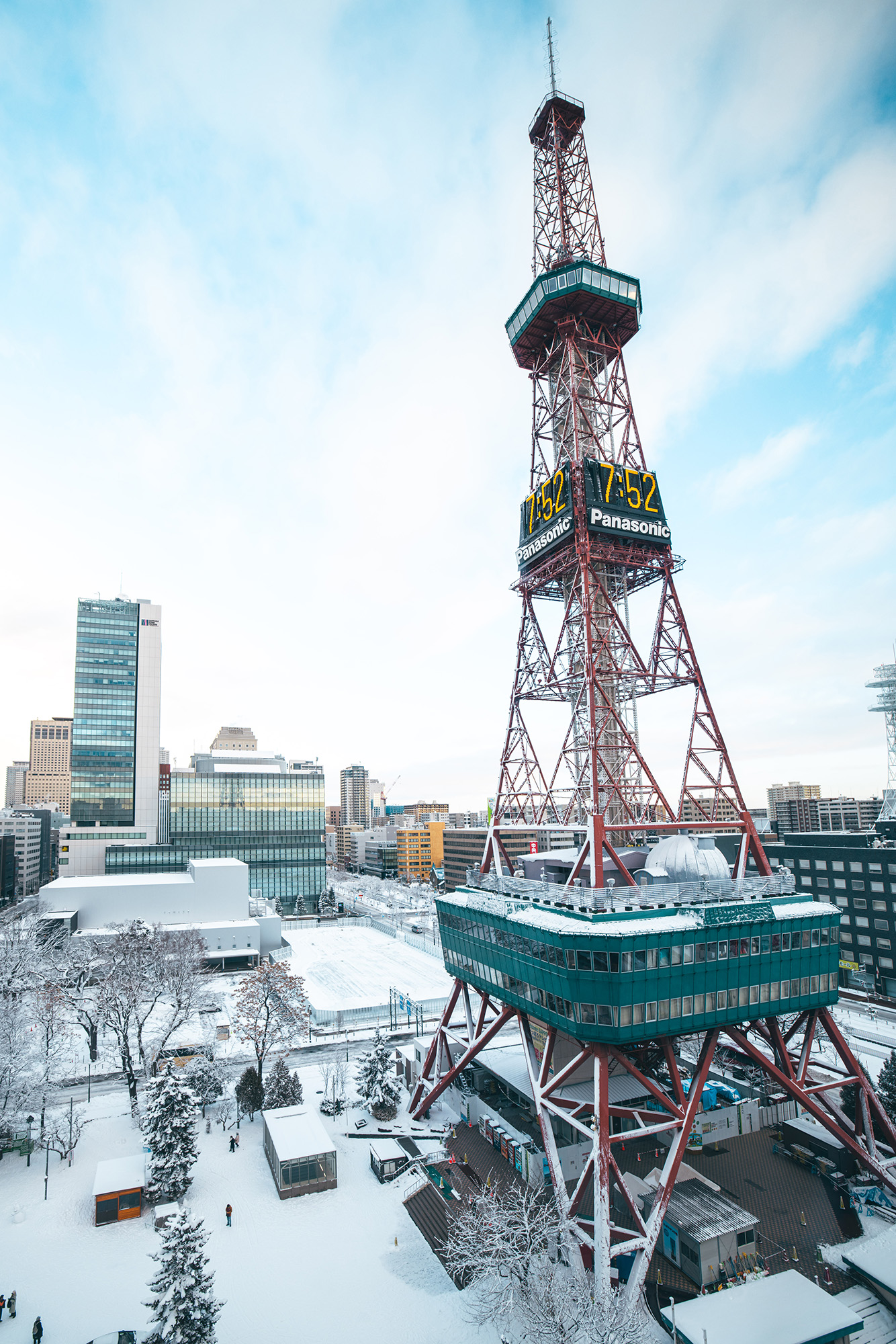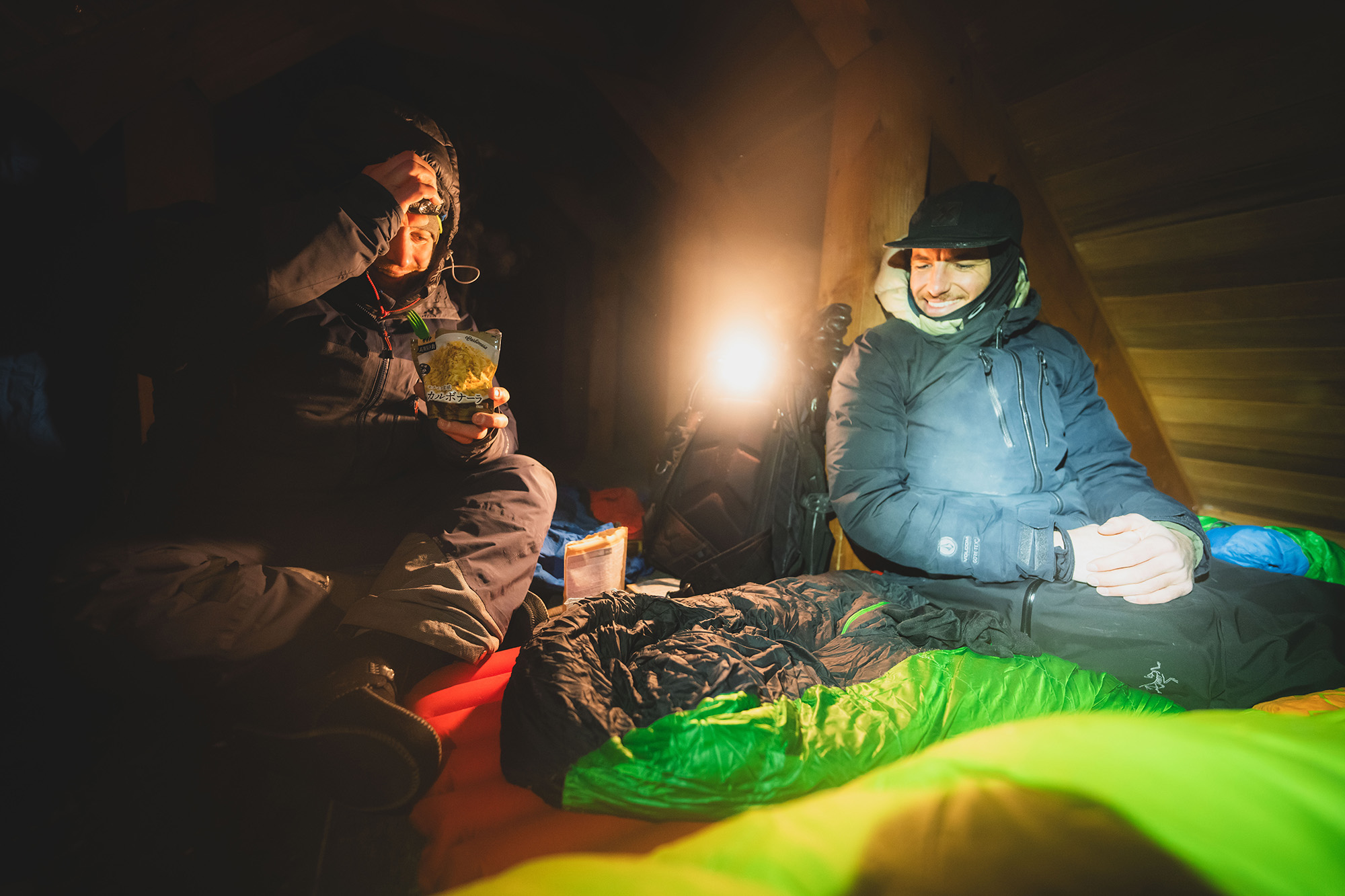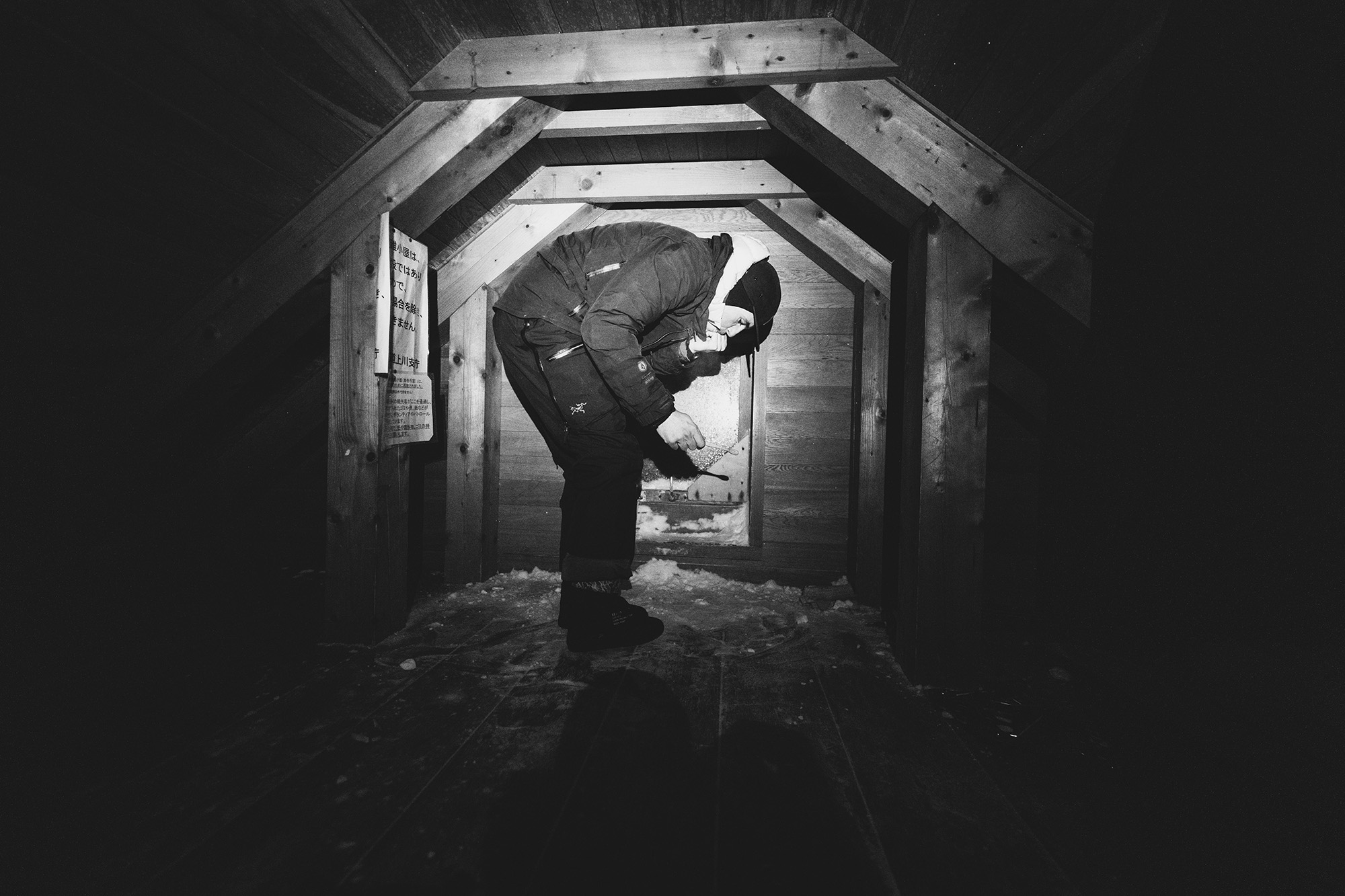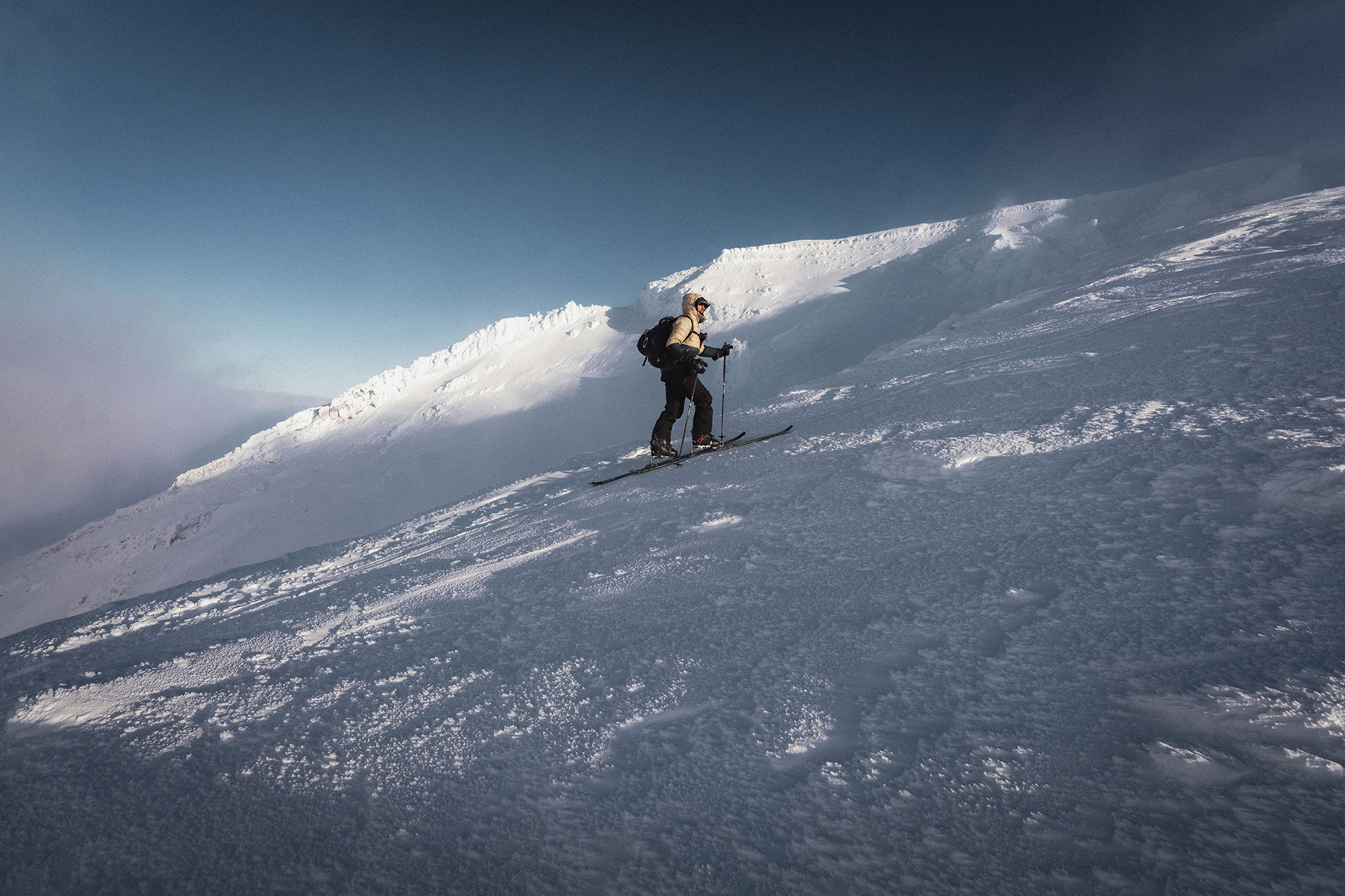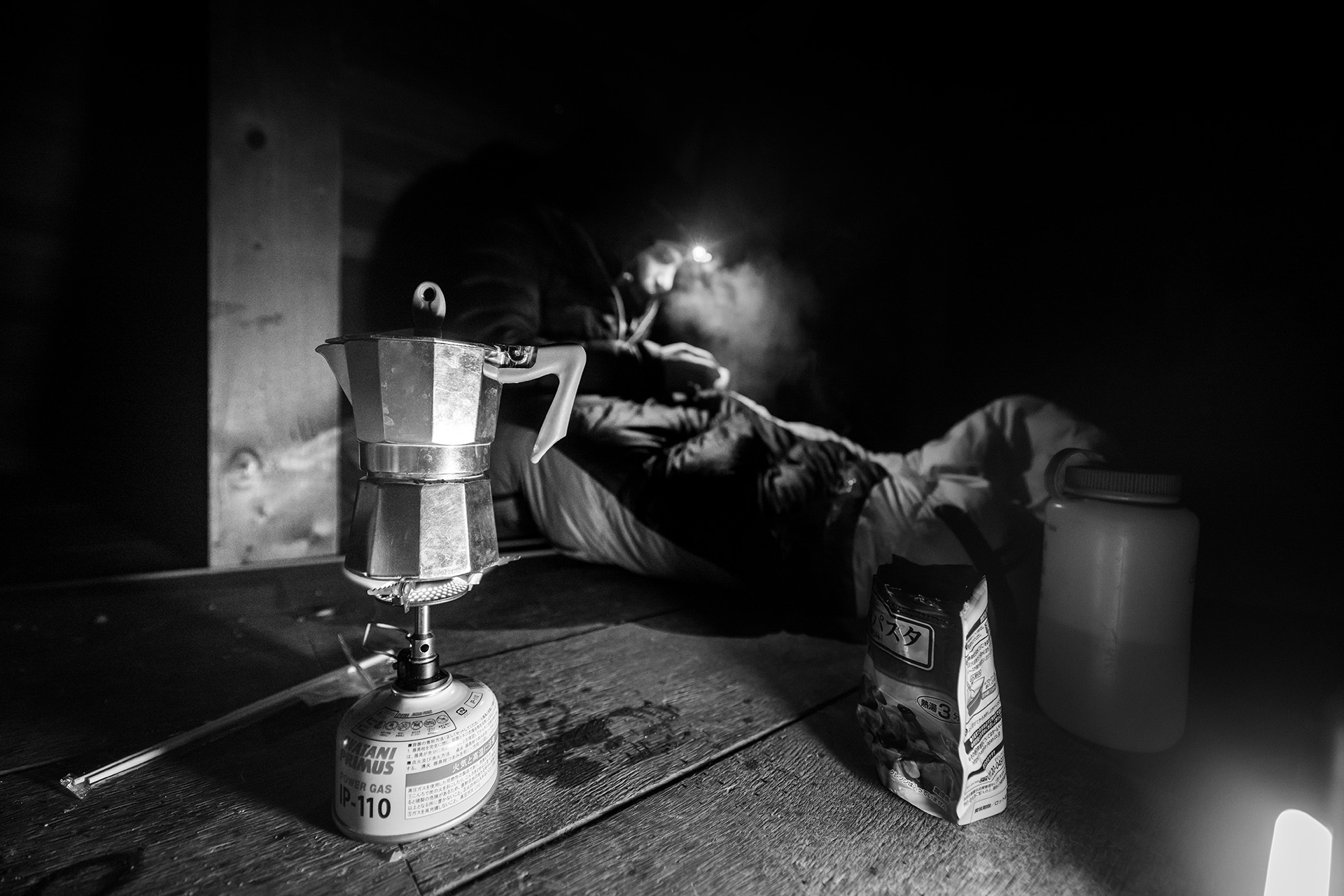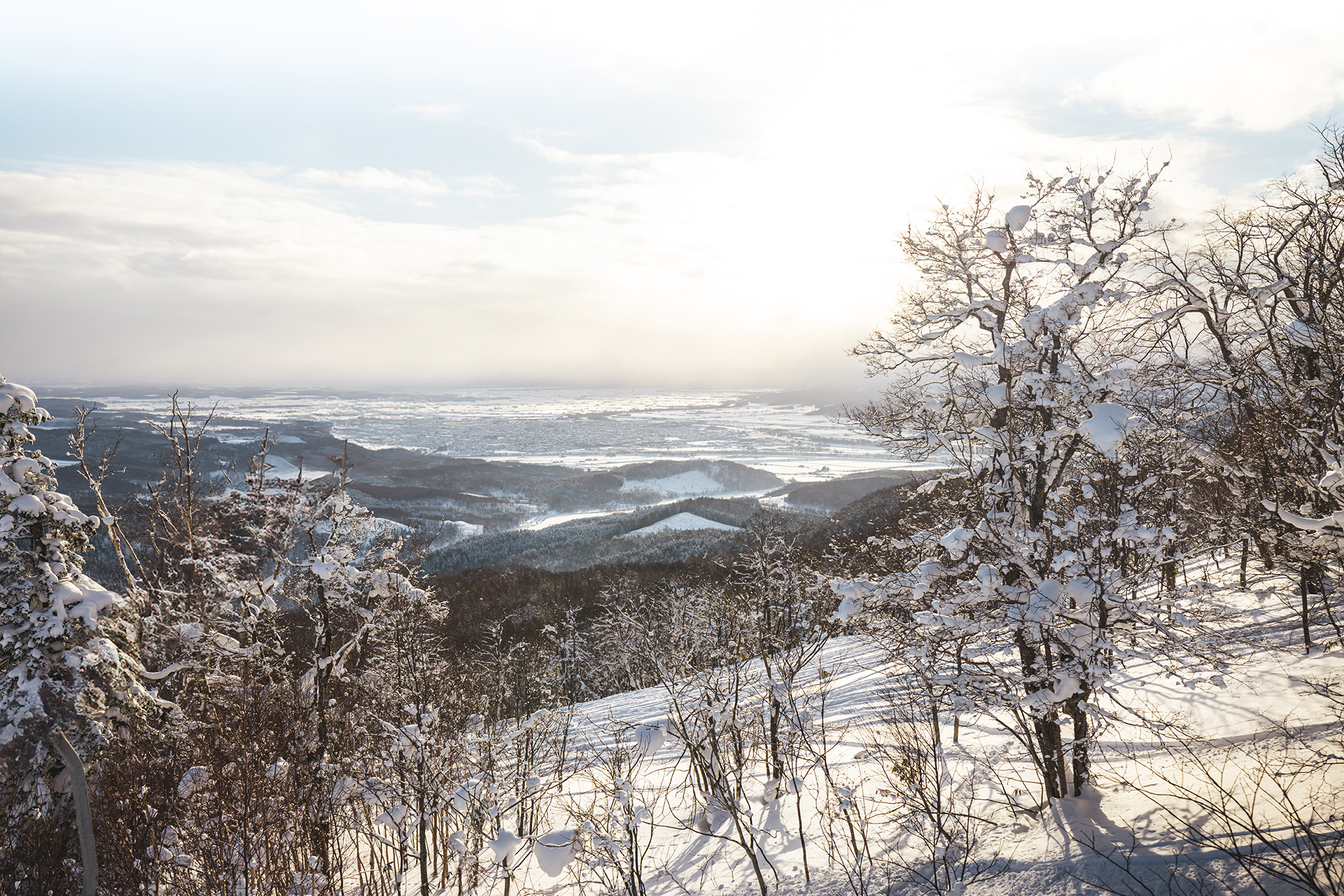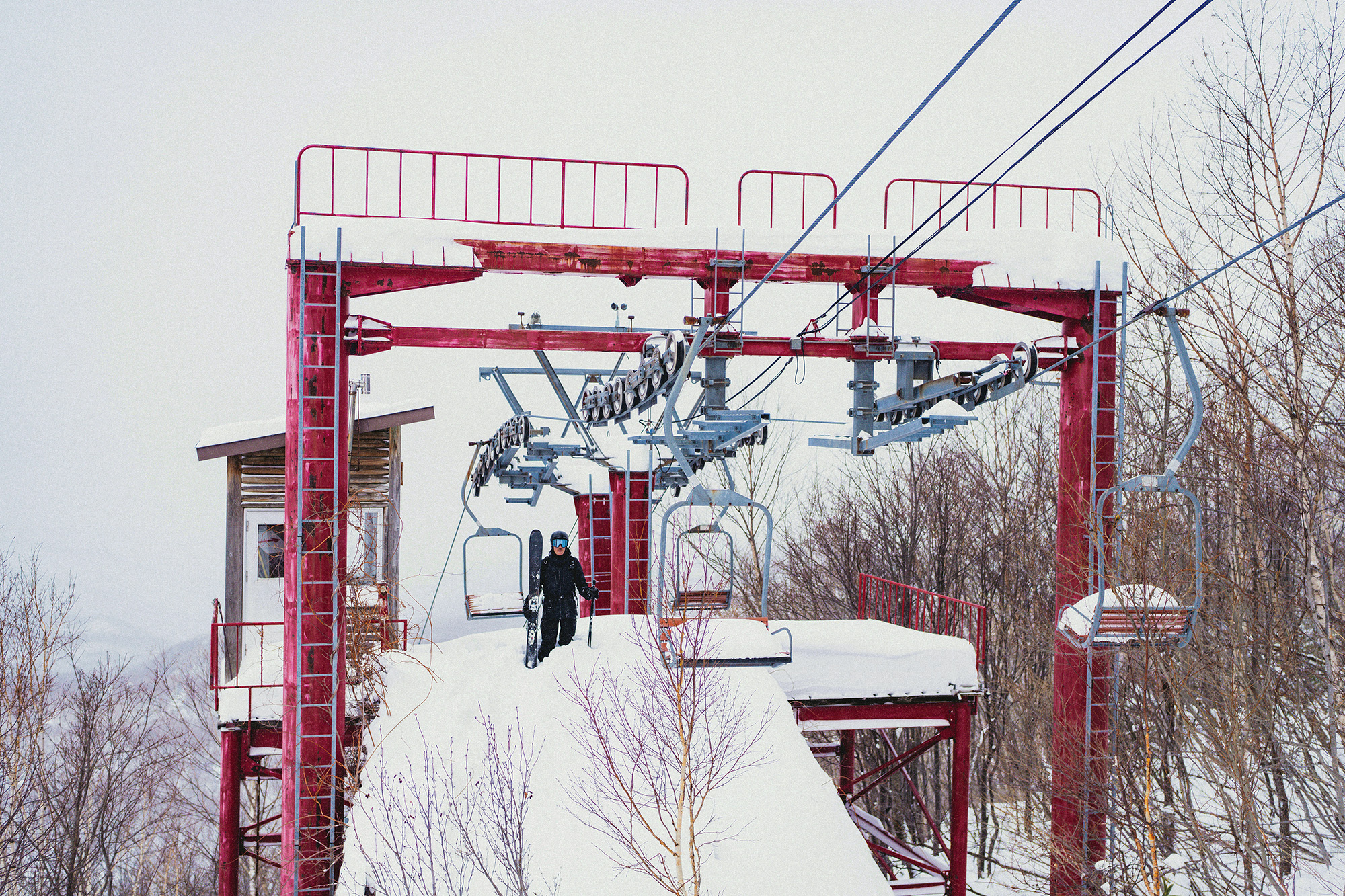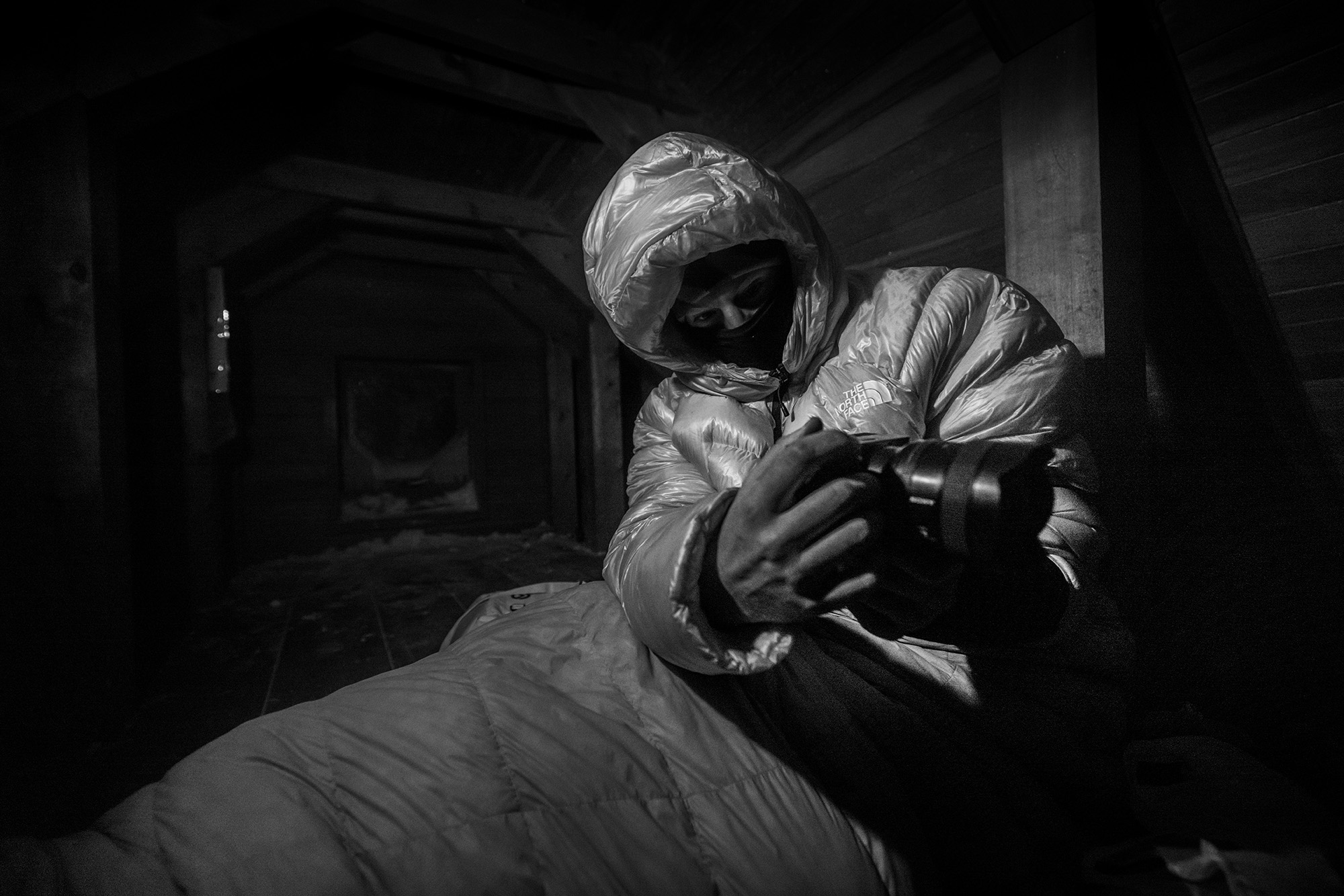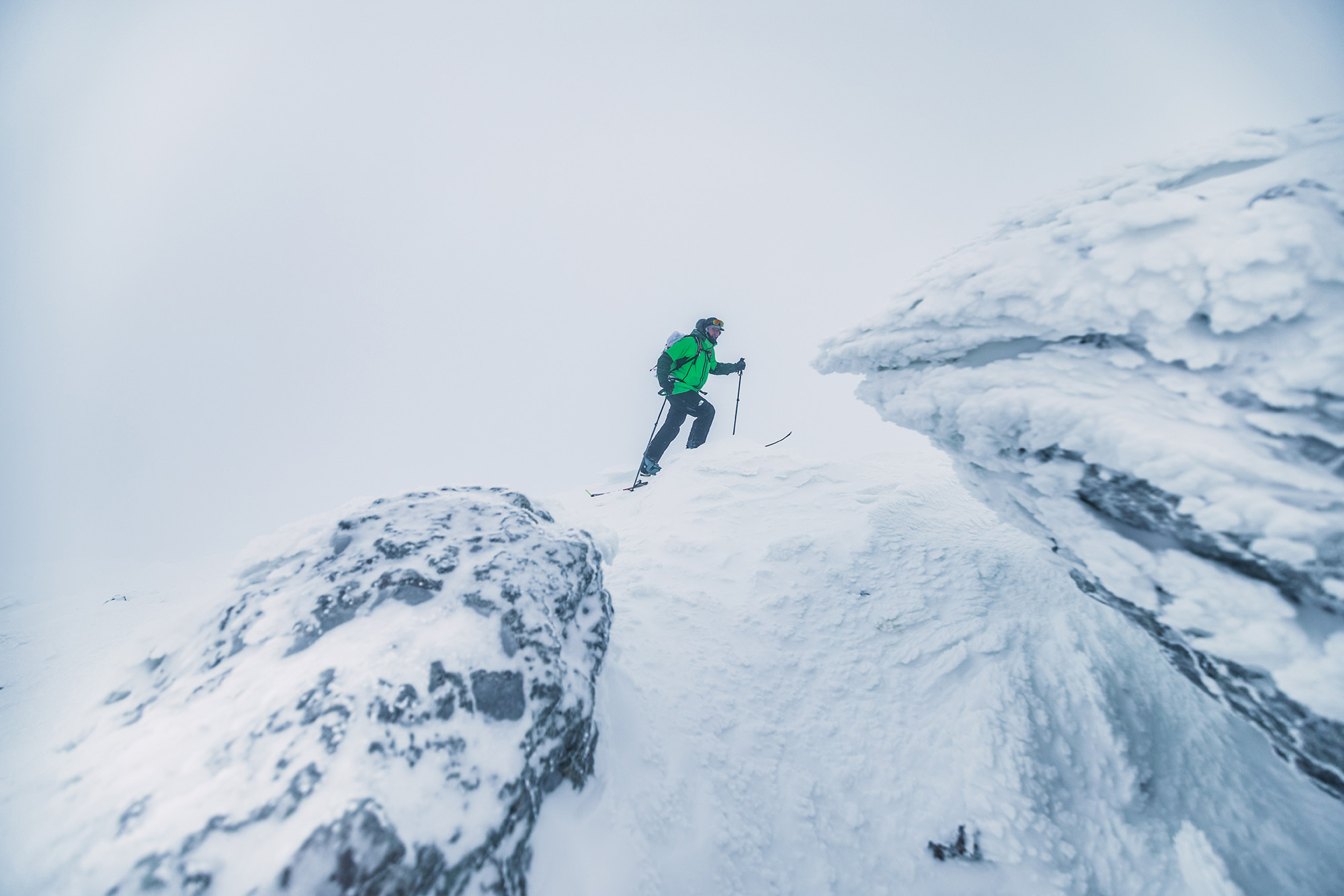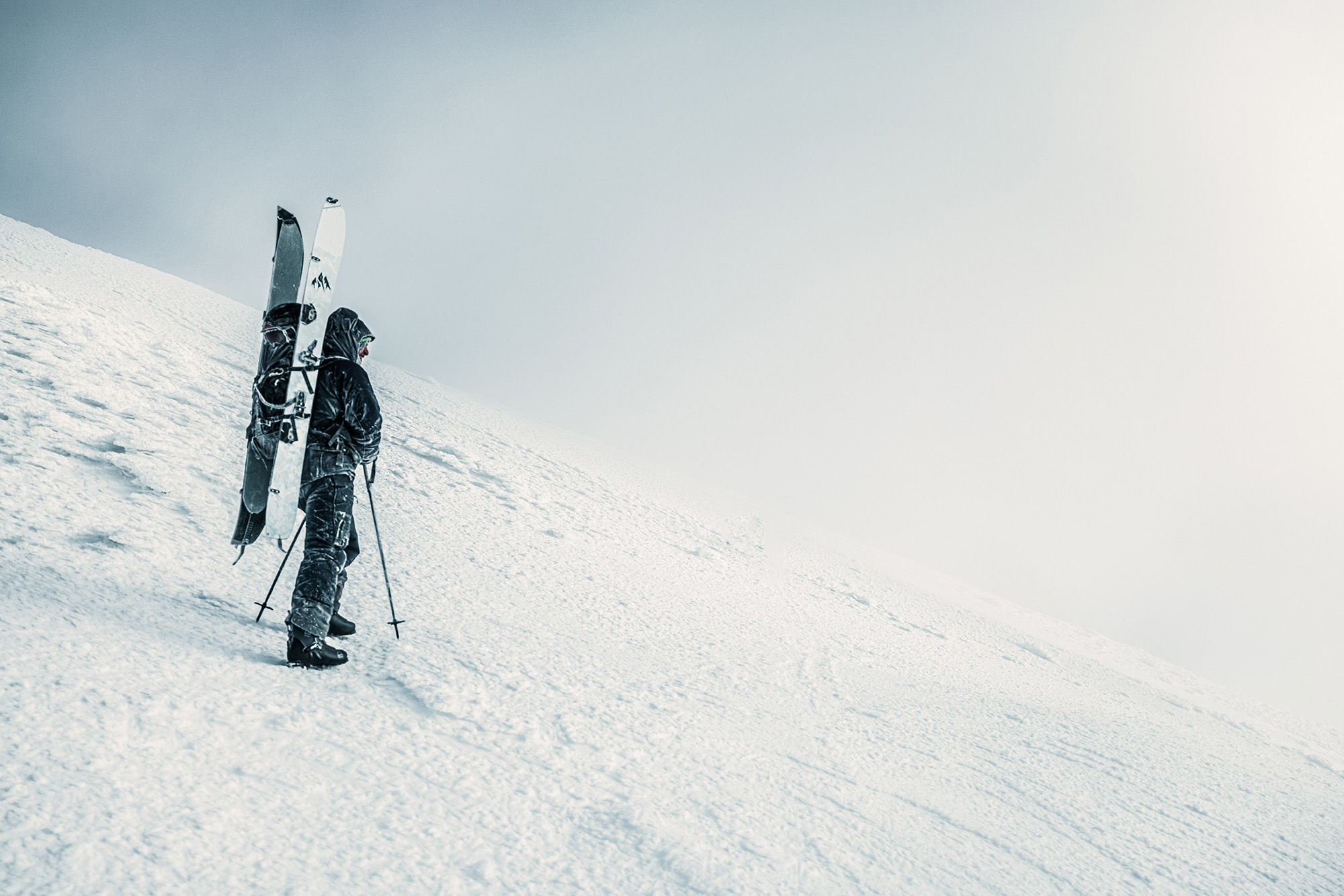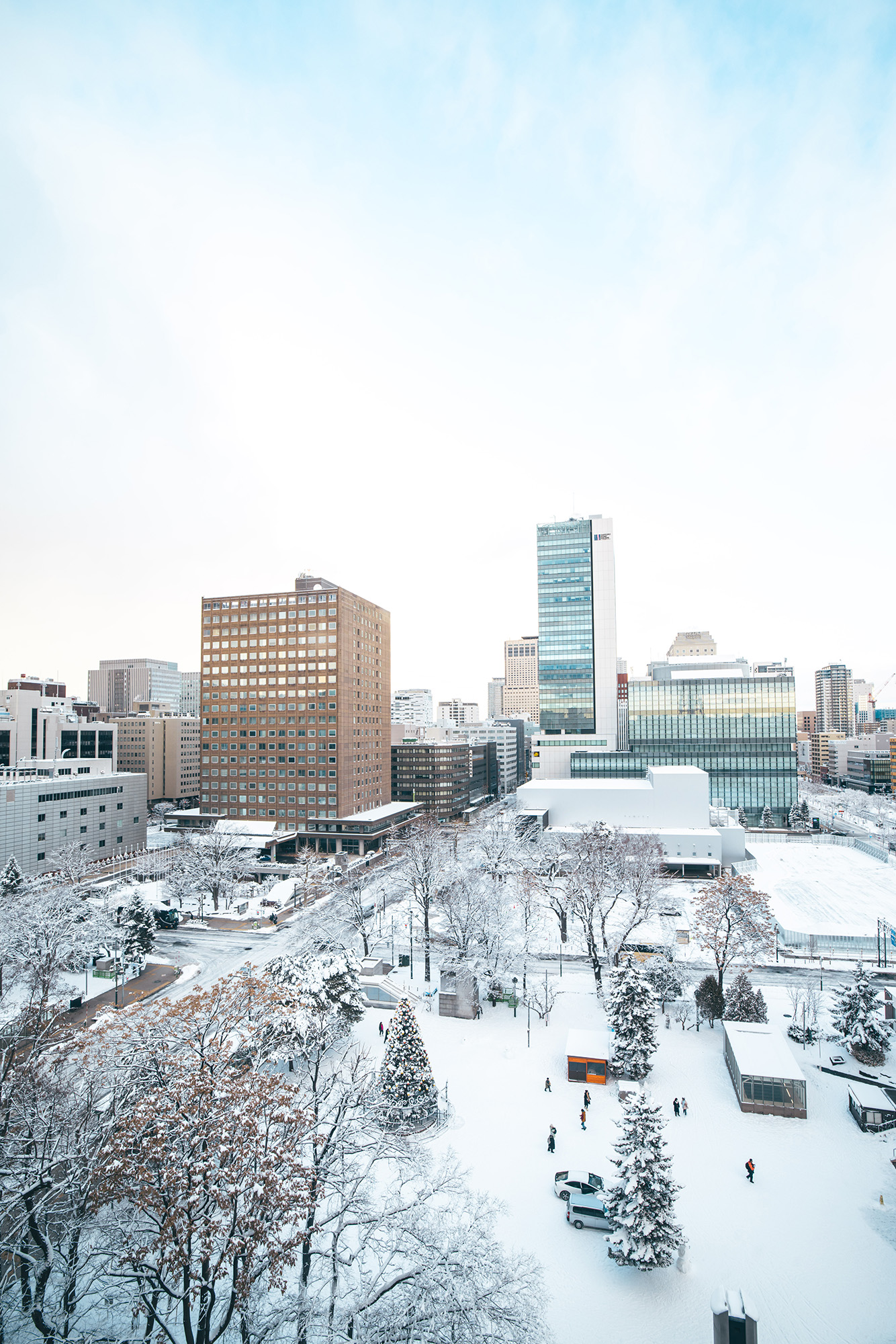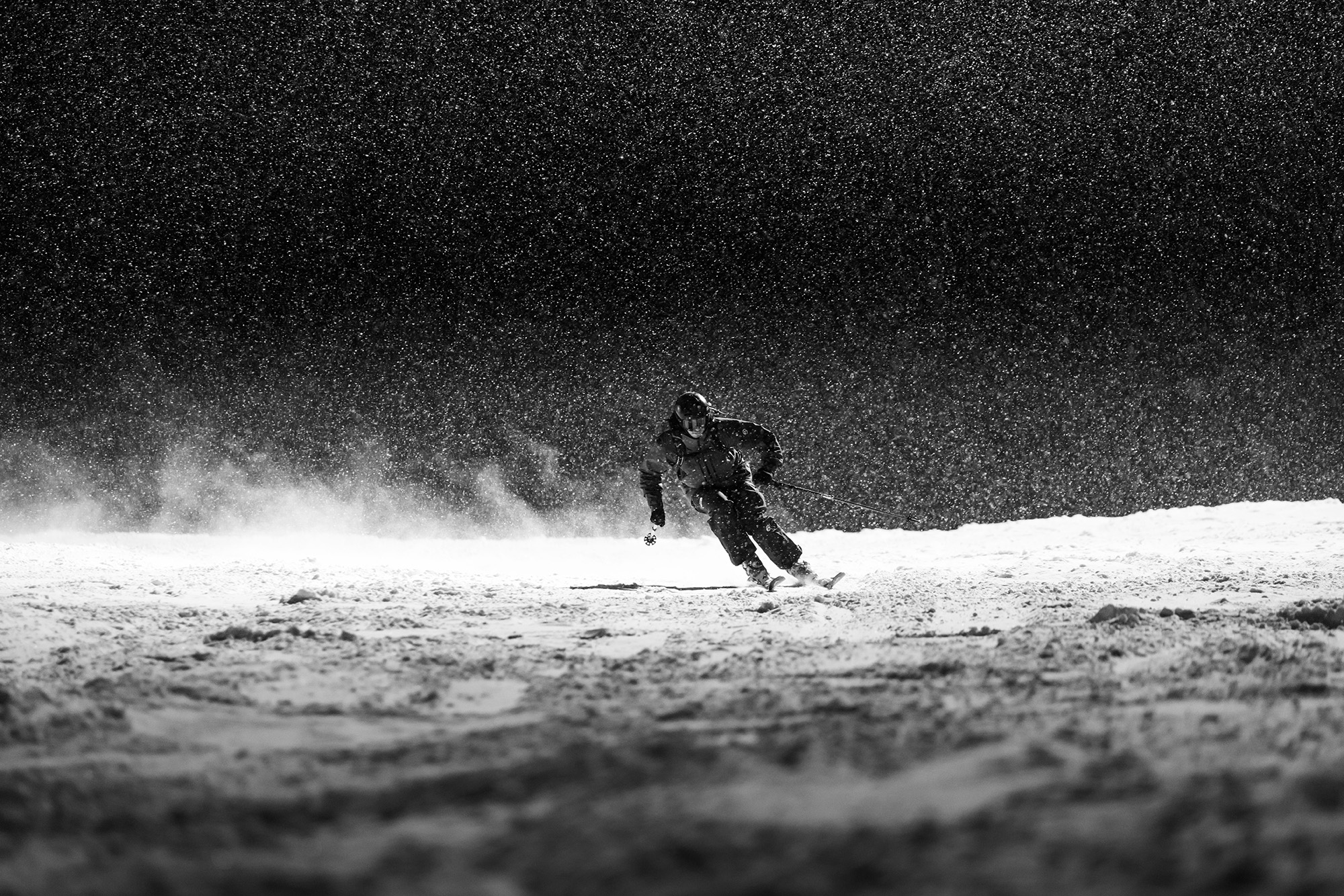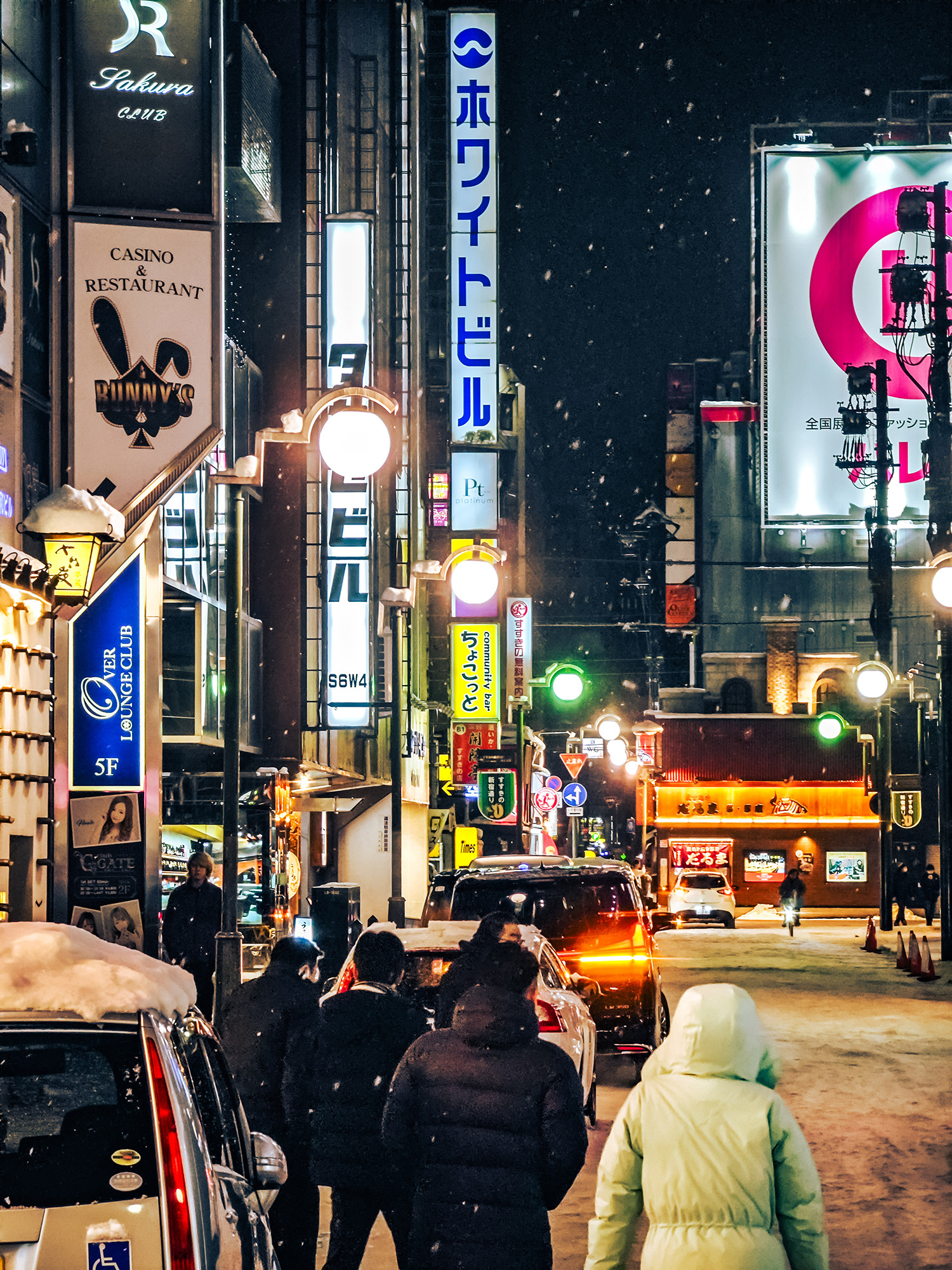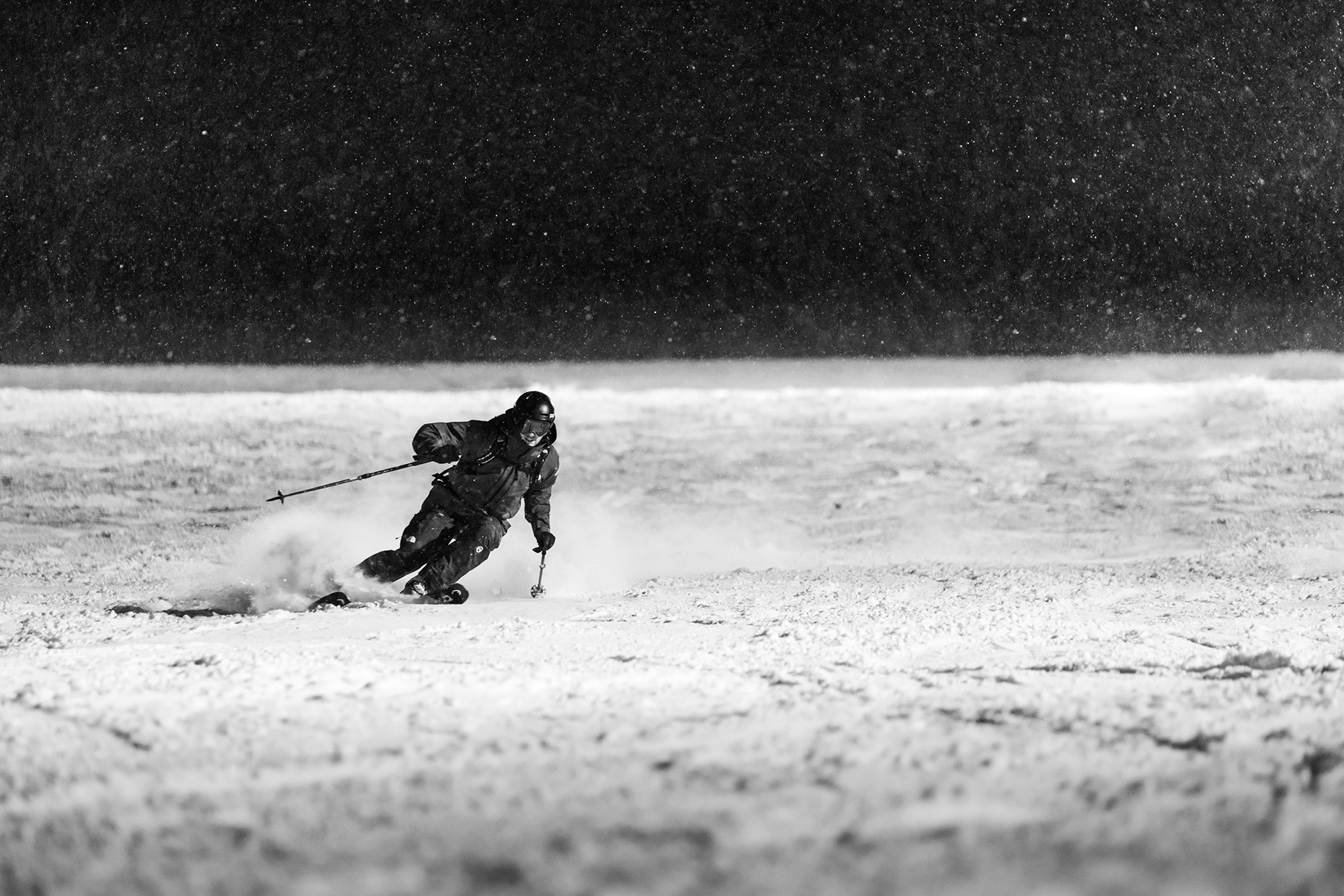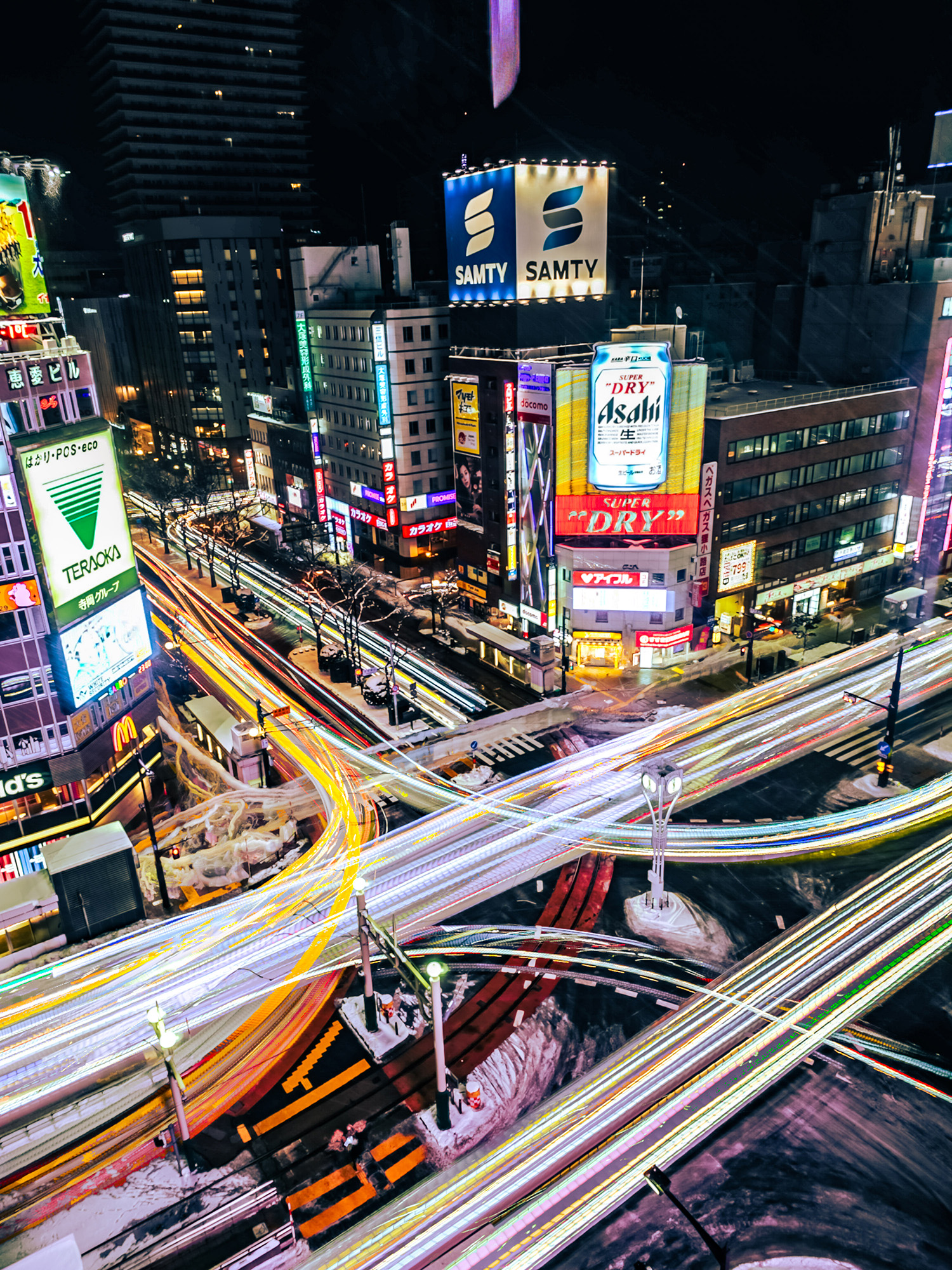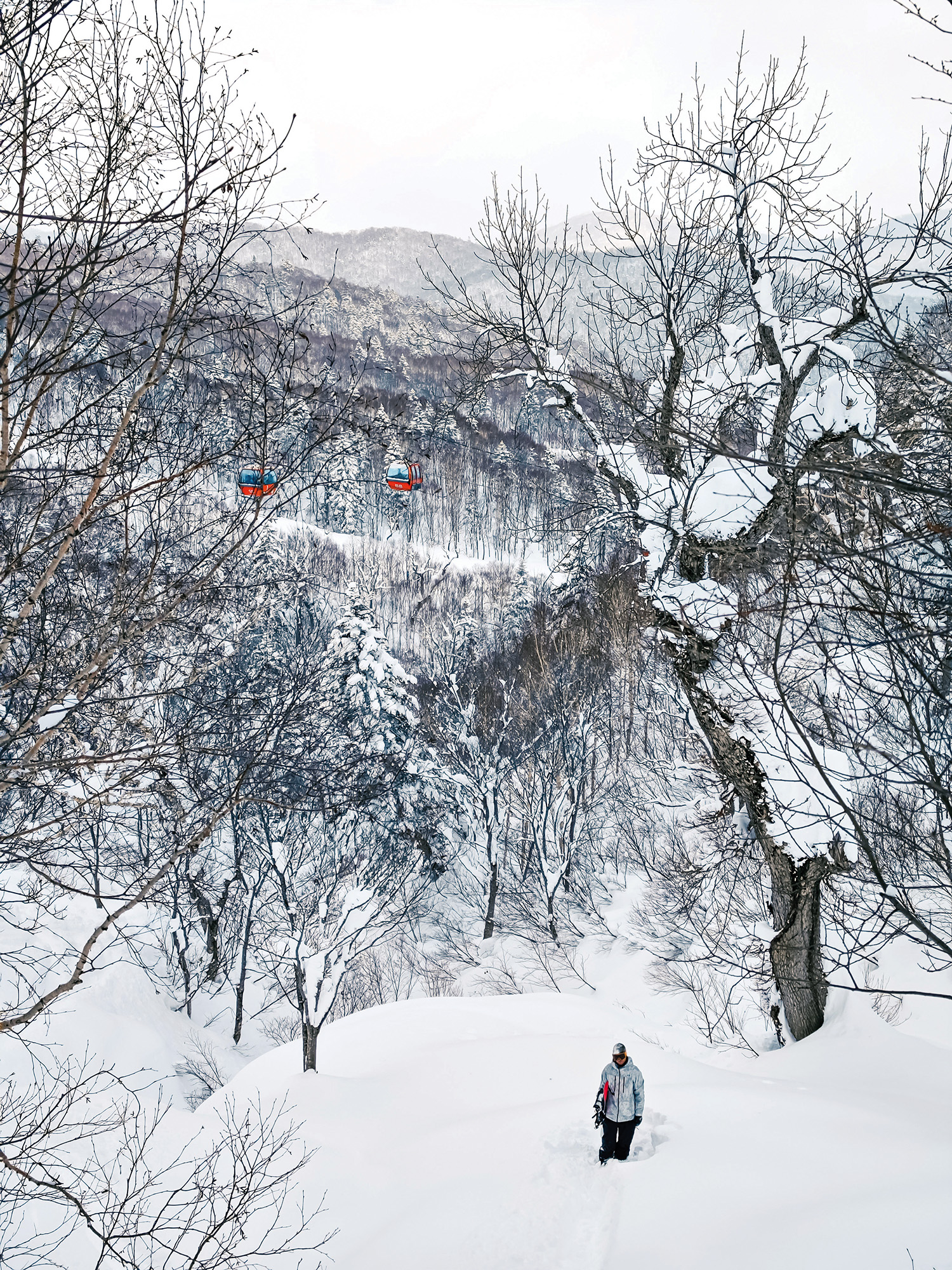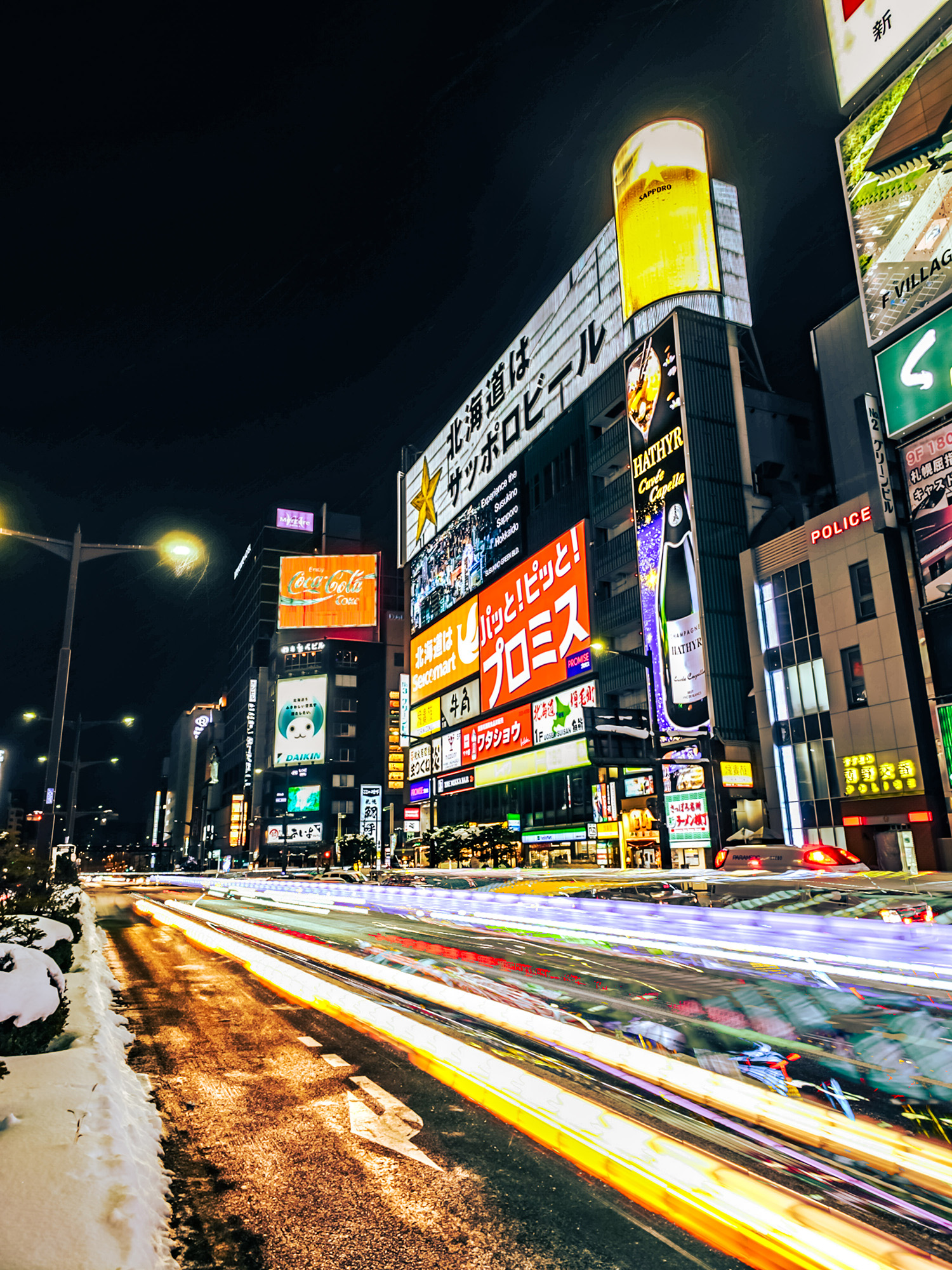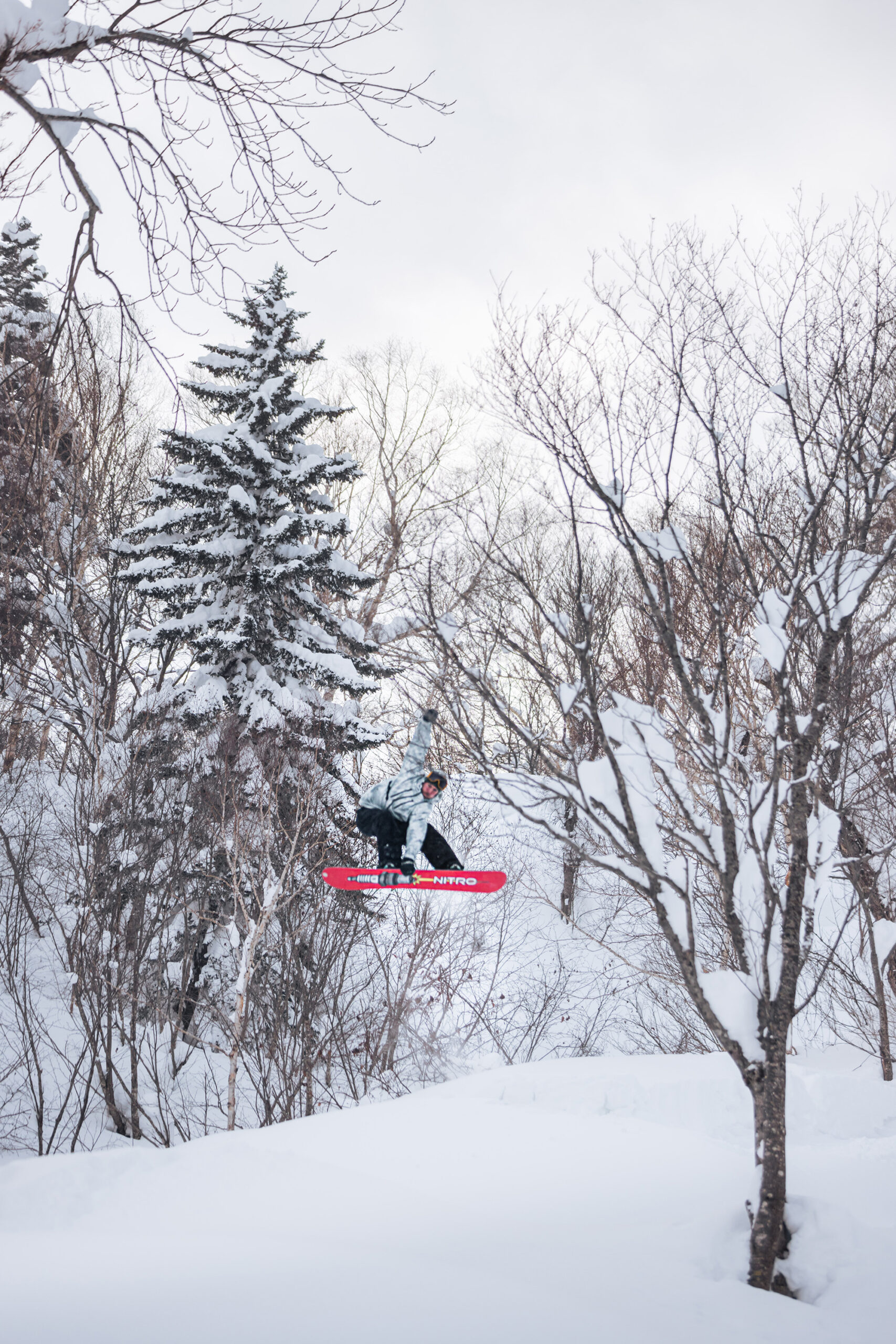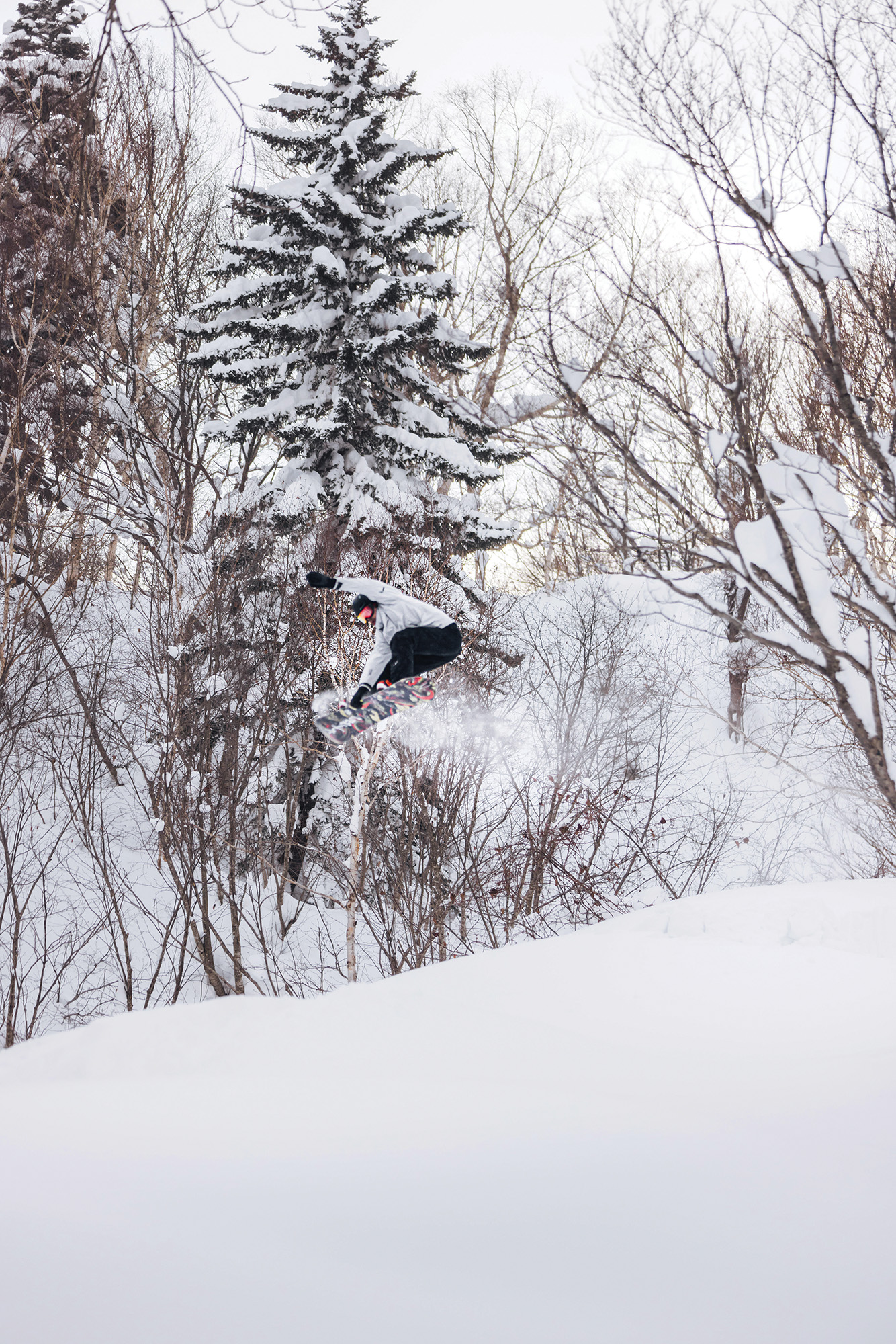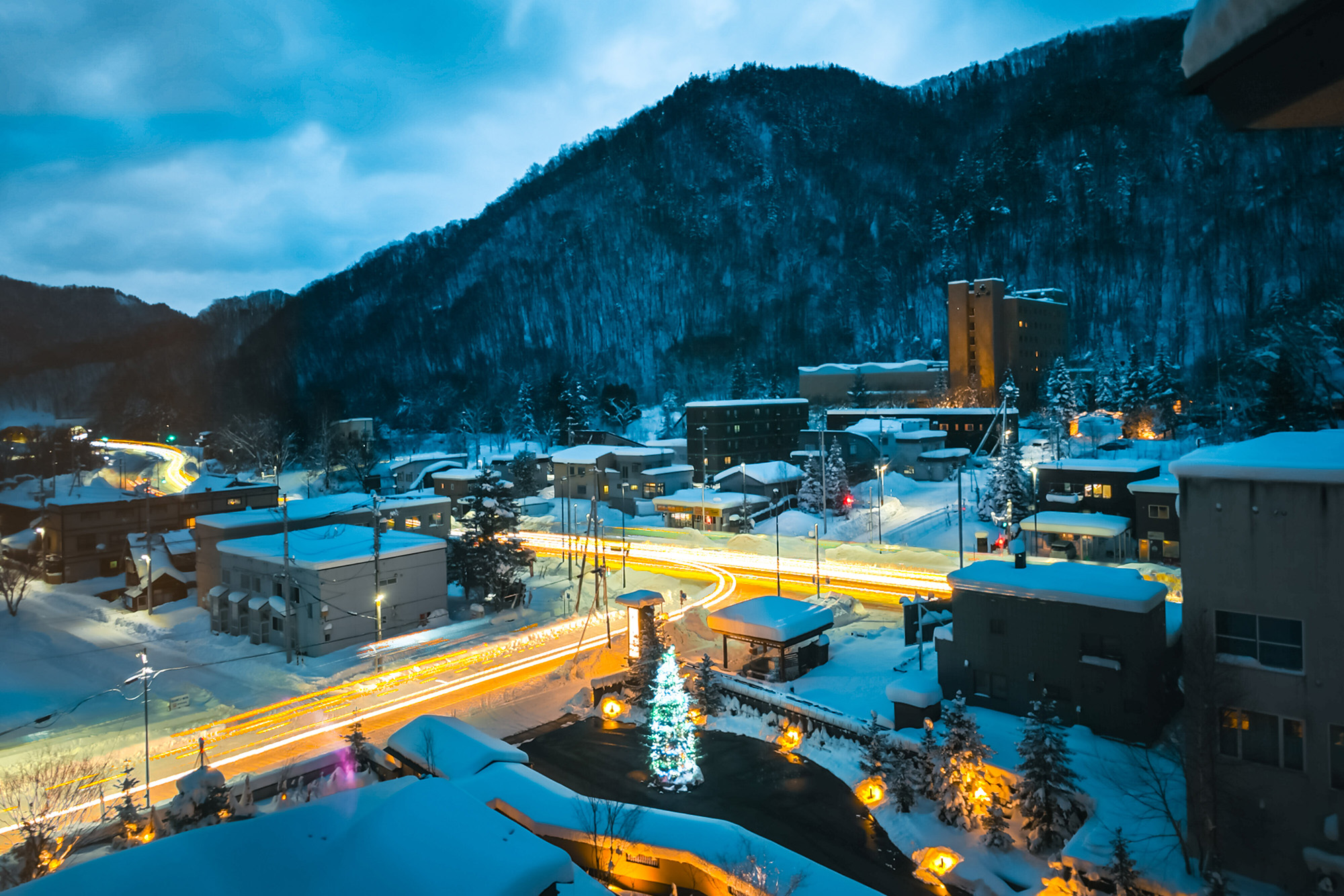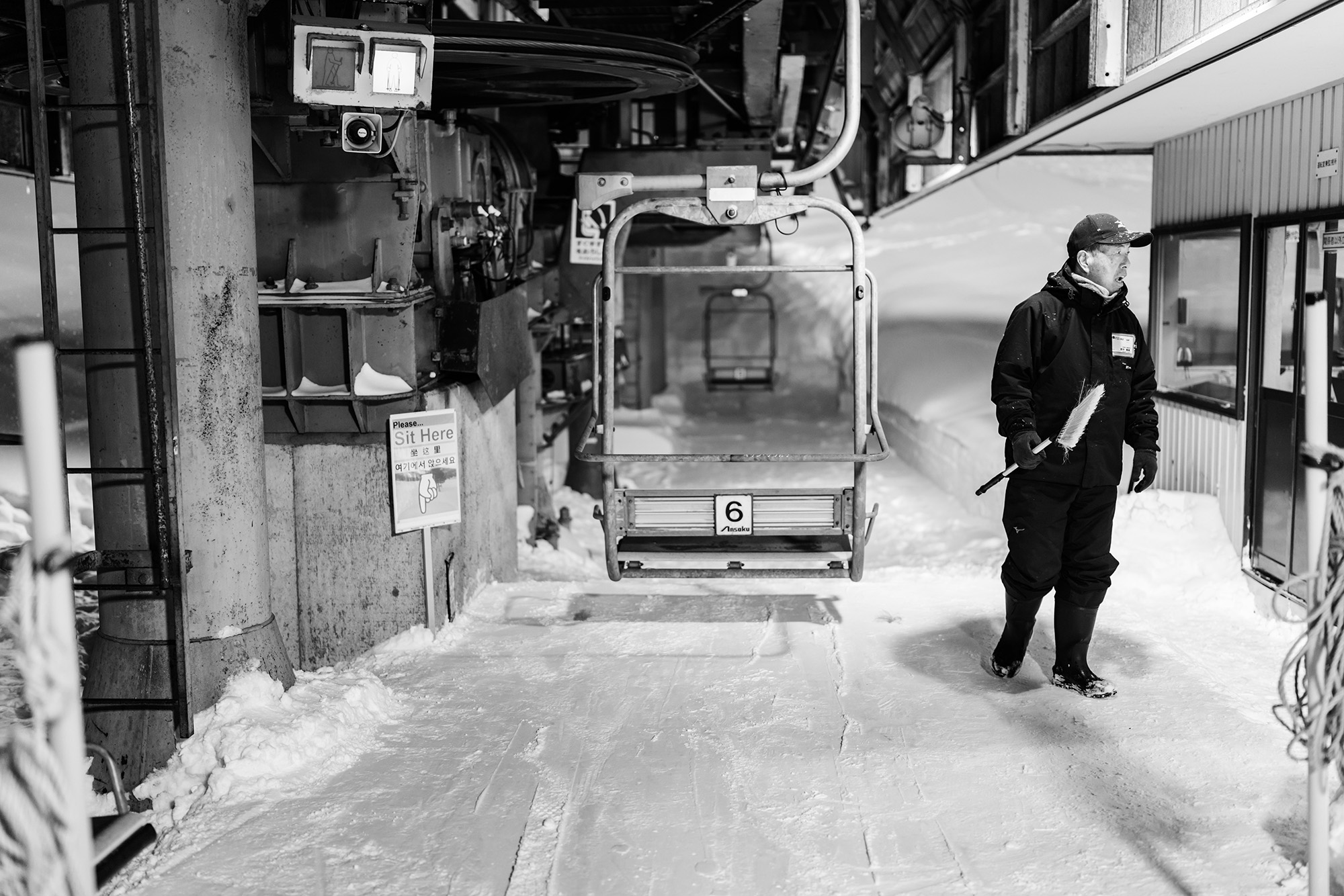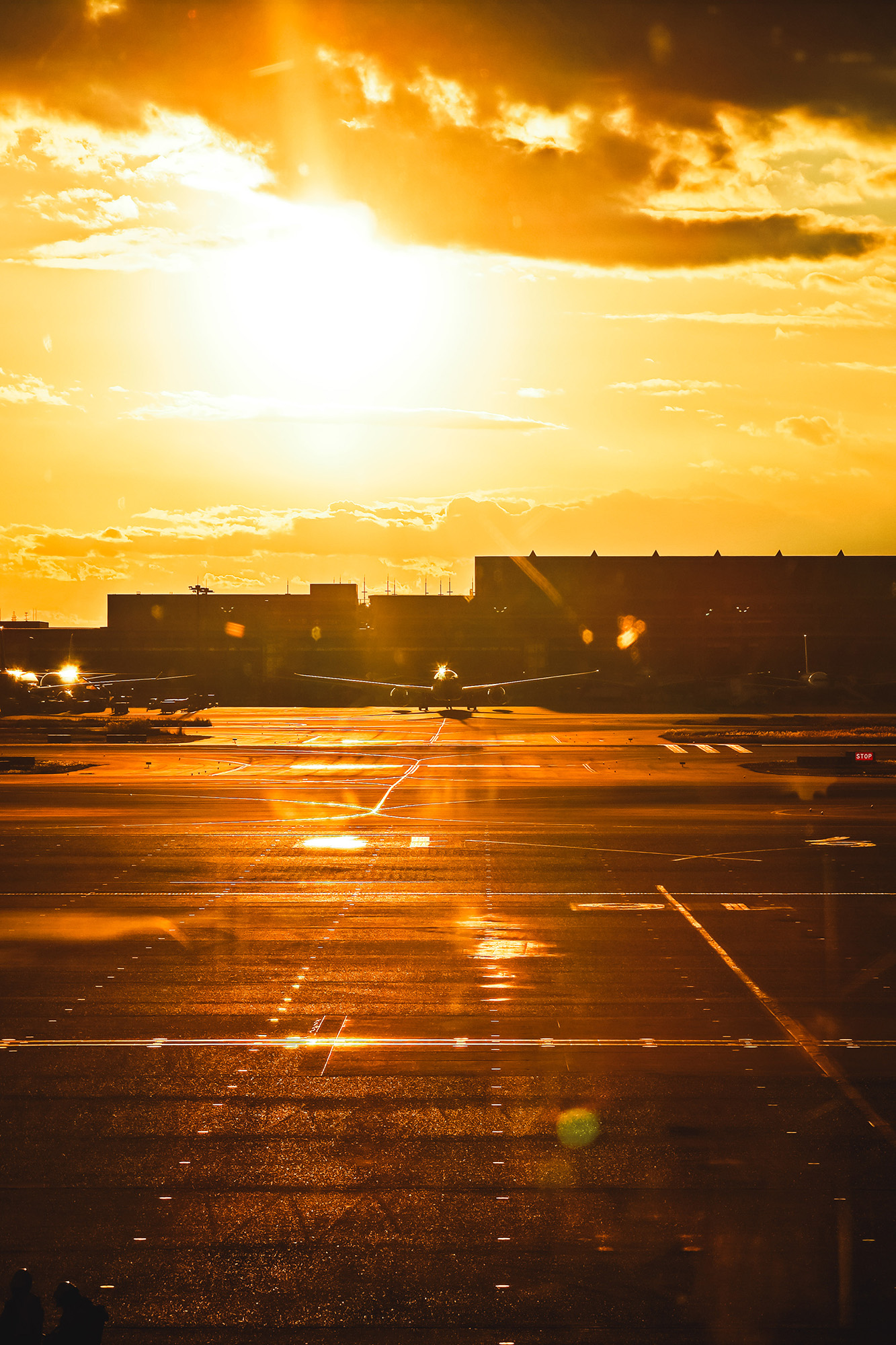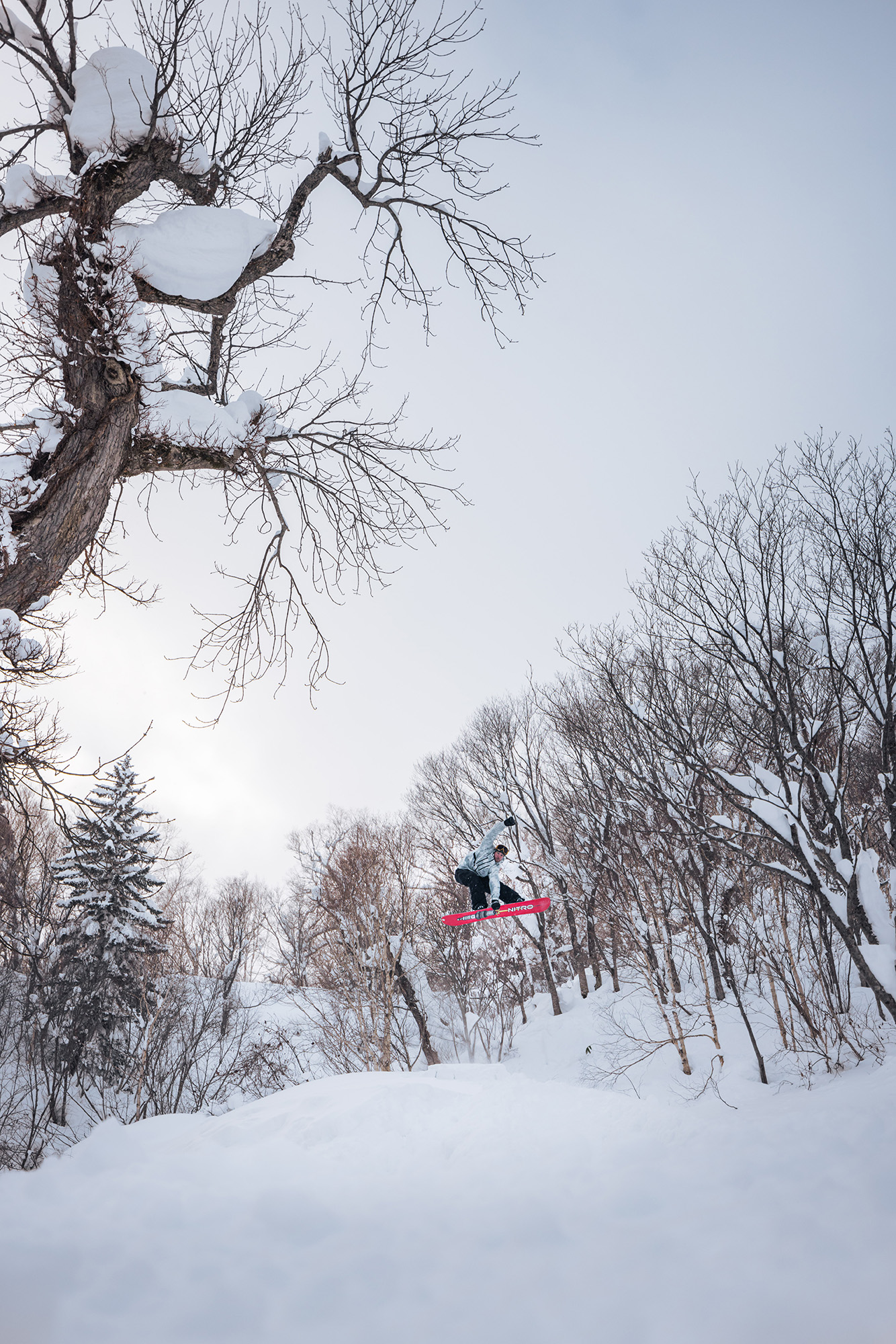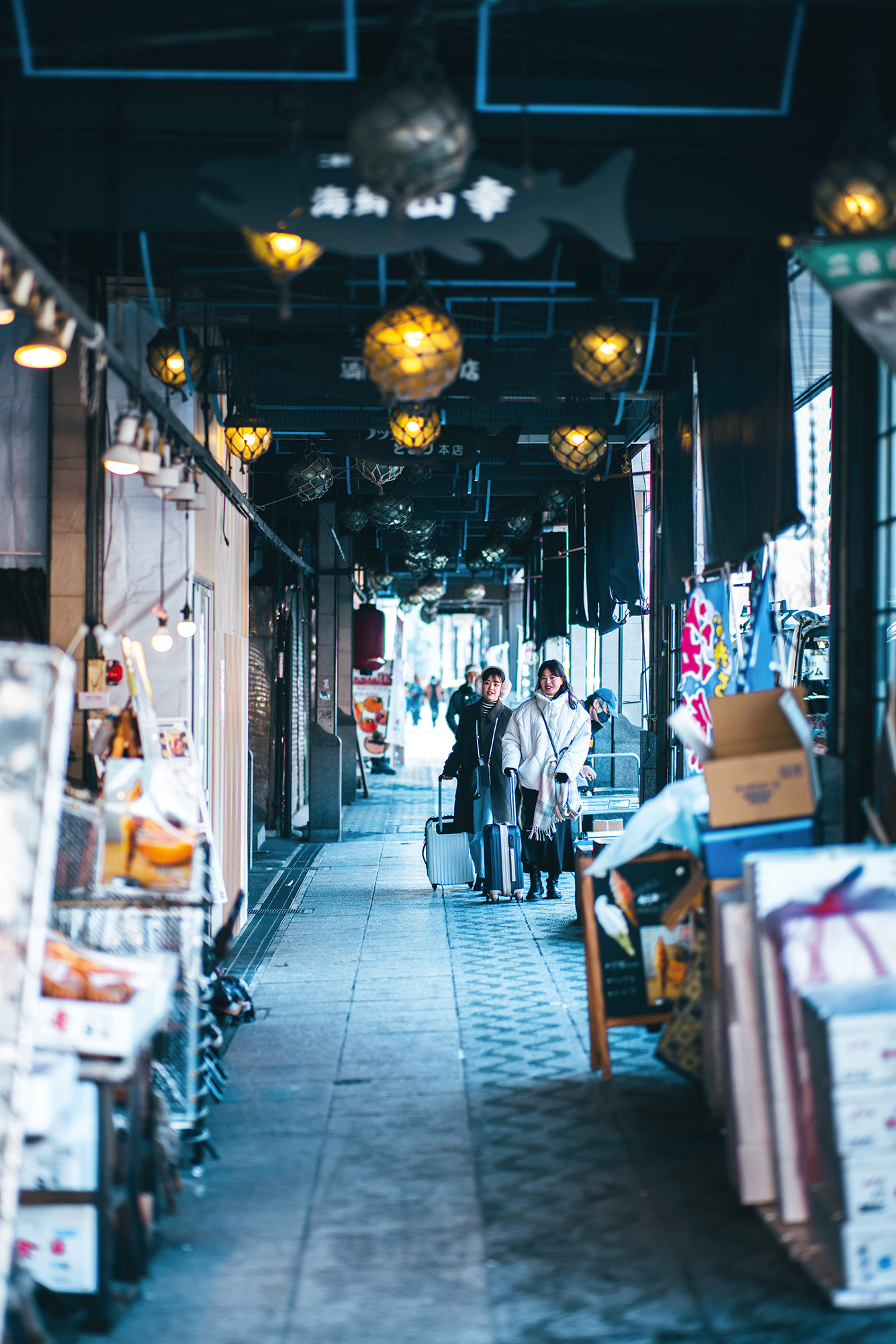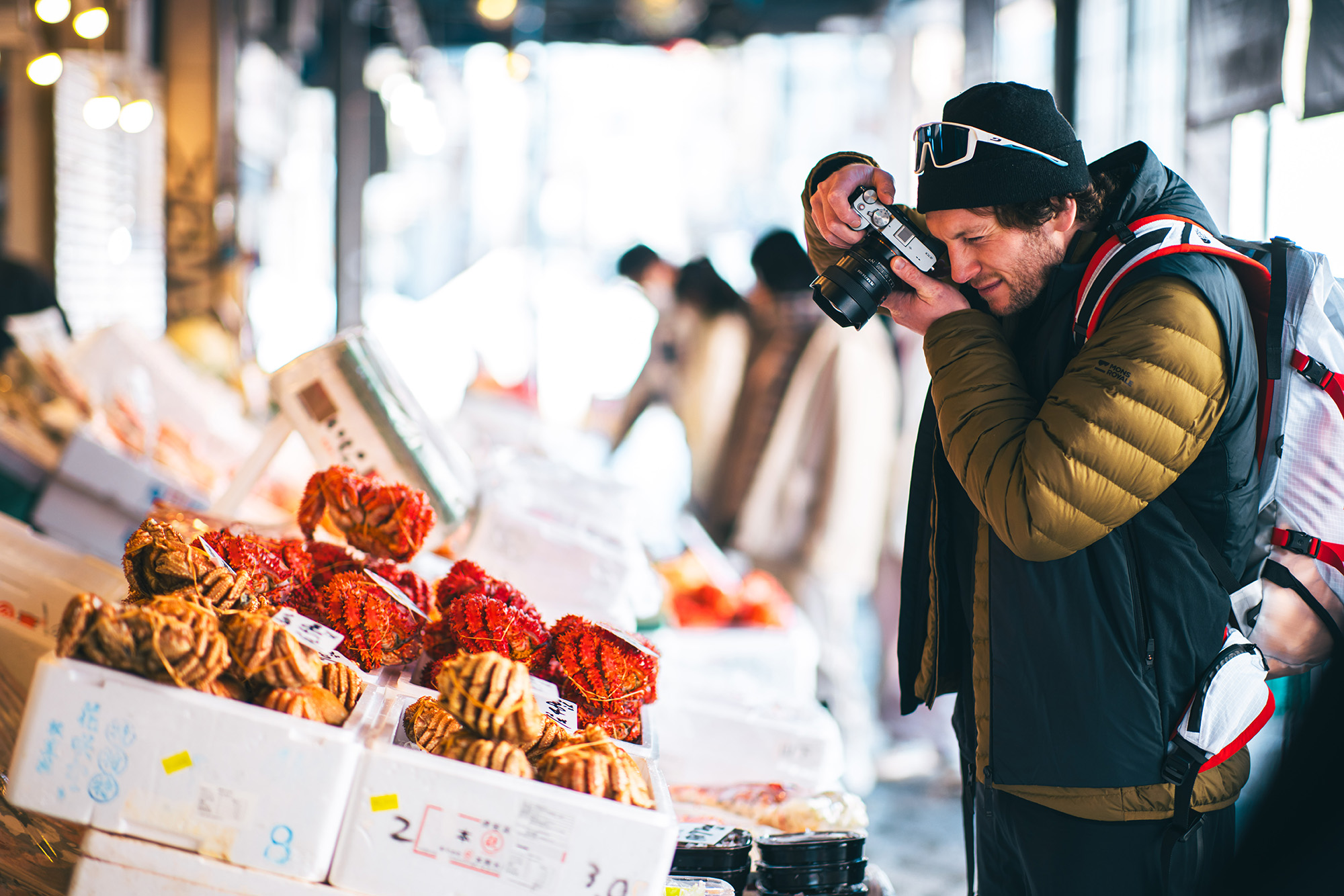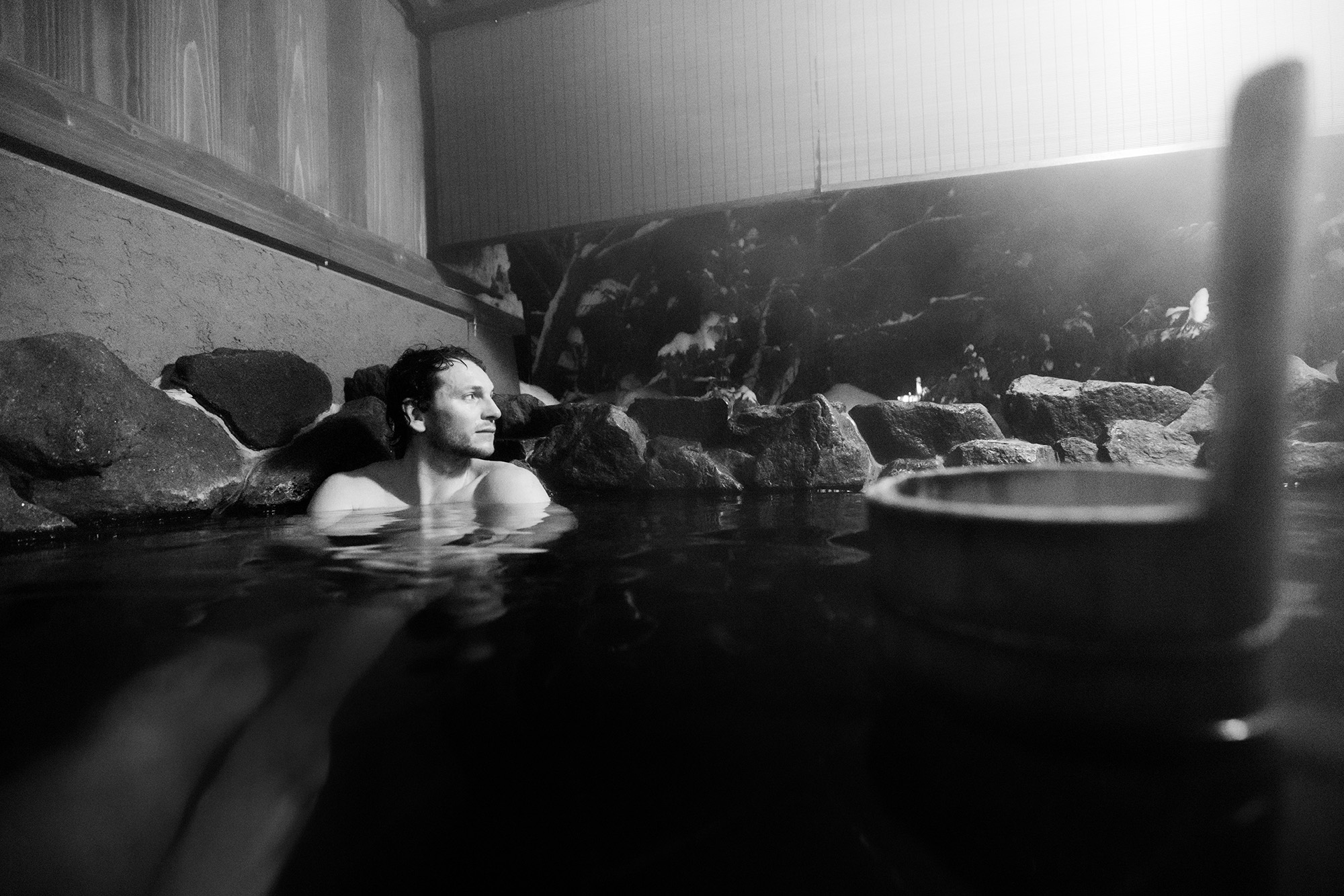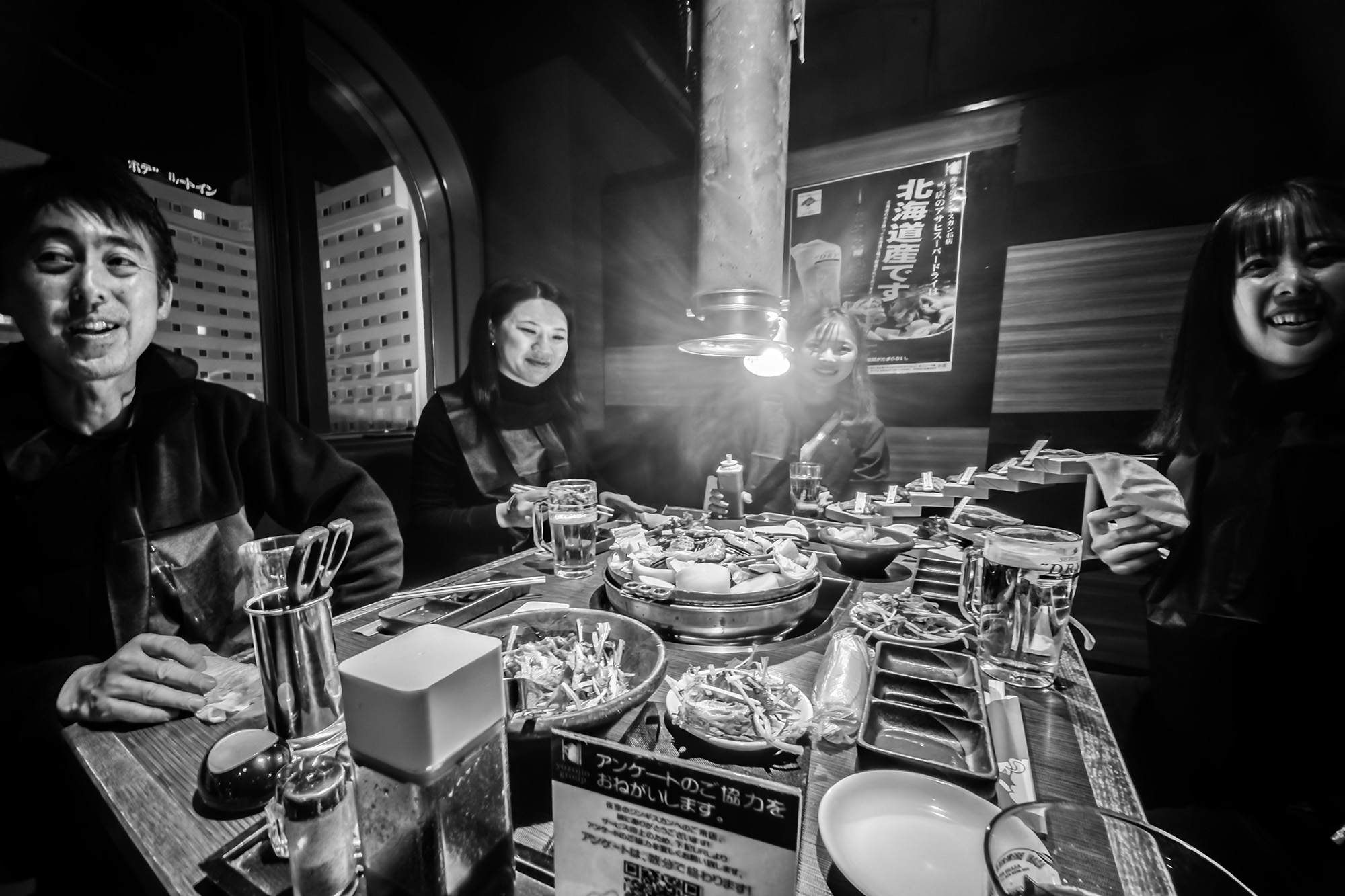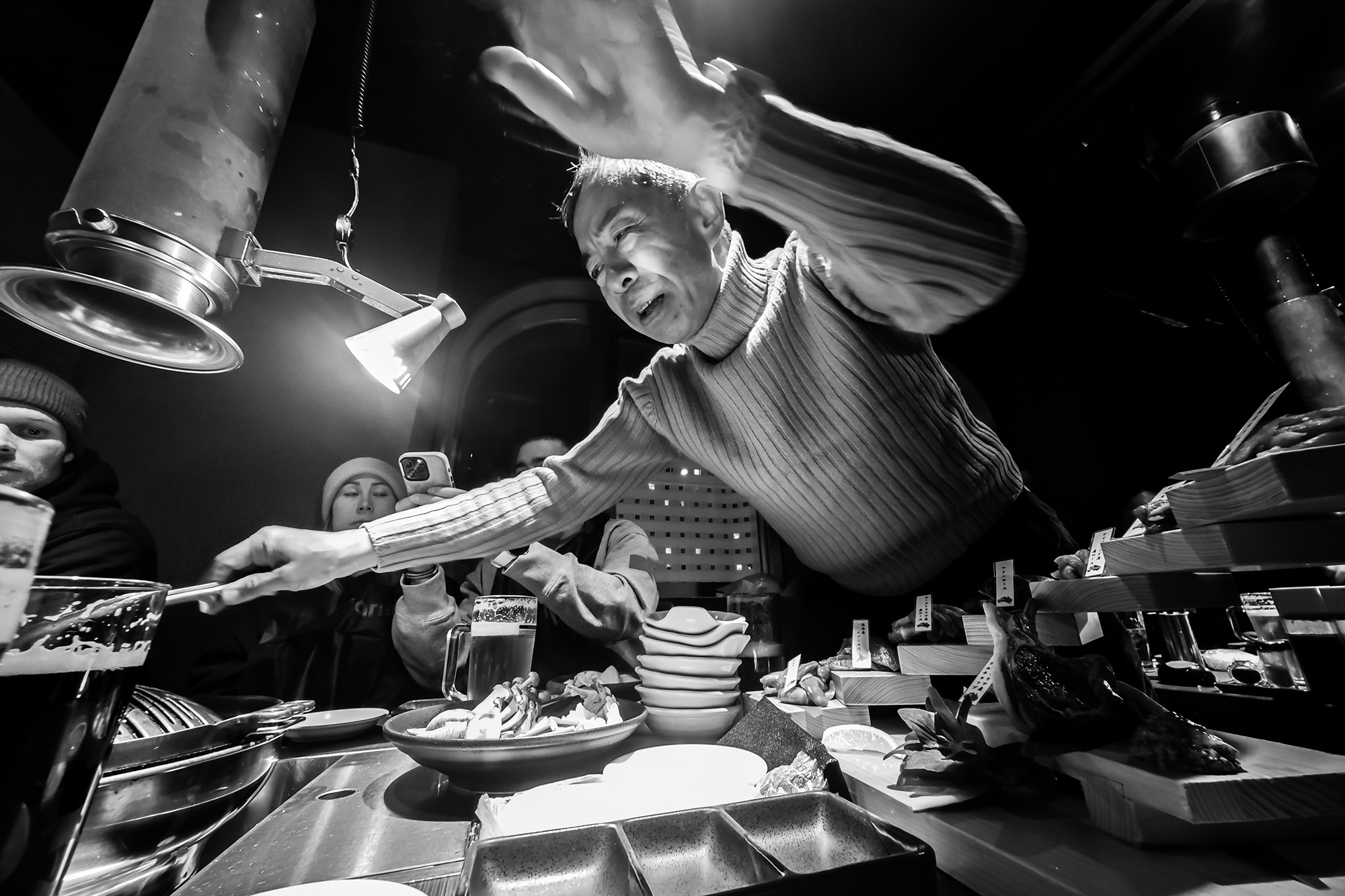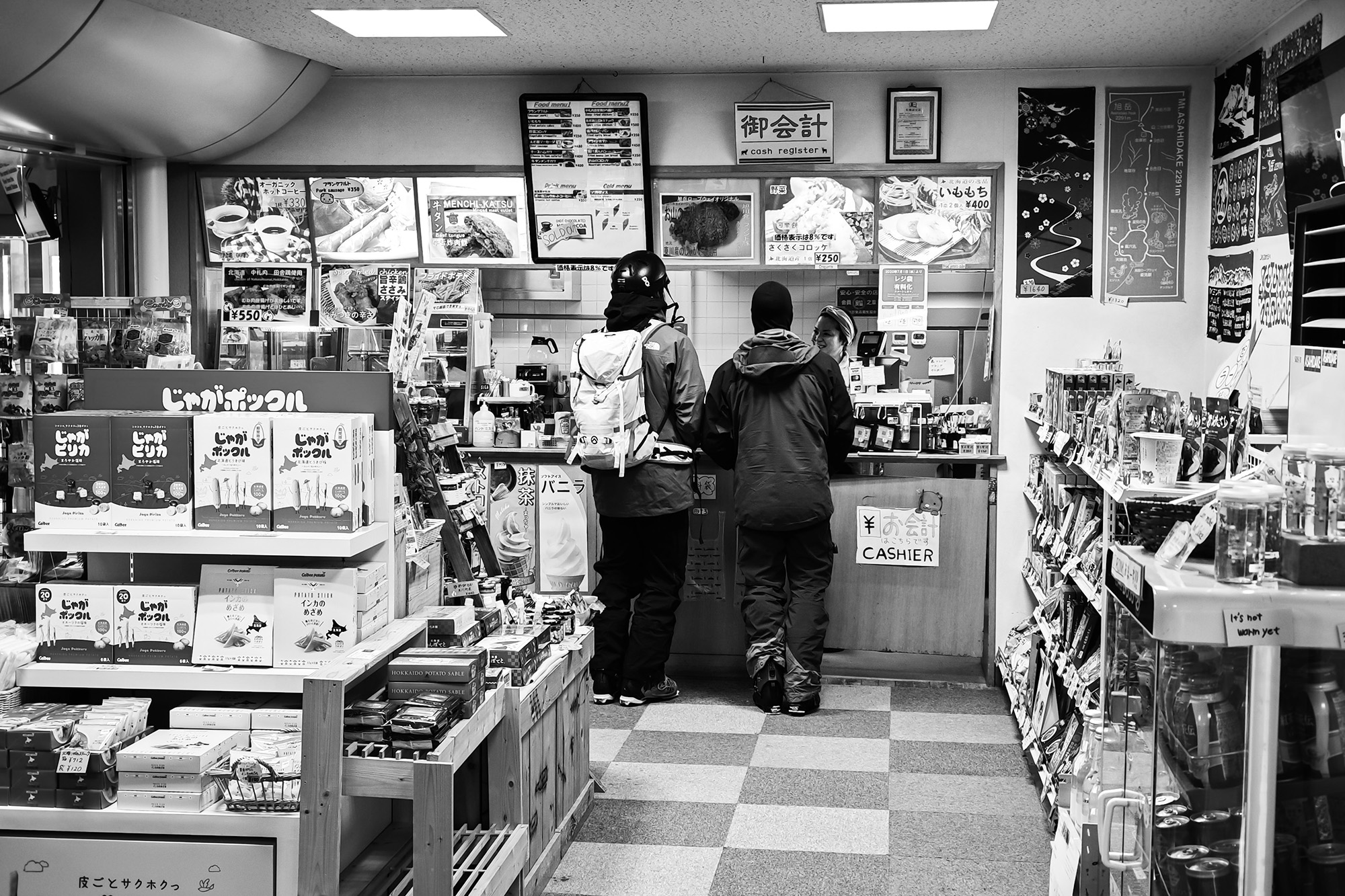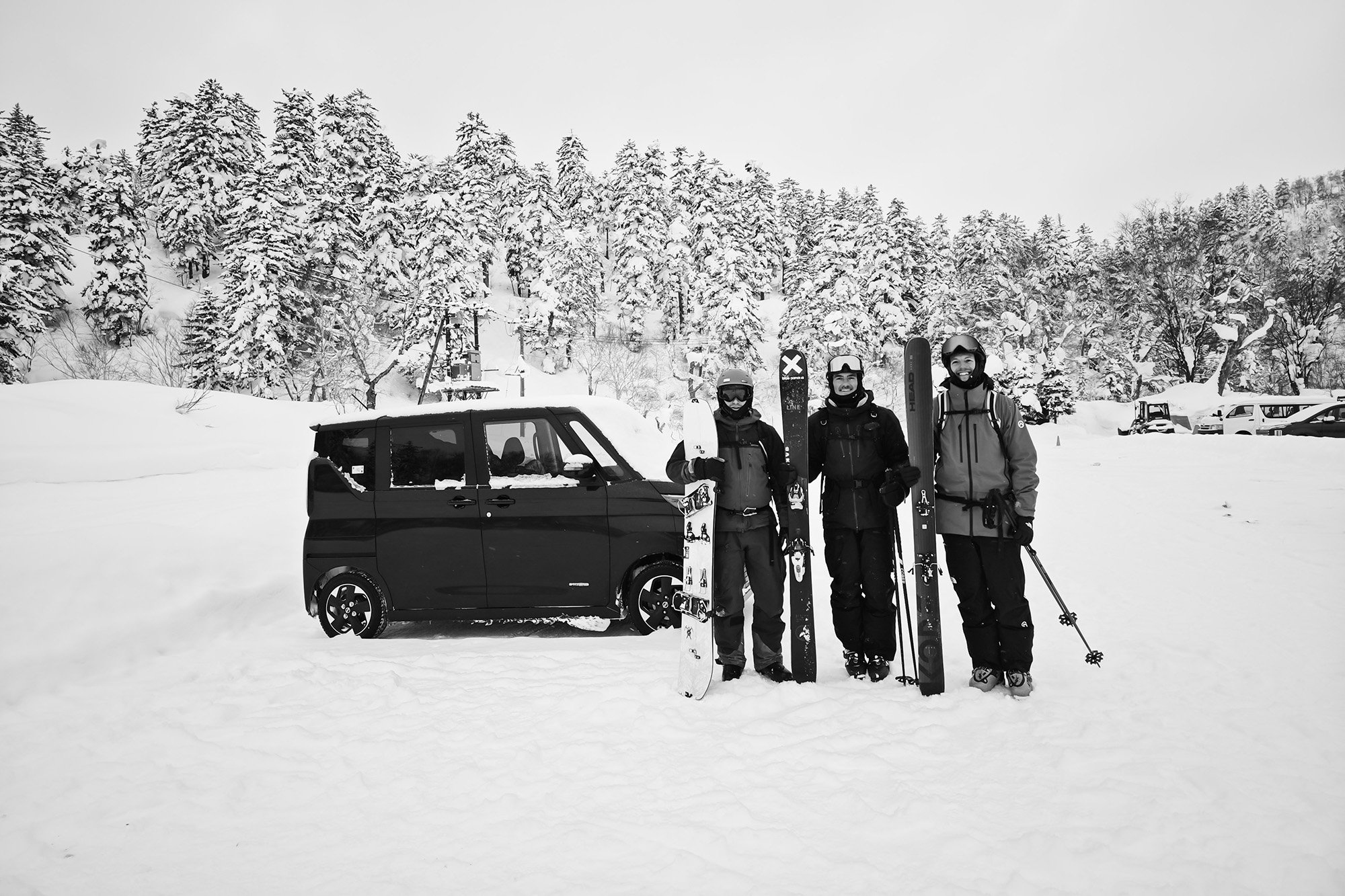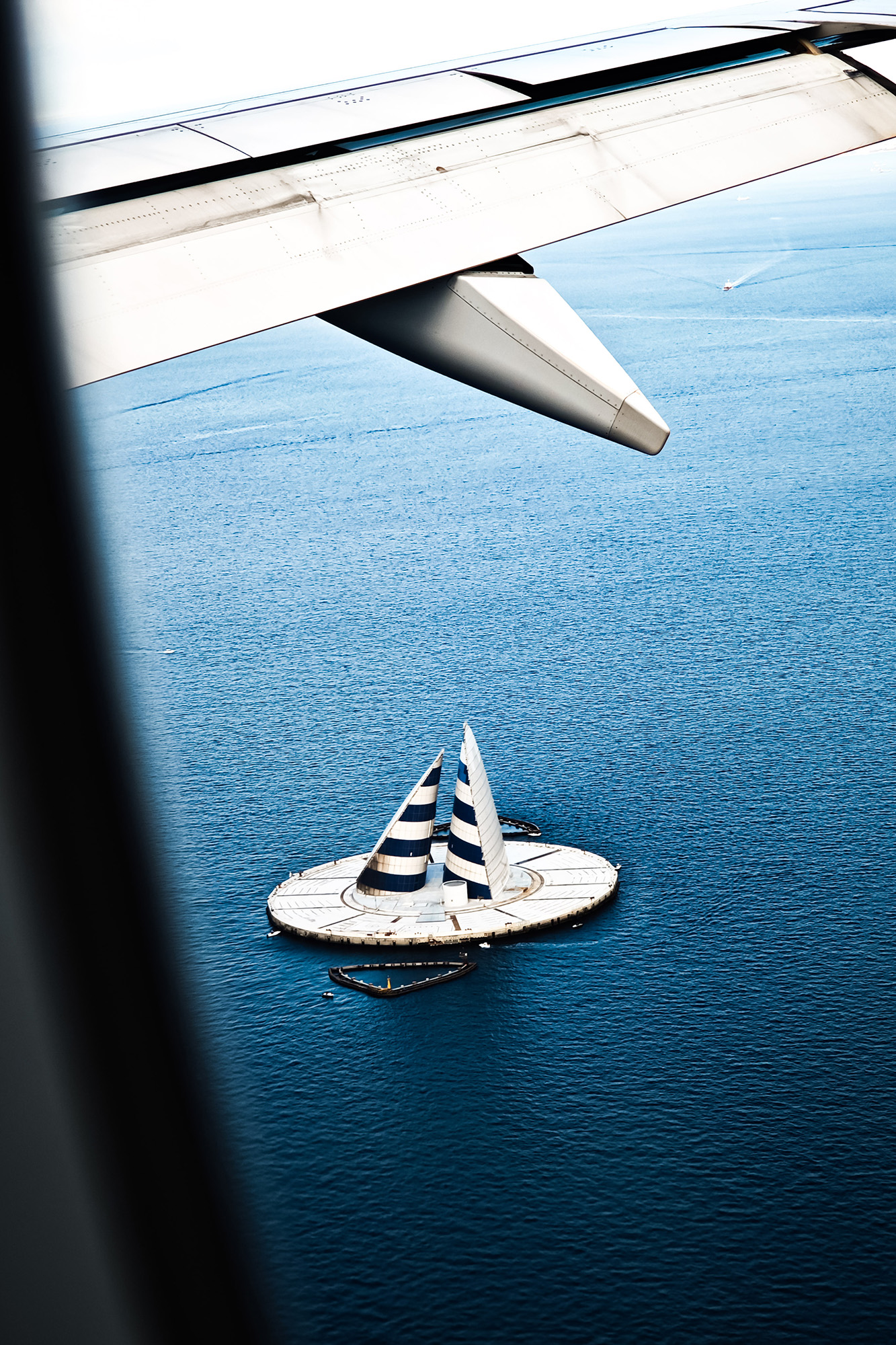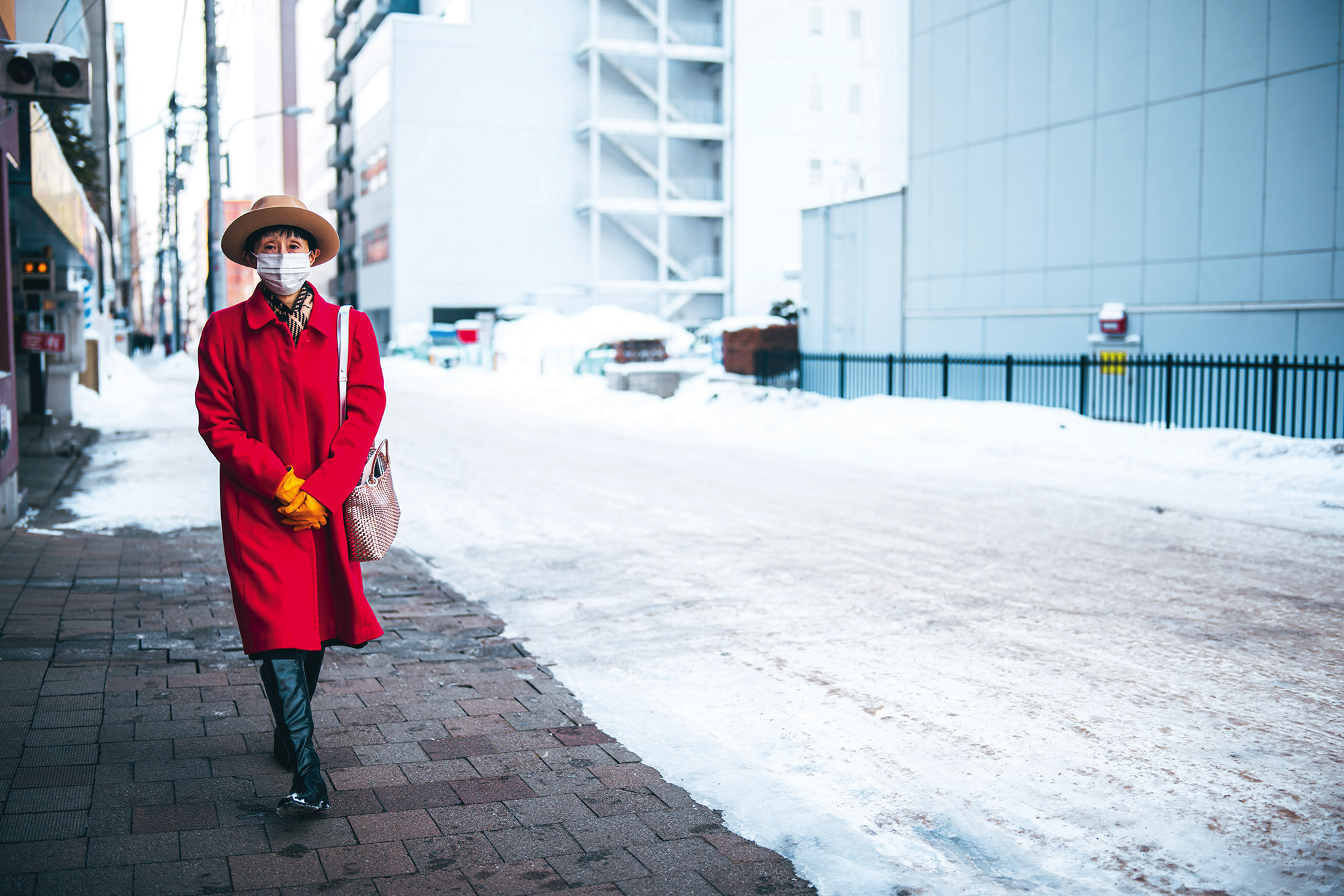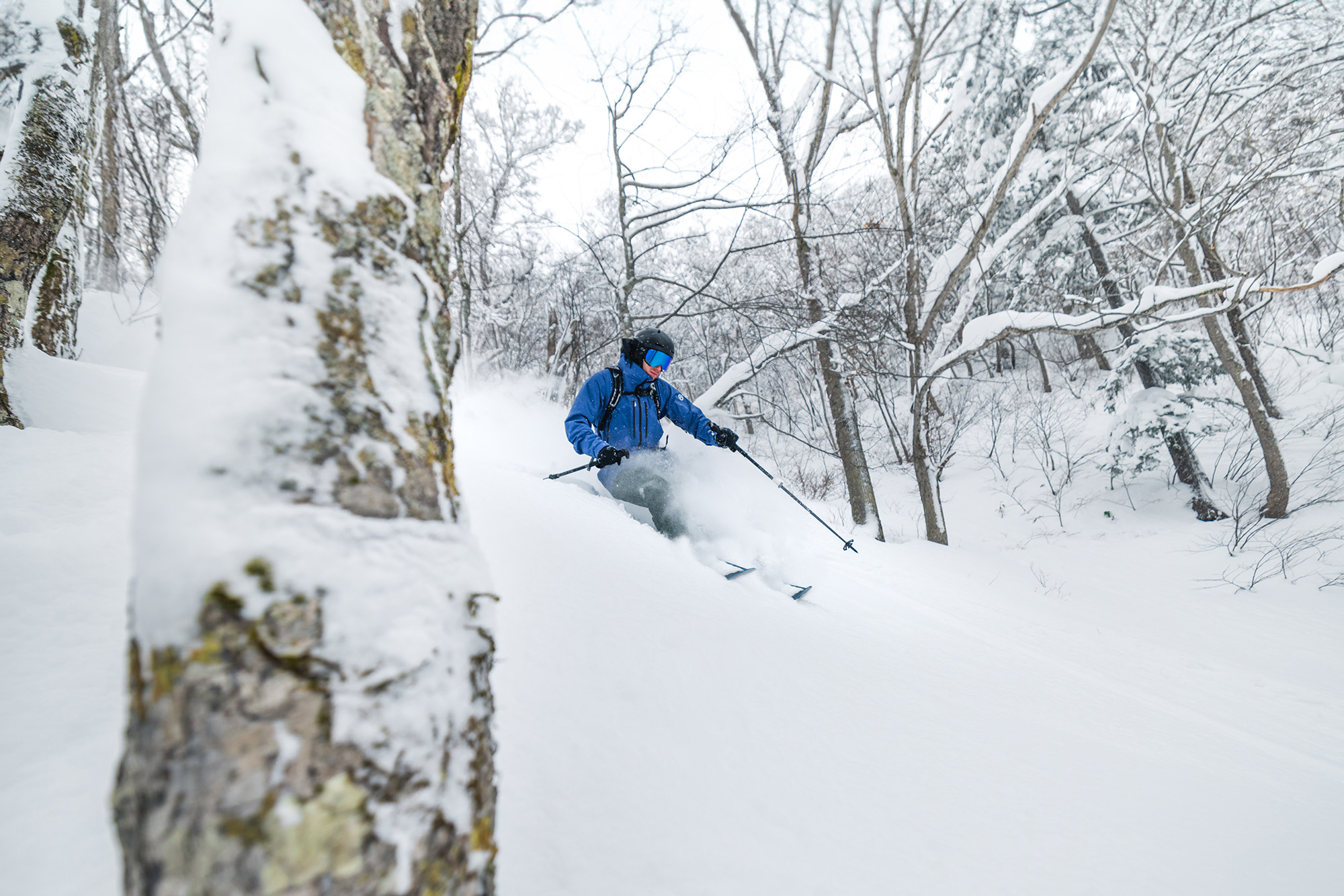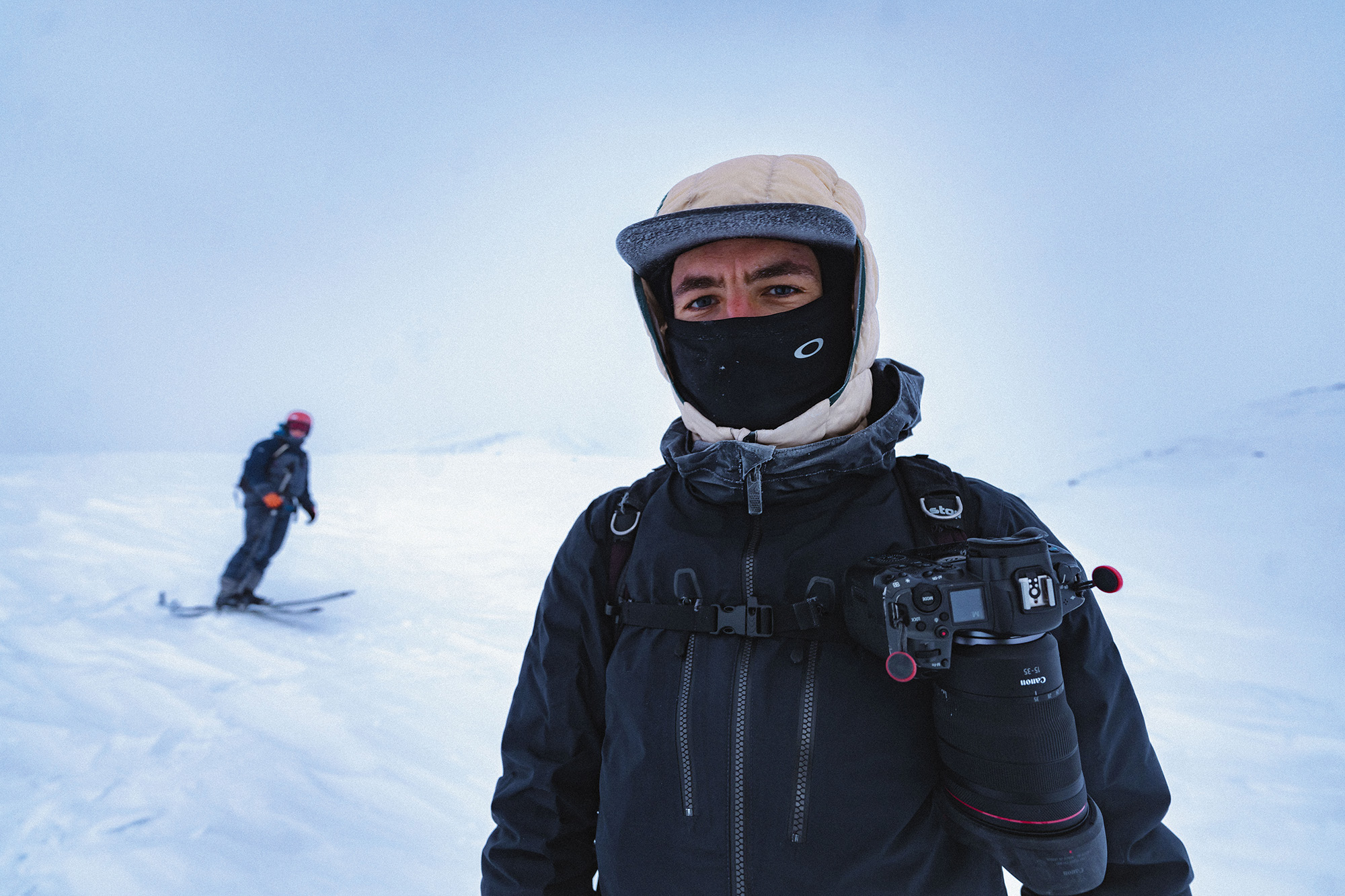By: Chiara Beretta
Skiing on volcanoes in Hokkaido
Winter after winter, Japan confirms itself as one of the most desired destinations for those who dream of an off-piste skiing adventure, in this case chasing the legendary
japan powder
. After all, we know the situation in the Alps: according to the periodic monitoring of the Cima Foundation, even at the beginning of this year the alpine snow deficit was -26% compared to the historical average. Not that you can’t ski in our mountains anymore, at least for now, but certainly the windows in which you can find excellent conditions are becoming shorter and more unstable.
“It is precisely during these periods that distant mountains, where weather conditions are more stable due to the morphology of the land, become a favorite destination for those who think they can find what is not there with us,” he tells Maurizio Marassi, photographer, video maker and skier who in January chose precisely the Land of the Rising Sun for two intense weeks of freeriding and ski mountaineering. Be careful, however: you should not think of the usual ski trip to Japan. Forget days spent exclusively jumping in groves, forget the soft snow that settles among birch trees. Instead, go up in altitude and widen your gaze (low clouds permitting!). In fact, Maurizio’s adventure, along with Aaron Rolph on skis and Rowan Brandreth on a snowboard, was all inHokkaido central, around the Asahikawa area, with an explicit desire to test themselves on the less touristy and less skier-traveled routes: “we tried to explore the active volcanoes located between Asahidake and Tokashi, starting from the coast and visiting small resorts, and then climbing the highest mountain in the region.”
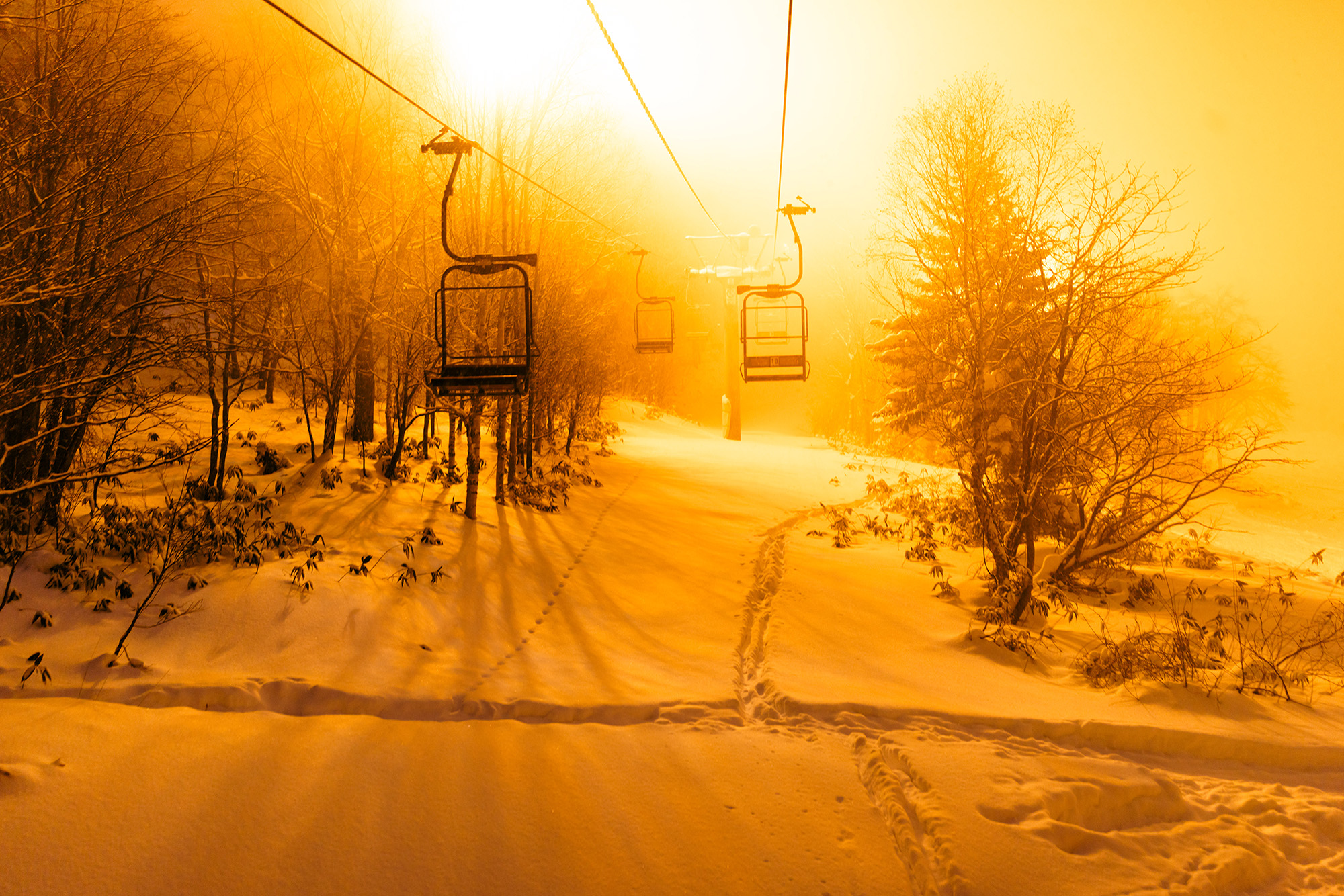
Hi Maurizio. What exactly was your itinerary?
The journey began in Sapporo, a city with a unique relationship with snow, cold weather, and ski-related tourism that makes it a fascinating and original place. We traveled north along the west coast, visited the resorts of Otoifuji, Nayoro Piyashiri and Kamui and then descended to the center of the island at Asahidake, where we spent days skiing both in the forest and on volcano peaks. Because of the variable weather, it was not easy to find a window of good weather, but we managed to complete interesting routes by taking advantage of what the conditions had to offer.
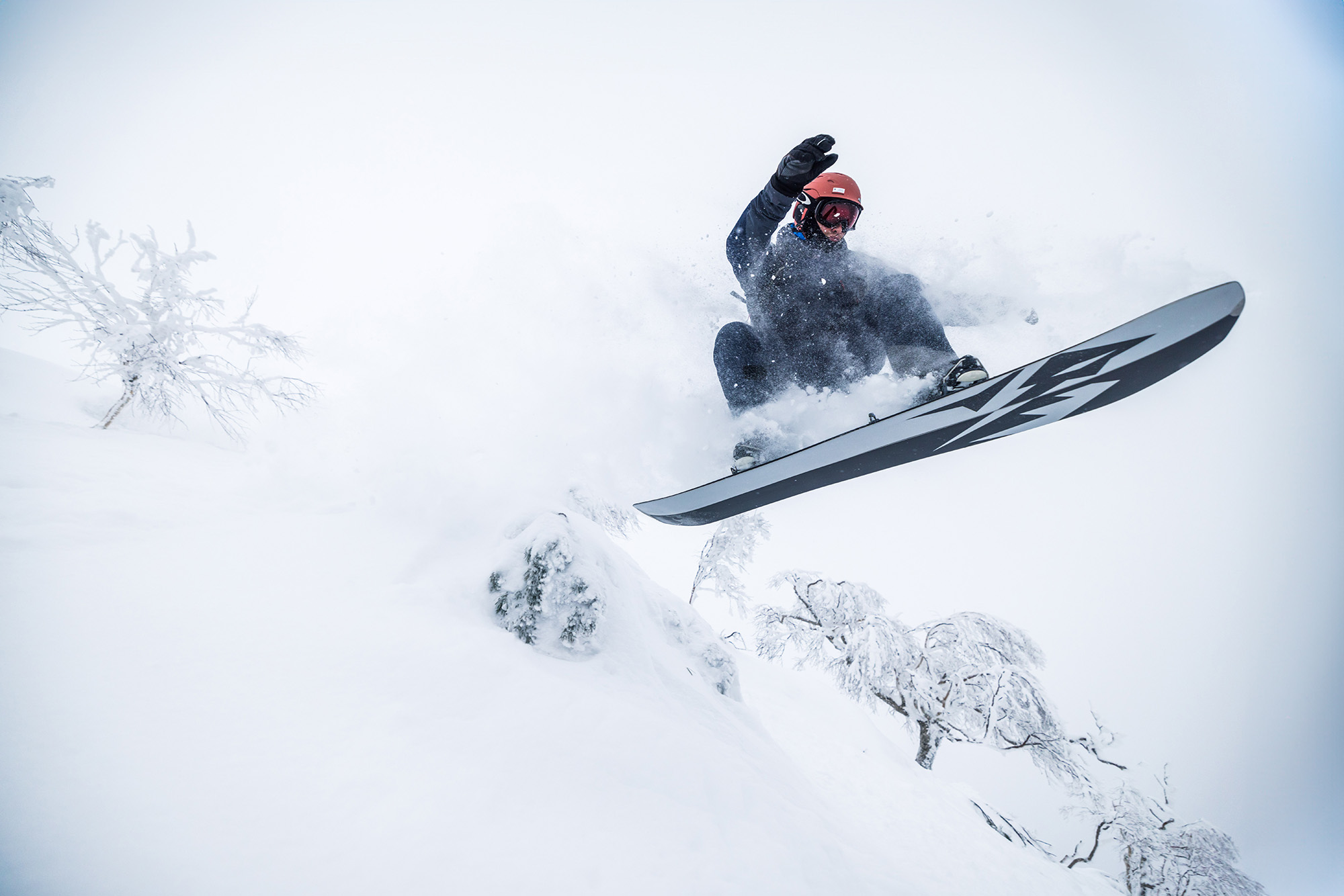
How come you specifically chose Japan?
Japan offers a variety of mountainous terrain and snow quality that can hardly be found with certainty in the Alps in such a limited period of time. At the same time, vegetation and landscapes different from what we are usually used to make it a fascinating place that deserves to be both explored and experienced. I had already had the opportunity to ski in Japan, but not in the areas we visited. I have to say that this trip was a nice discovery of a less popular portion of the area, due to the smaller number of lifts and accommodations, but one that, viewed from the perspective of freeriding and ski mountaineering, definitely offers a higher quality experience, away from the queues and tourists, allowing you to choose the best routes from time to time without being affected by the hustle and bustle of other people.
How was the impact with Japanese culture?
No matter how much one may have traveled in Asia, Japan retains unique characteristics. Hospitality, kindness and politeness first and foremost are elements by which one is pleasantly surprised every time one visits. At the same time, it is a country where moving, traveling and organizing is very easy, contrary to what people think because of the language barrier. Certainly, in many ways, starting with the opposite direction in which the locks are closed at hot can vending machines, one may be bewildered at first impact. As soon as you understand the local rules and dynamics, however, you integrate easily and feel closer to home. Similar discussion can be made with the food, which as different as it may seem from ours often takes up elements that are very common to us, such as pasta, and especially in Hokkaido finding dairy and dairy products is definitely a plus compared to all the neighboring eastern countries.
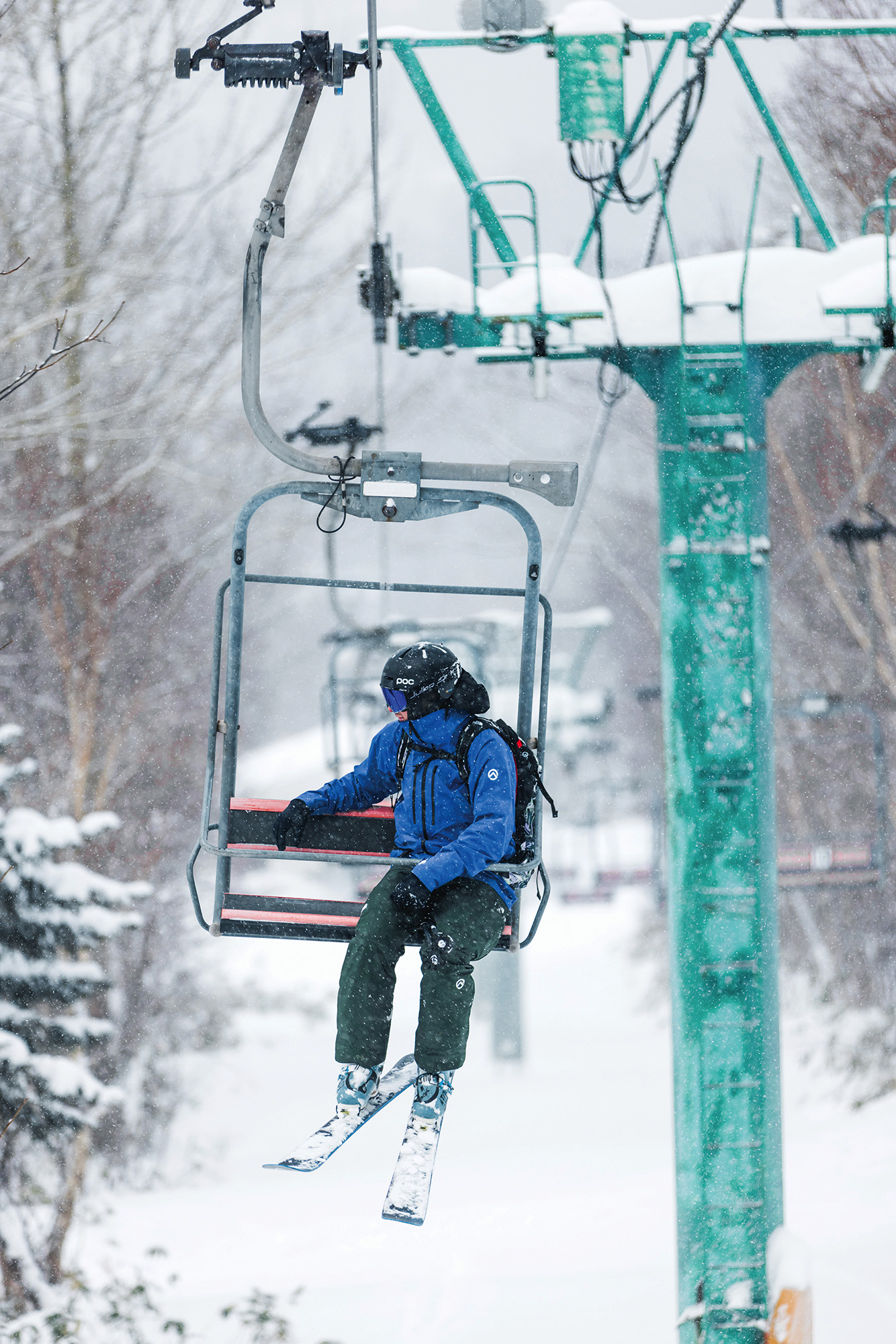
While snow continues to be scarce in Italy and the Alps, Japan seems to be increasingly becoming a favorite destination for skiing on snow that is still in excellent condition. What do you think about this “migration”?
I believe that the talk of the “migration” of winter tourism to these destinations is purely related to a trend of the moment, due to the communication we receive in Europe and certainly influenced by social networks. It is evident how, because of the progressive climate change we are witnessing, snow conditions in our Alps have become much more changeable and ephemeral, but it is also understandable when we think about the dynamics with which disturbances arrive in our mountains, how a few degrees more temperature can affect a snowfall than a deluge, or how high pressure can persist for weeks over the territory. It is precisely during these periods that distant mountains, where weather conditions are more stable due to the morphology of the land, become a favorite destination for those who think they can find what is not there with us. People have become accustomed to wanting perfect snow conditions during their vacations, only to put away their skis when spring arrives without realizing that in our mountains you can still ski snow of the highest quality in unique territories, just a stone’s throw from home, if you are able to be patient and choose the right time to enjoy this spectacle.
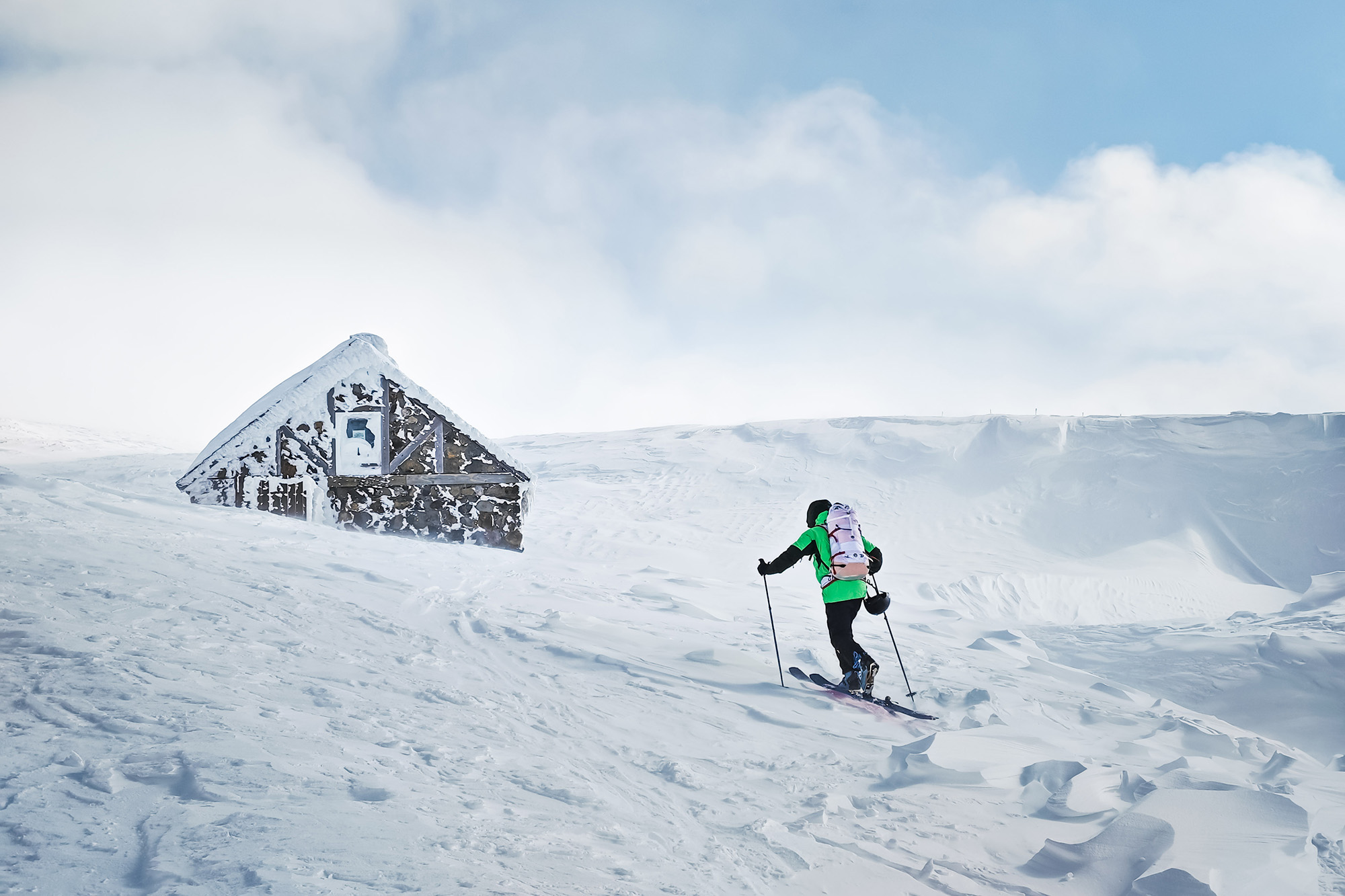
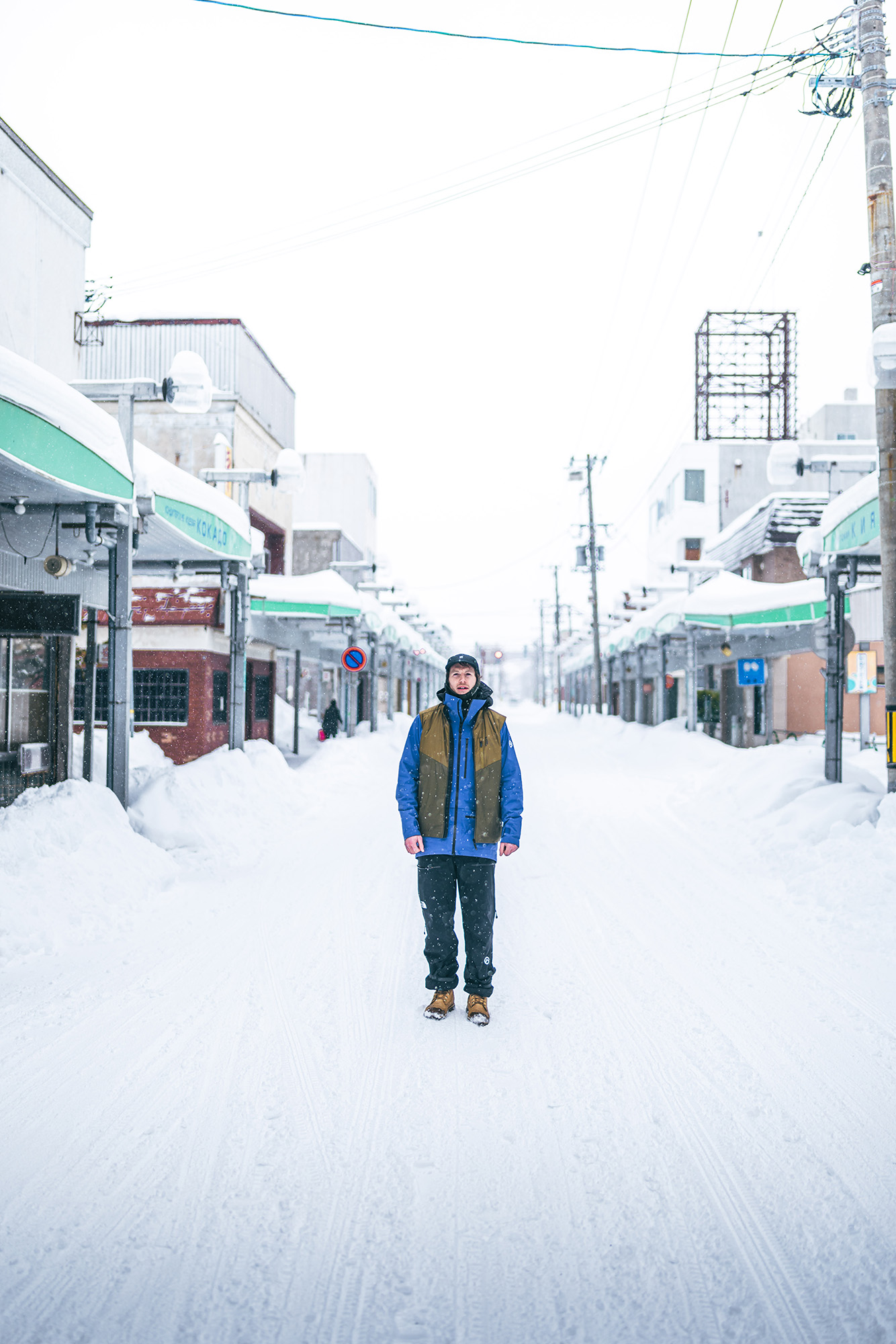
On your trip, you wanted to avoid the usual Japanese routes, looking for others less traveled. How did it go from this point of view?
The approach of our trip was based on trying to have a way of enjoying the Japanese terrain similar to what we would have in the Alps, combining the use of plants and skins wherever possible. We set goals for ourselves, namely to be able to climb some volcanoes and peaks, trying to have the best windows of good weather and not just limiting ourselves to skiing one forest after another as most people do. This meant finding very variable snow, very strong winds, and certainly more complicated conditions than the soft snow settling among the birch trees. The wind, together with moisture from the clouds, often creates a very hard frost that settles and forms sculptures around everything-it is very striking and characteristic, similar to what you see in Patagonia. Of course, we did not deprive ourselves of the pleasure of skiing in the woods, but we tried to connect longer descents from the peaks above the forest line to the valley floor. At the same time, small resorts with only one chairlift, unattractive to most, allowed us to quickly ascend to higher altitudes and explore more distant, hard-to-reach valleys during the day.
You also climbed Asahidake volcano at dawn, with overnight bivouac. How was it?
We climbed Asahidake volcano, the highest relief in Hokkaido, twice, unfortunately in less than ideal weather conditions. For the second ascent we decided to sleep halfway up the mountain in a bivouac so that we could climb at dawn and have a small window of good weather on the summit. A condition that unfortunately turned out to be all too brief and ended with a descent into total fog. It was definitely a different approach than people usually take, starting from the cable car and going up the beaten track. We arranged to spend two full days in the mountains, getting away from the tourists and being more in touch with the environment we were in. After a very cold night and a start in the fog, during the ascent to the ridge, near the summit, a glimmer of sun broke through and lit up the entire mountain. It was an evocative moment that lifted our spirits and, despite the gusts of wind and sharp ice fragments, motivated us to get to the top quickly. Once we descended into the woods we enjoyed the beautiful snow in one of surely the craziest woods seen so far. It was very sparse, with towering trees and exceptional snow quality.
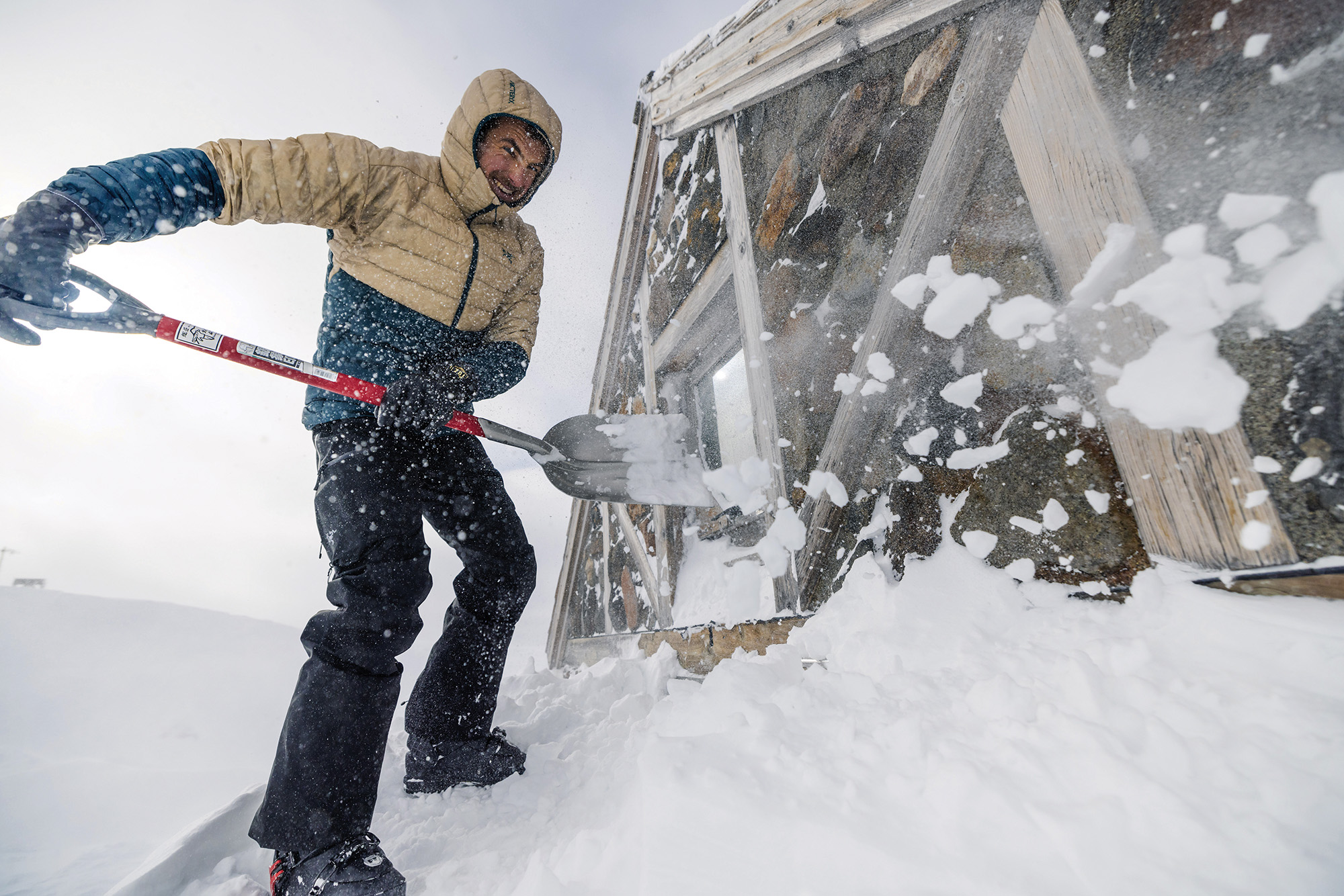
Was there any moment of the trip that was particularly exciting or unexpected?
Personally, all the greatest moments of amazement happen when the sun comes out, even if only for a few minutes. The misty, leaden landscape is incredibly transformed. Whatever is covered in snow takes on a three-dimensional appearance and unique colors. A descent can turn into the best memory of the trip by being skied in the sunshine, in front of a view that had been hidden until then in the clouds. Thus, it can be understood how Japanese culture attaches strong meanings and connotations to natural elements as they show themselves in all their beauty only for certain moments or only from certain perspectives, making the experience at that precise moment unique and forever etched in memory.
On the photographic side, however, how did you set yourself up? Did you already have in mind the kind of photos you wanted to take home or did you get inspired by the moment?
Certainly when one travels to Japan there are a whole series of shots that come immediately to mind, seen forever in magazines. At the same time, however, I think it is good to try not to be conditioned by having to take certain images home and try at all costs to achieve them. We could have spent our days taking shots while just skiing over snow mushrooms or jumping over broken logs, but that would have meant giving up the goals we had set for ourselves in terms of routes to follow. We therefore opted for a more classical approach, trying to tell what we saw, skied and explored as it happened, without planning and always trying to have both an outside and first-person point of view.
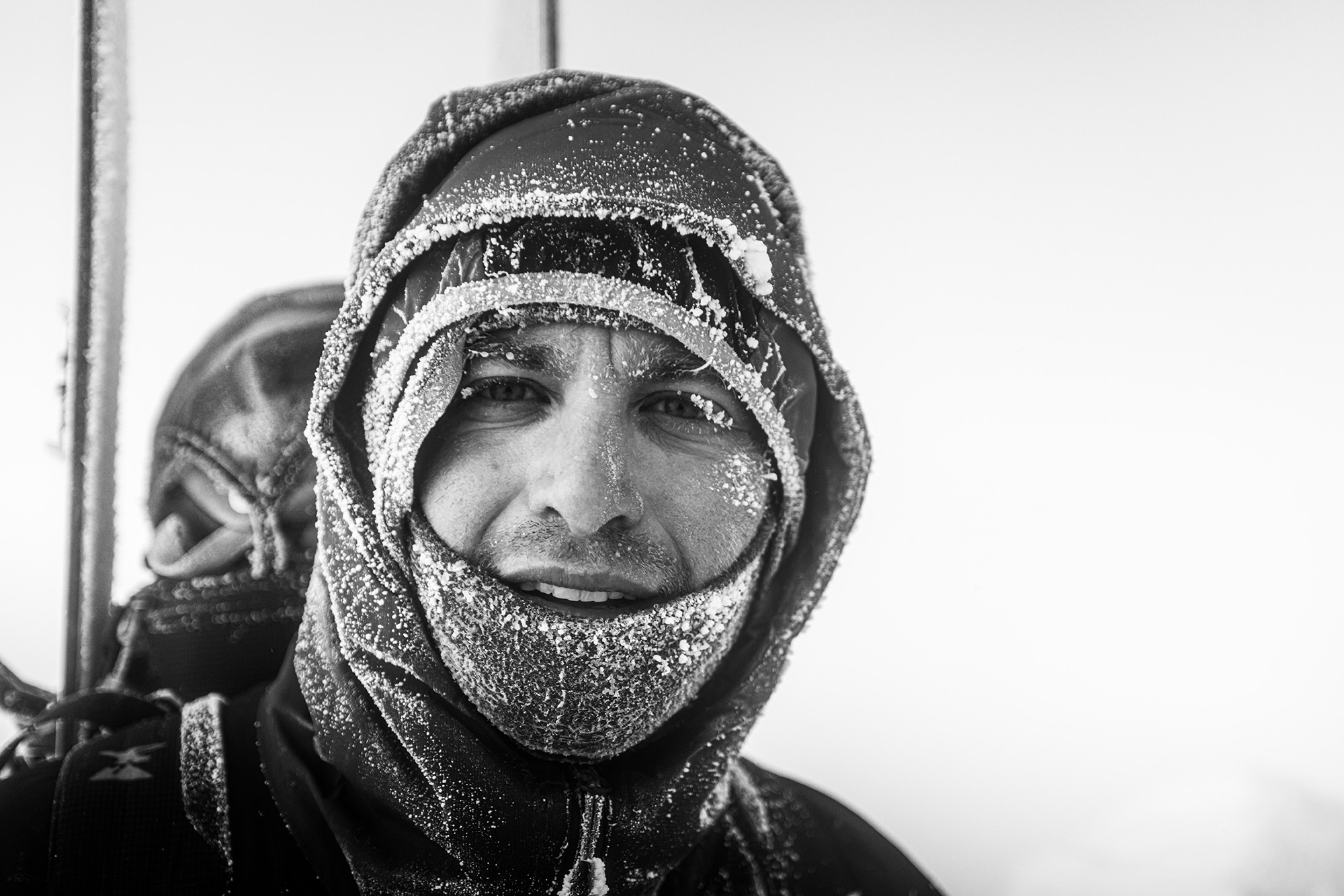
Do you have any tips for people who want to plan a trip to Japan for skiing?
The first advice I can give is to come skiing in Japan and visit Hokkaido when it is literally snowed in. The beauty of this place in its winter guise is unique, and I think you rarely get to see such a place and people living in these particular climatic conditions. One must therefore try to figure out what one wants to do and with what approach to skiing: the possibilities are many, from freeriding using lifts to pure ski mountaineering. What changes are the places to go, and it can be said that there are ones for all tastes and especially abilities. In organizing one’s trip then the best thing is to look for both local eating and sleeping arrangements, avoiding any Western-style accommodations. This allows you not only to get in touch with Japanese culture, but also to meet local people from whom you can ask for advice and tips on how best to plan your trip. By doing so, not only do you save money, but you are able to combine sports activities and tourism that in many other countries is not so easy to combine.
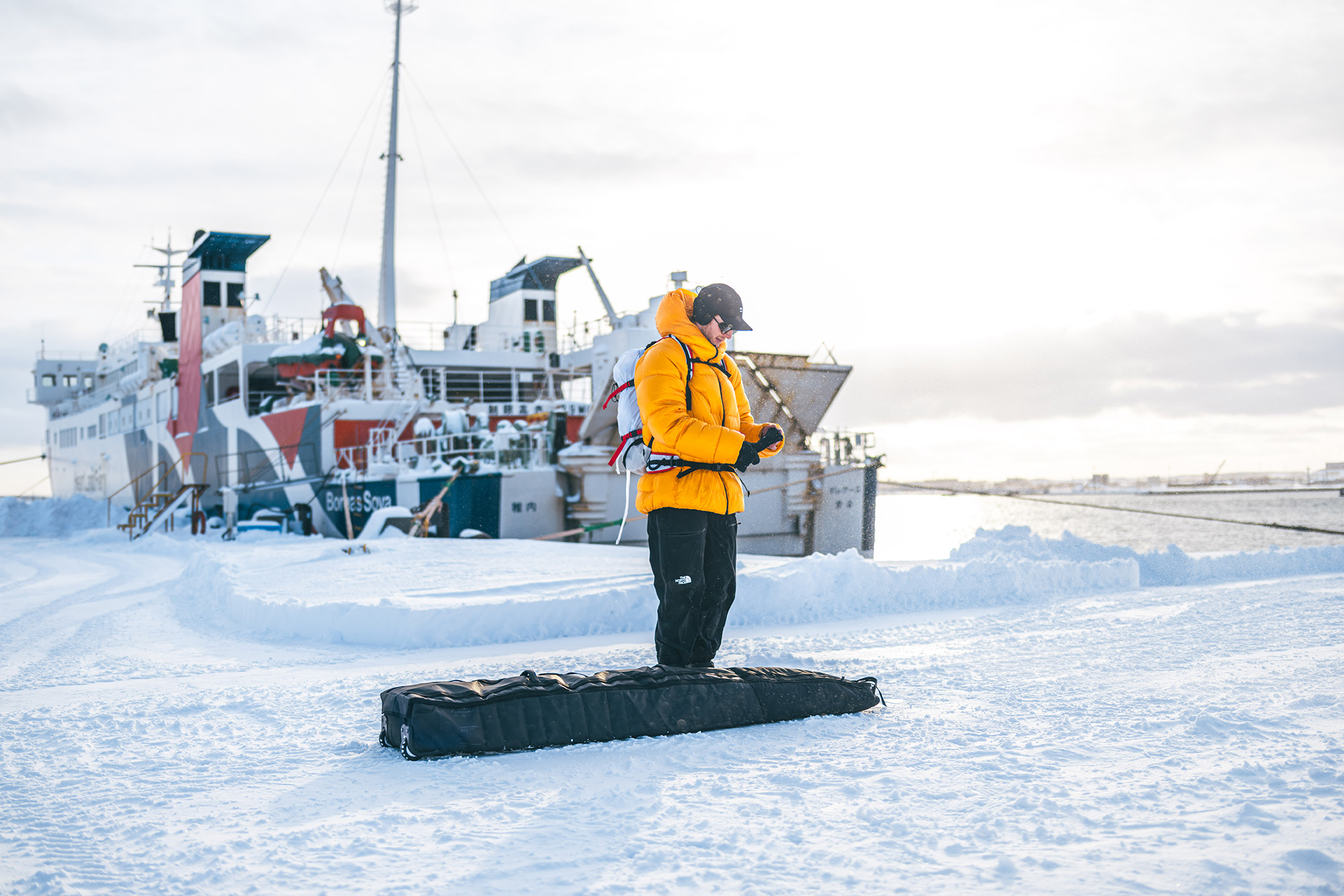
In the summer, you are very present in the wakeboard scene. What do wake and ski have in common in your opinion? Do you approach one and the other differently?
I must say that they are two very different sports whose enjoyment is at the same time different. Skiing is a sport that takes place in the environment, completely immersed in the terrain and taking advantage of the conditions that the mountains provide. Wake, on the other hand, is comparable to climbing in an indoor gym, a city activity that can be practiced for a few hours each day after work. They are definitely two sports that I love, which sometimes during the spring I am able to enjoy together pleasantly on alternate days, and which are united by the fact that you glide over something, whether water or snow, giving a unique response and feeling under one’s feet.

